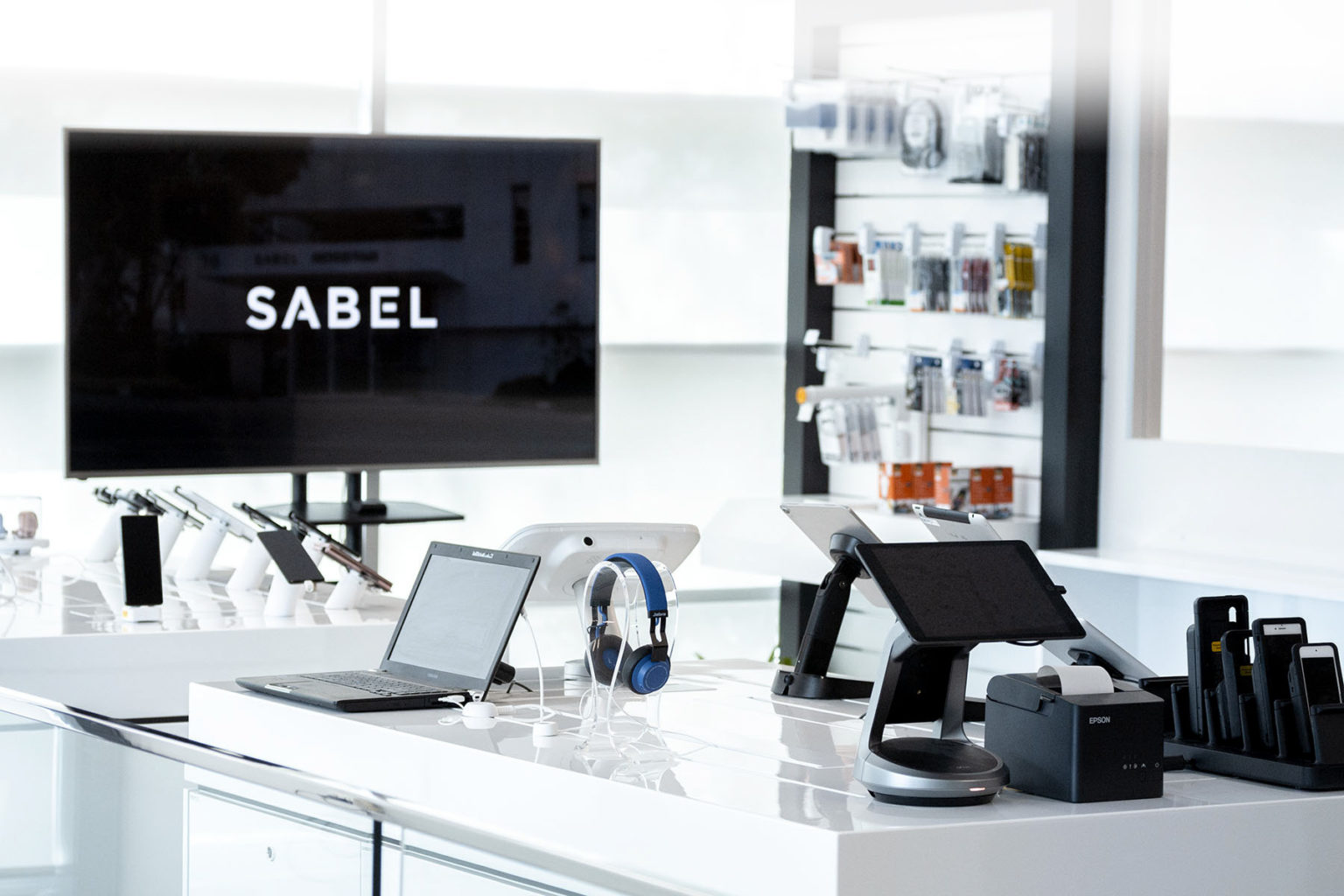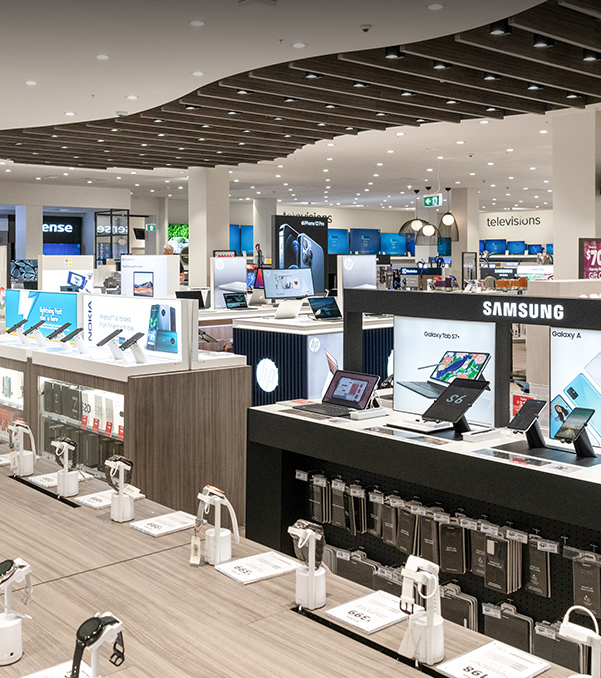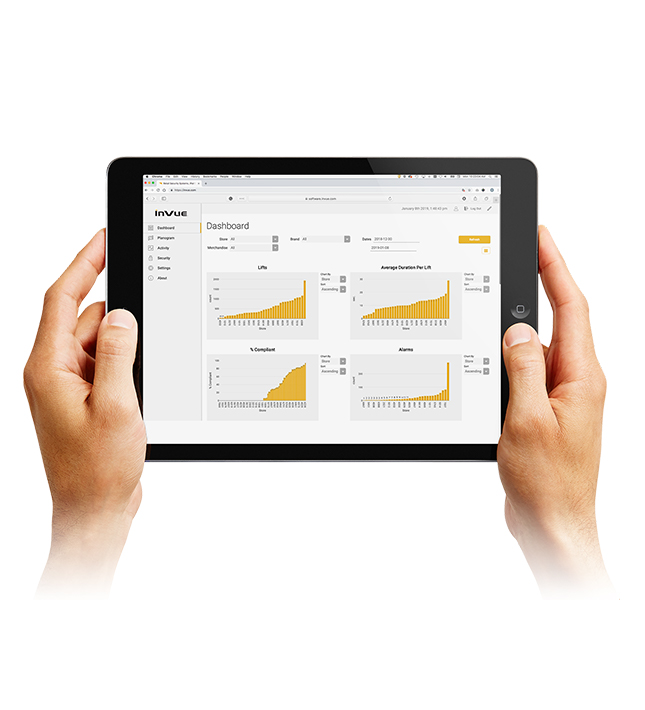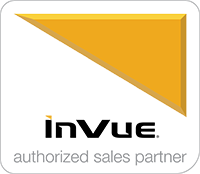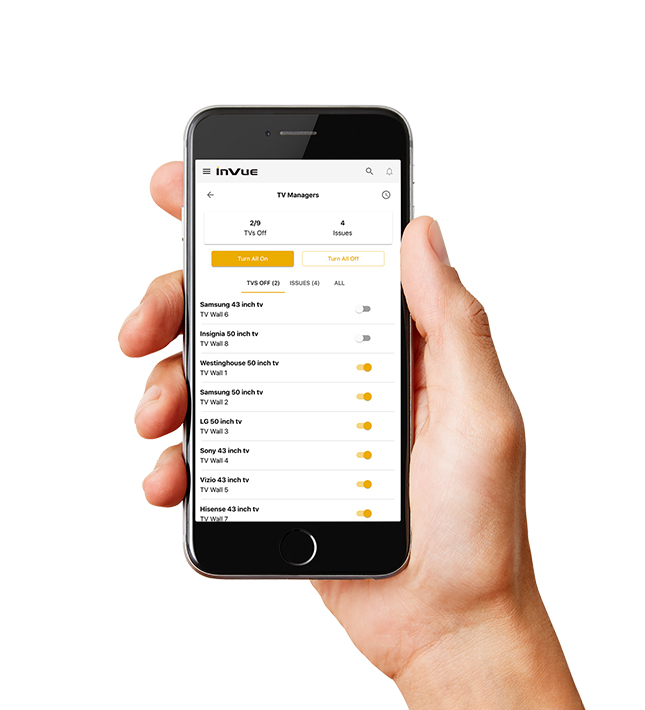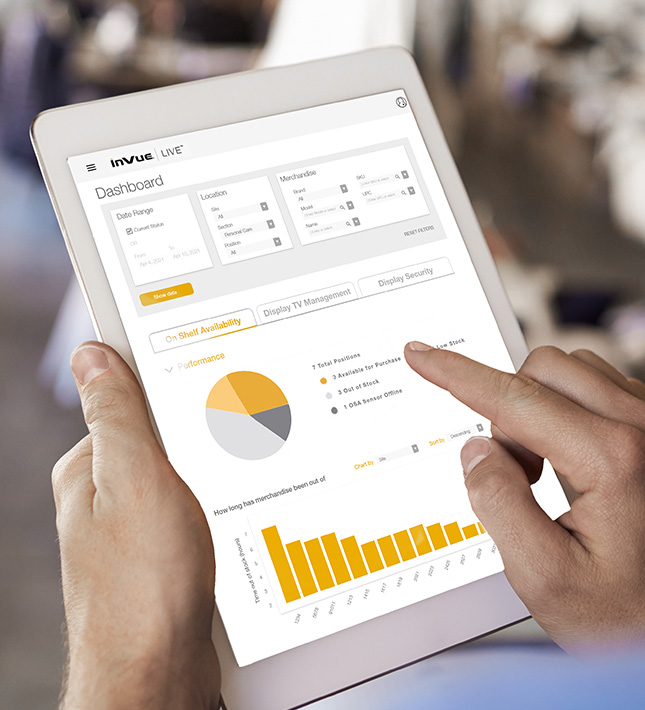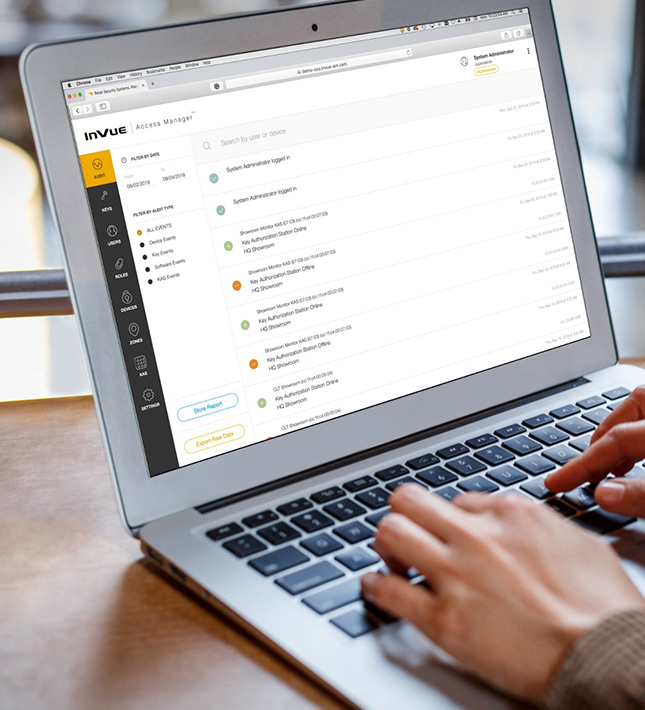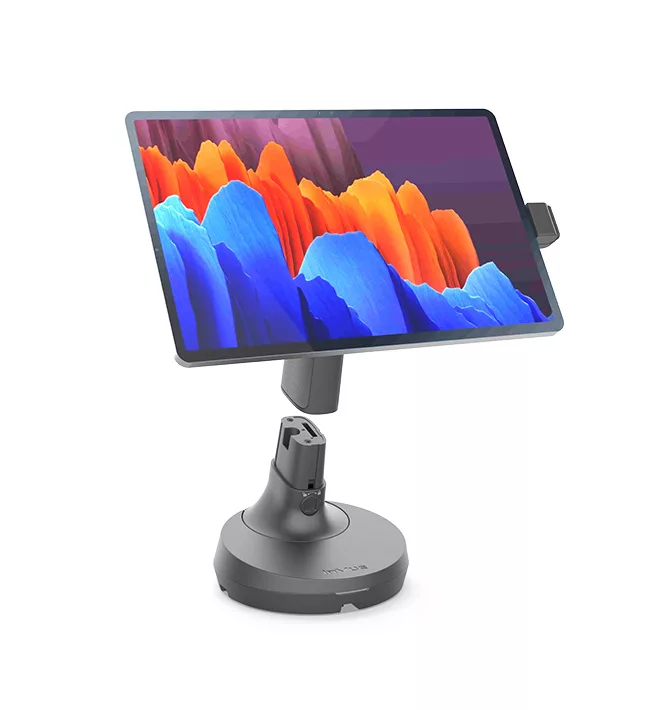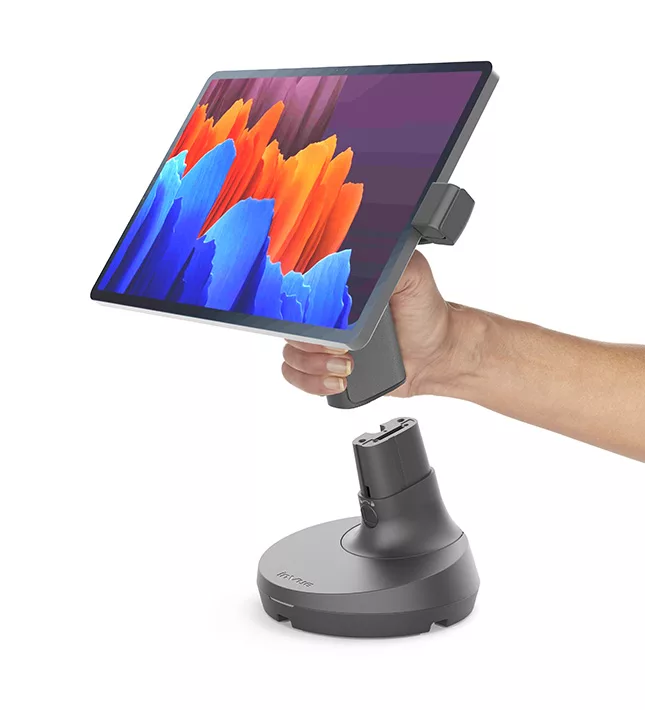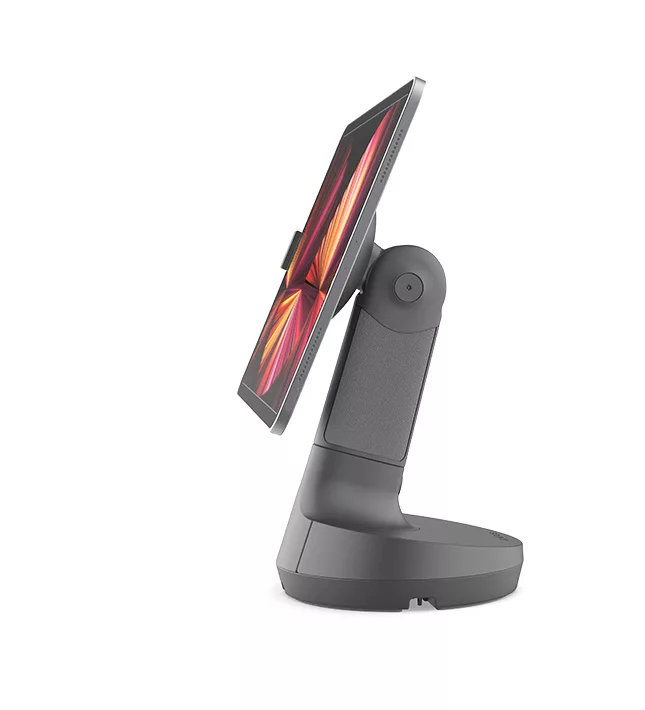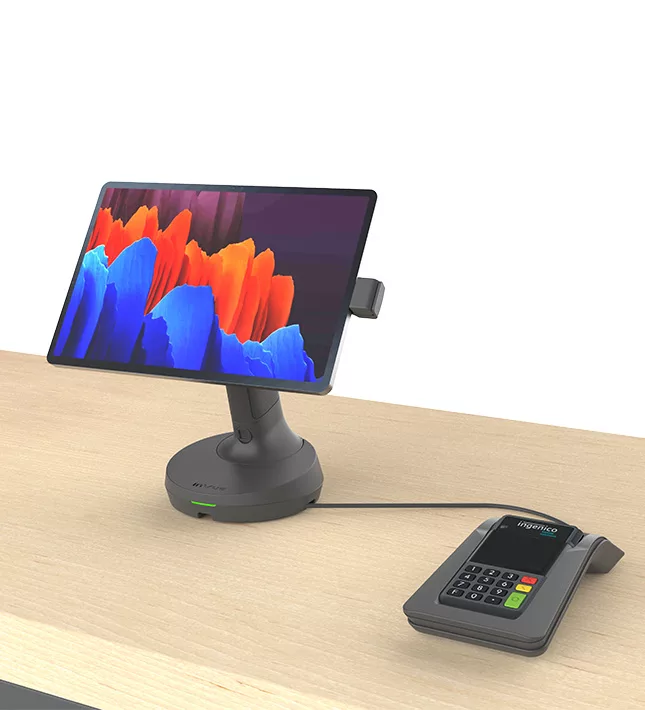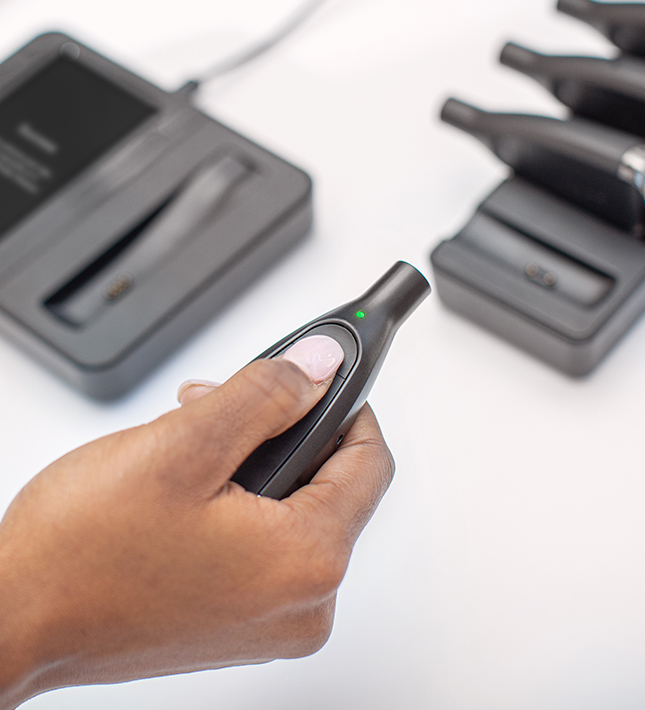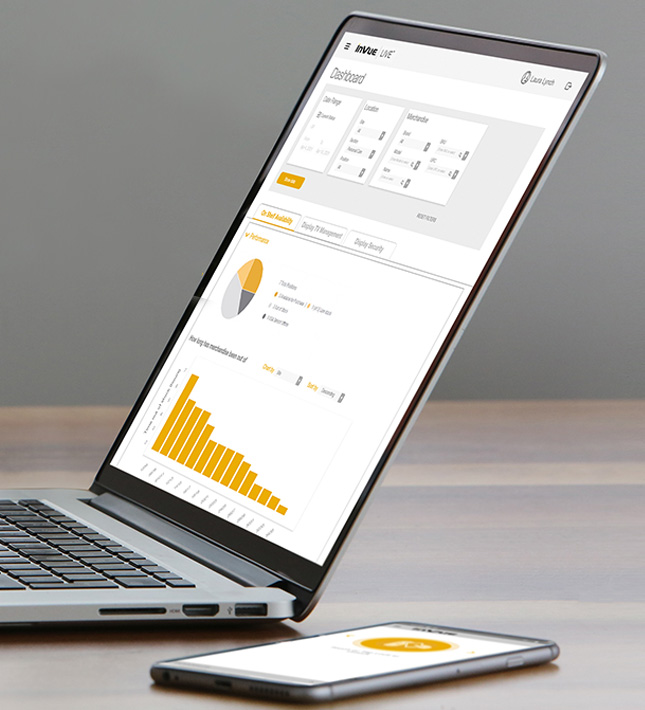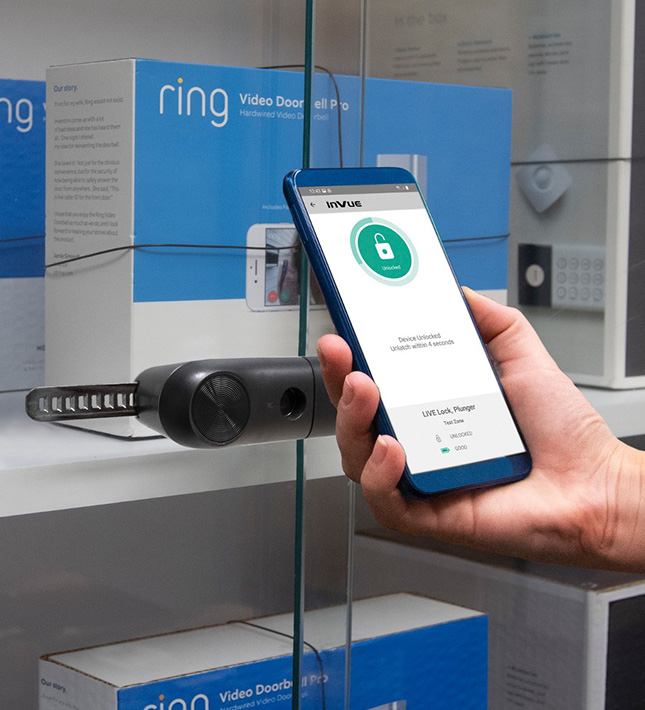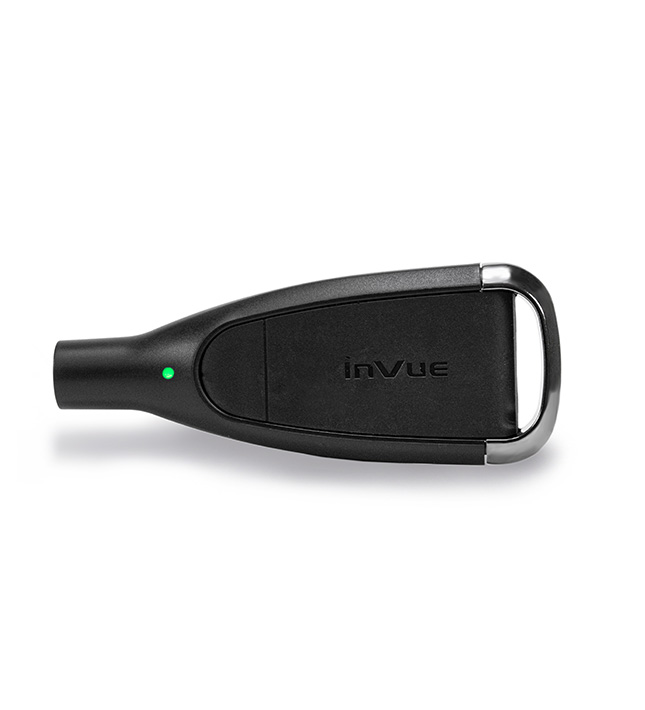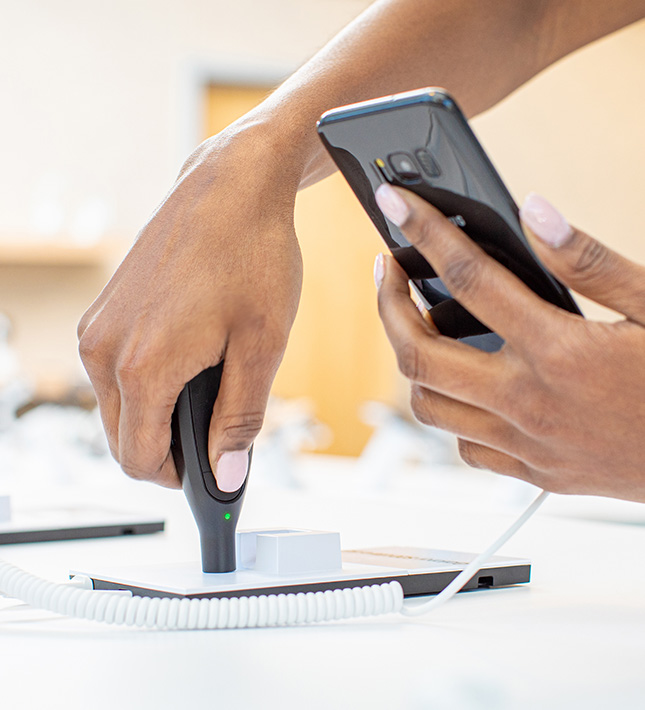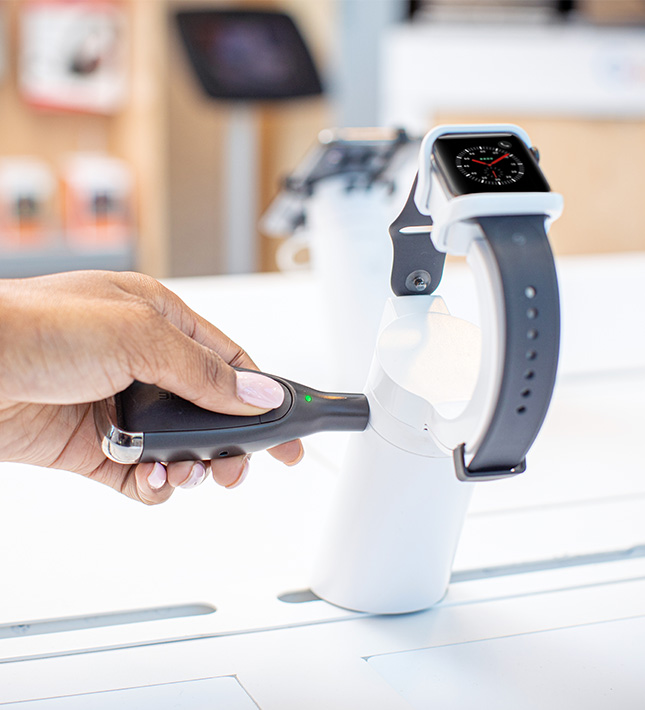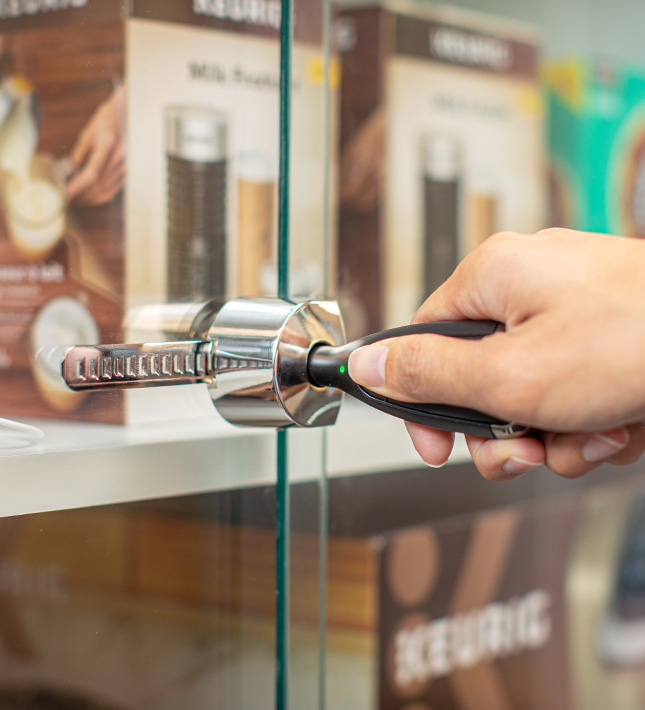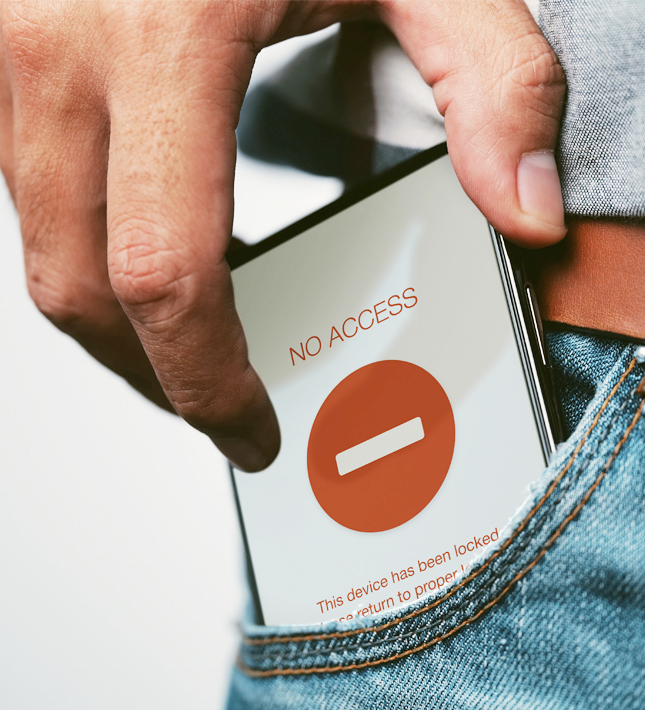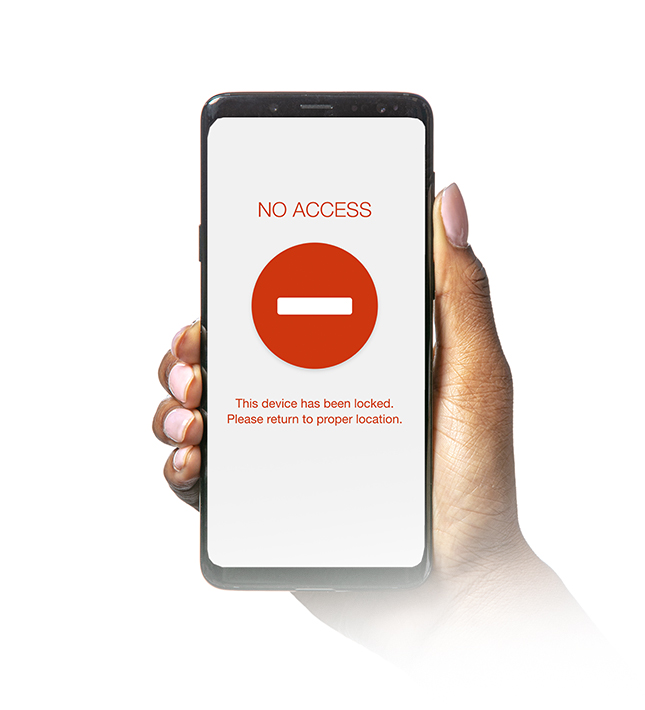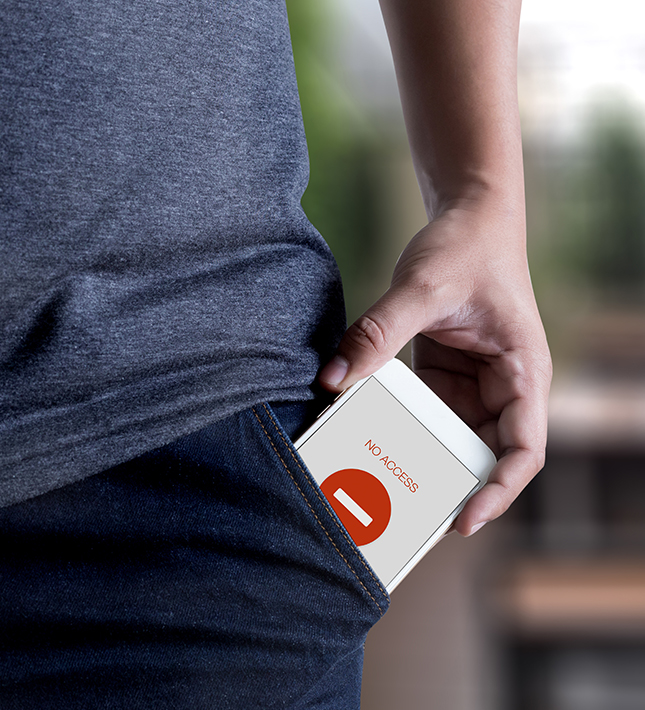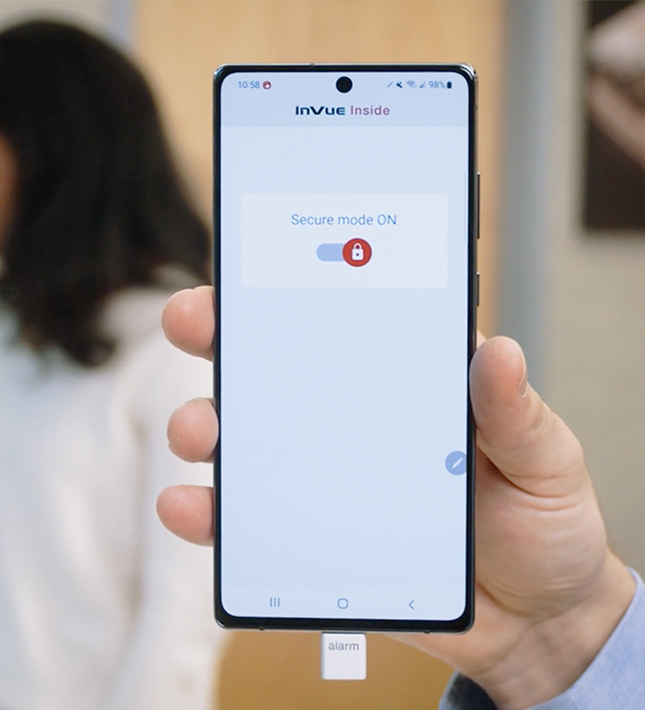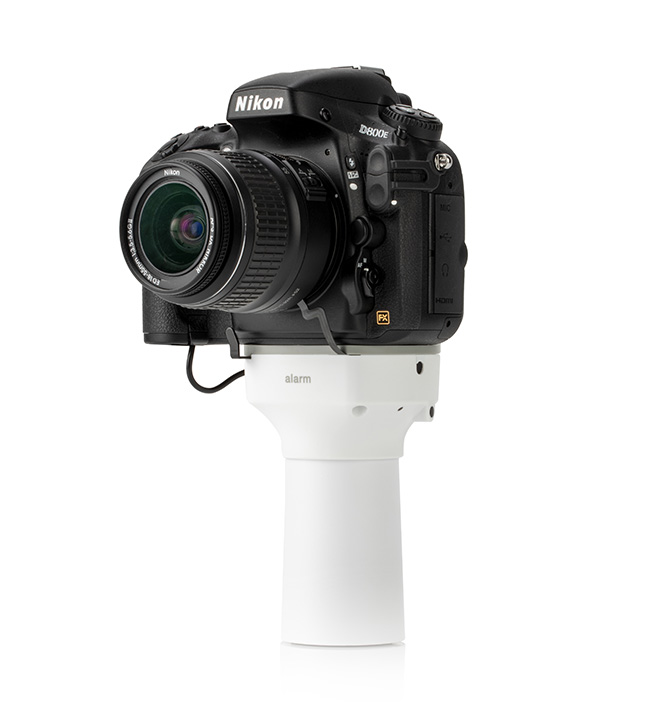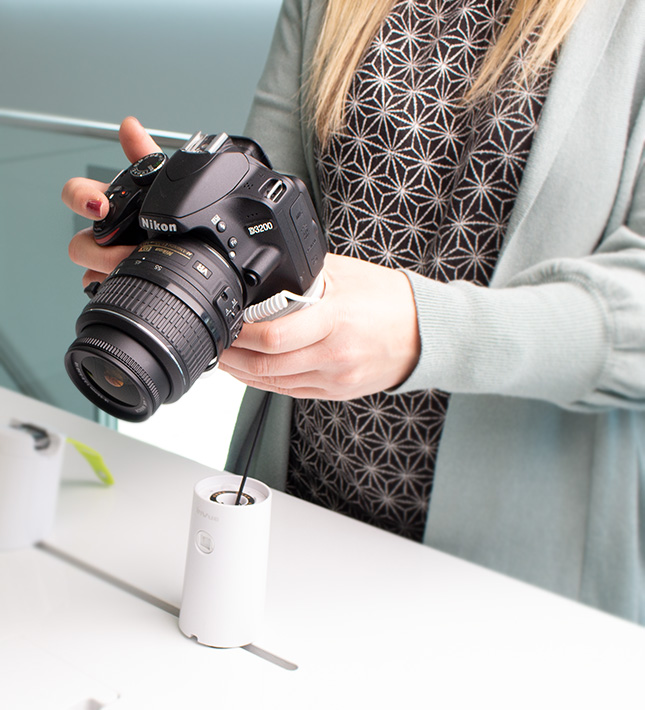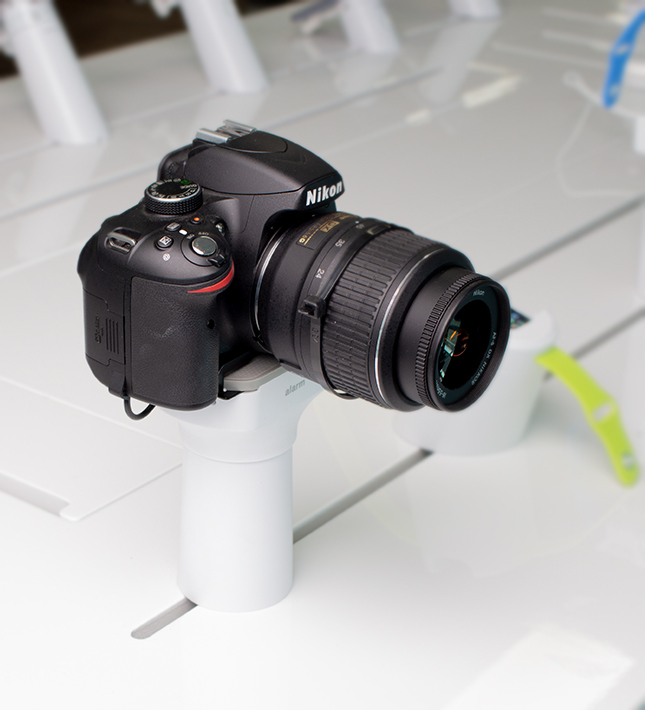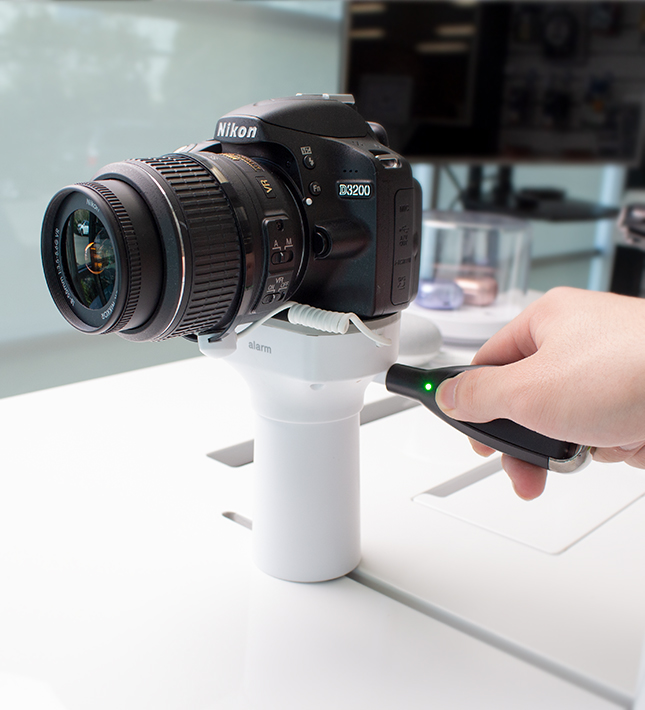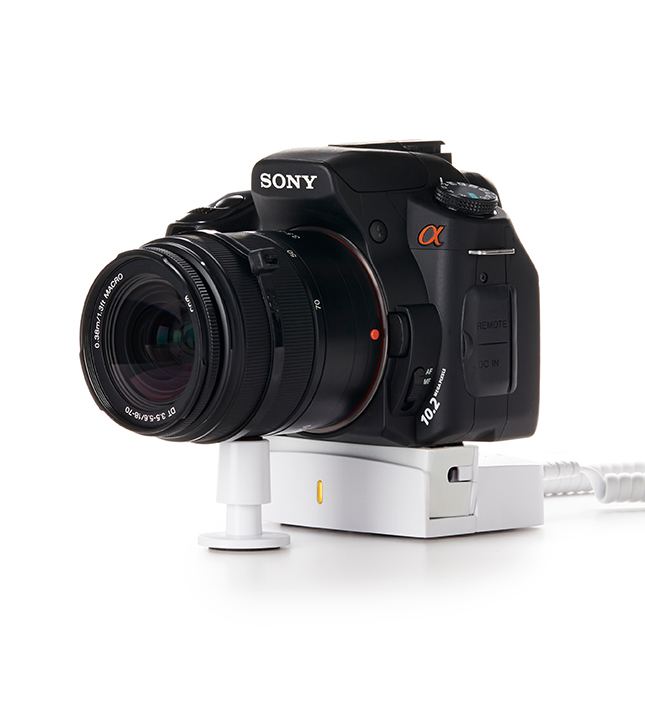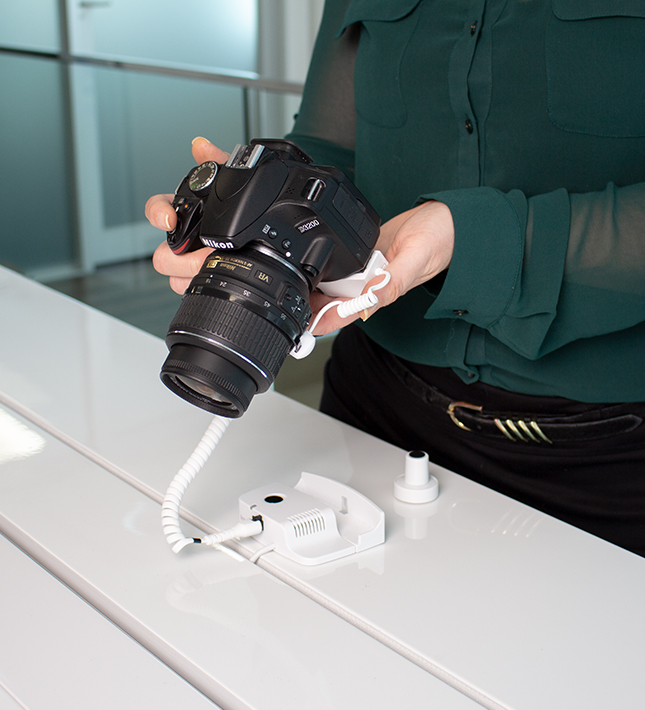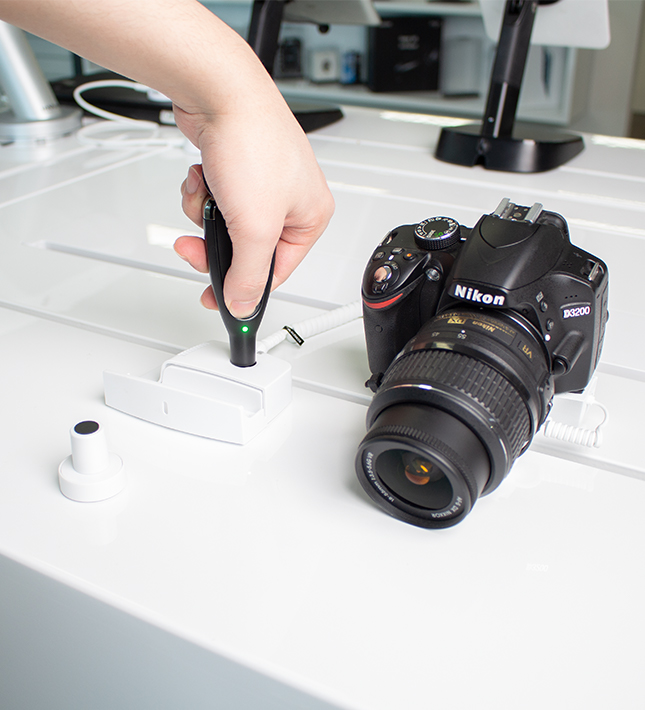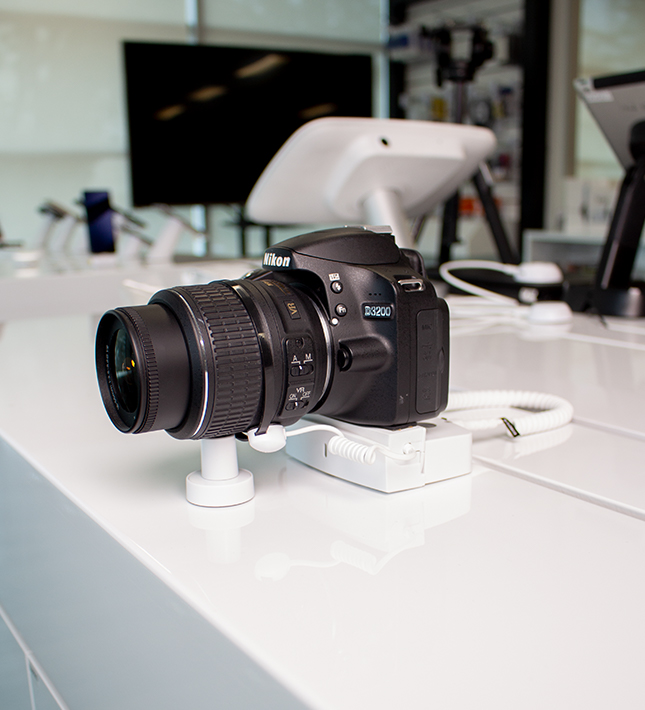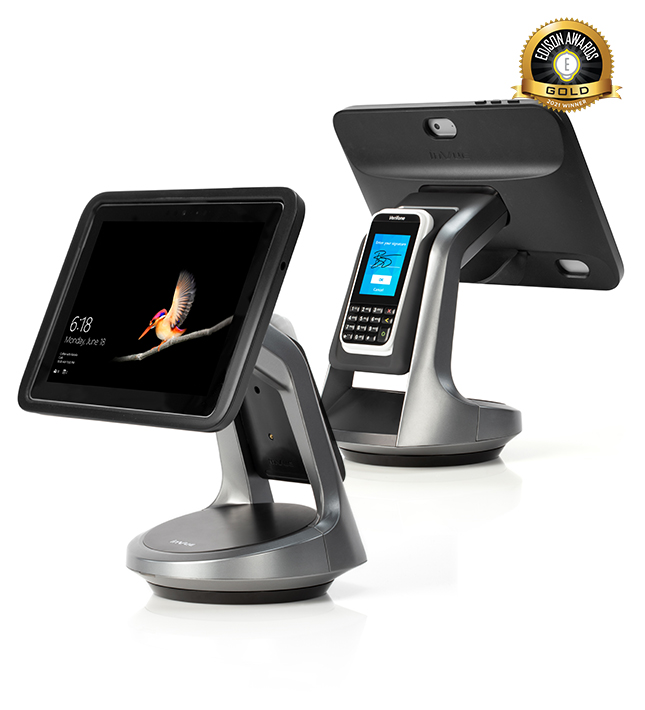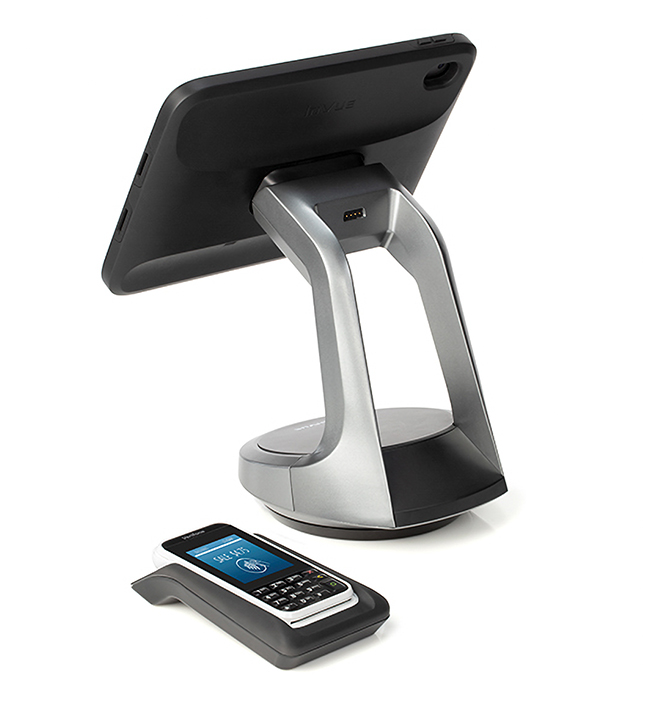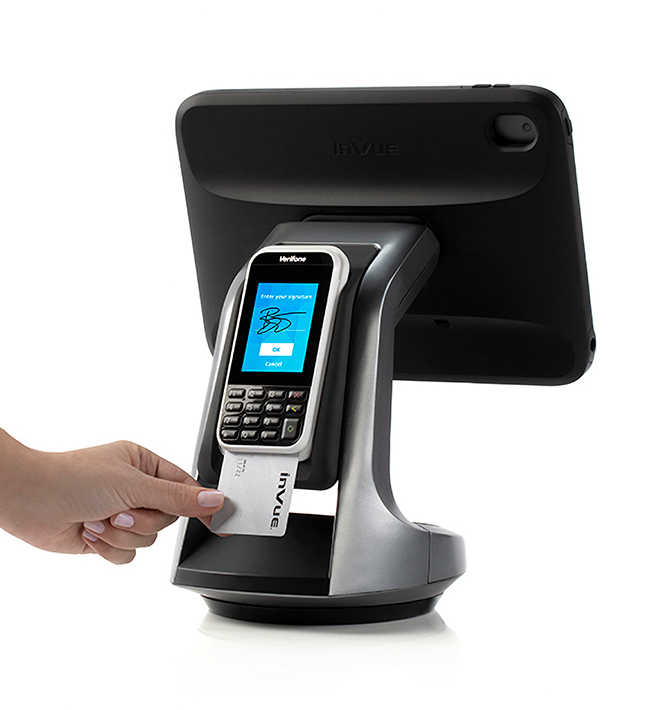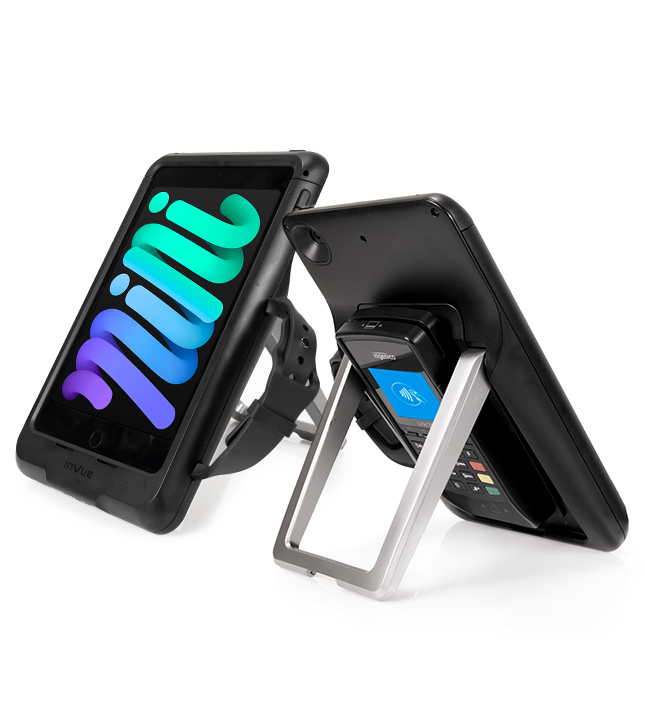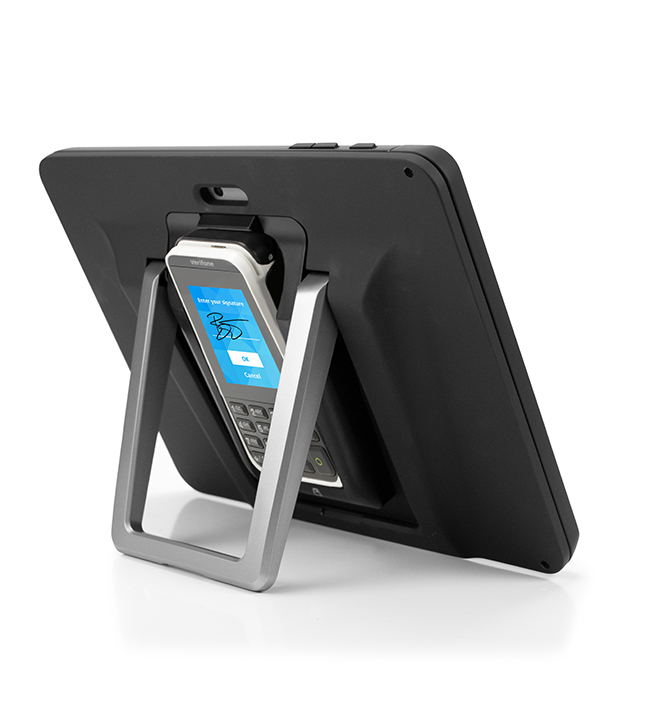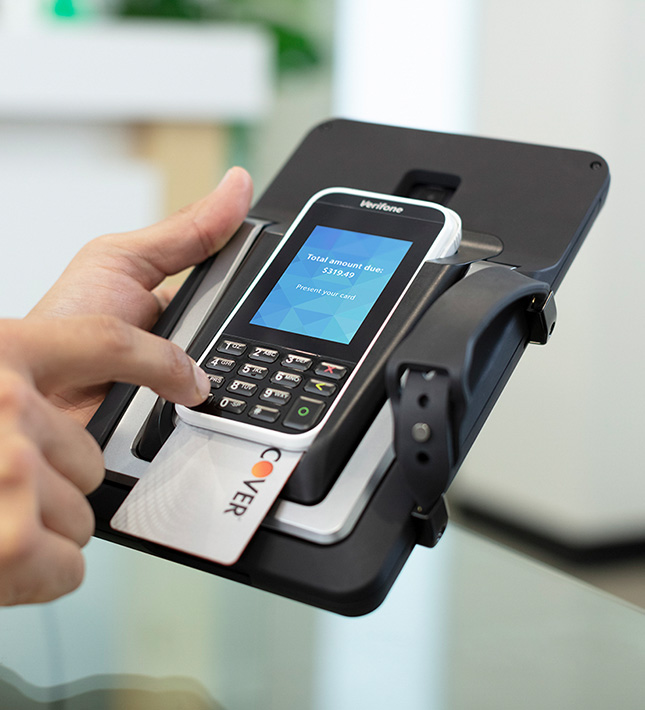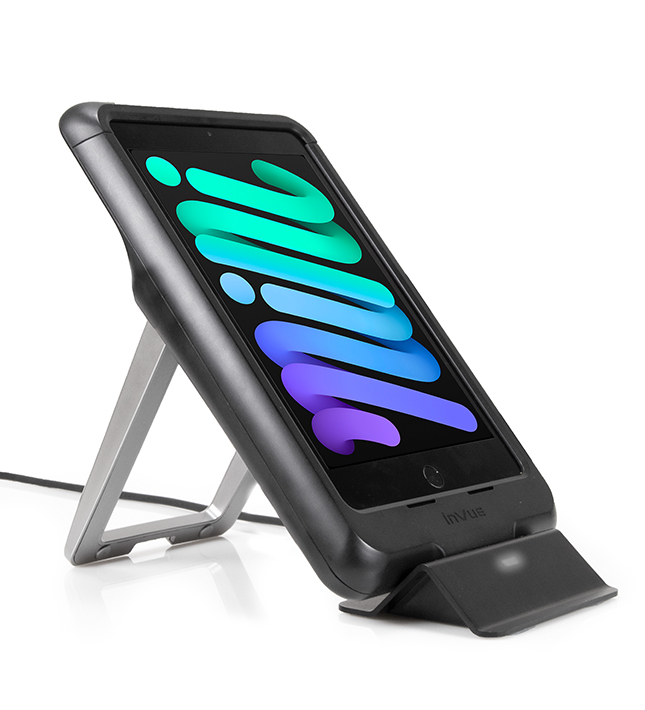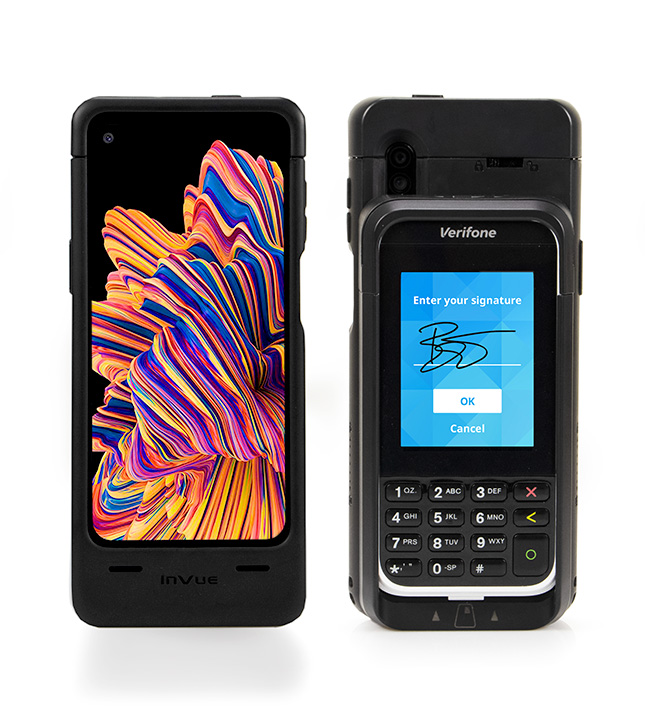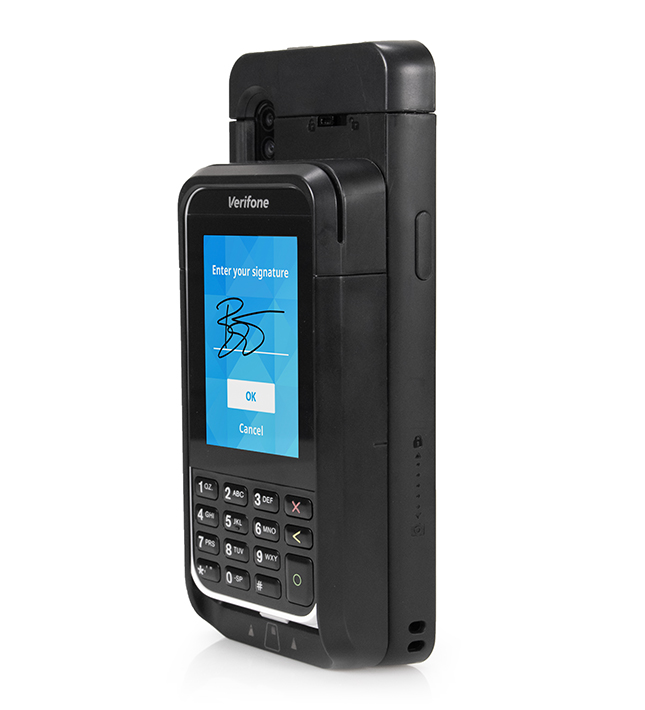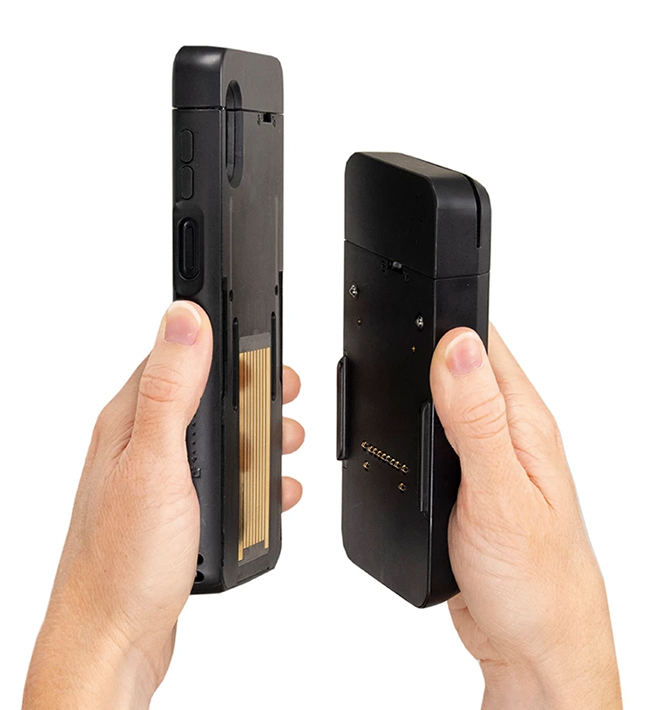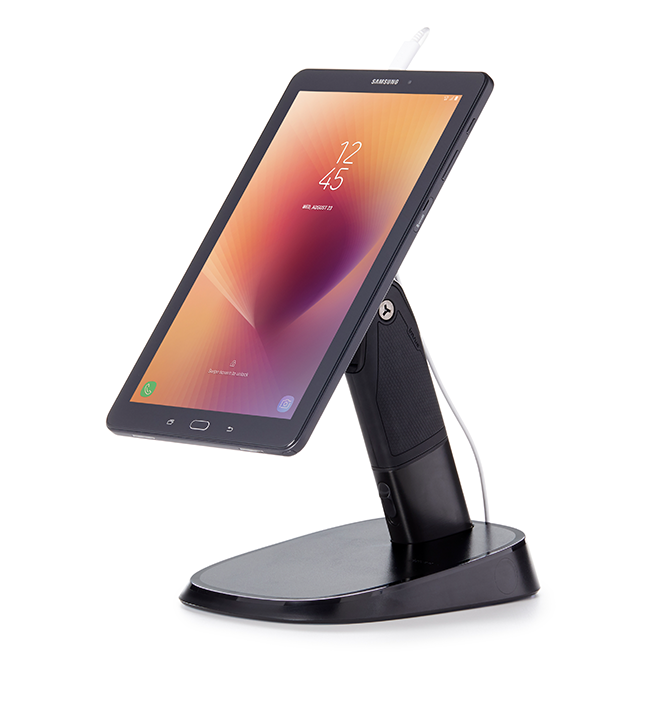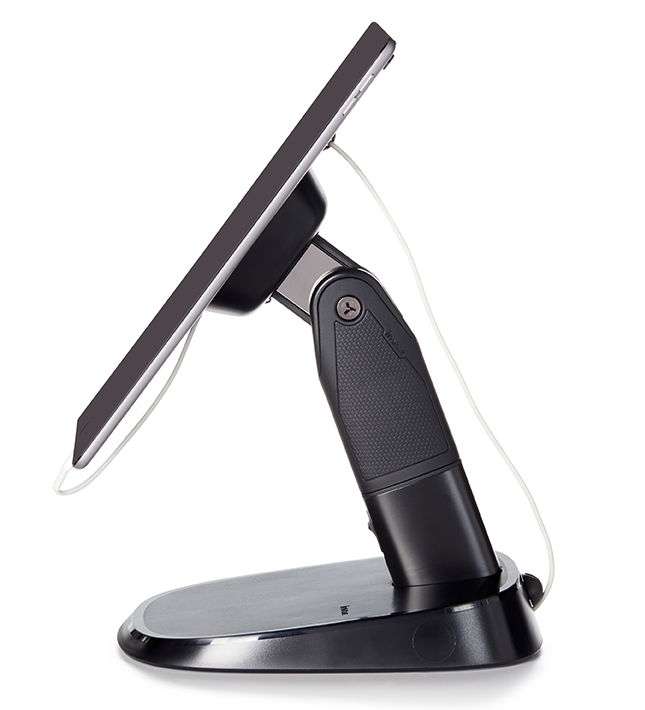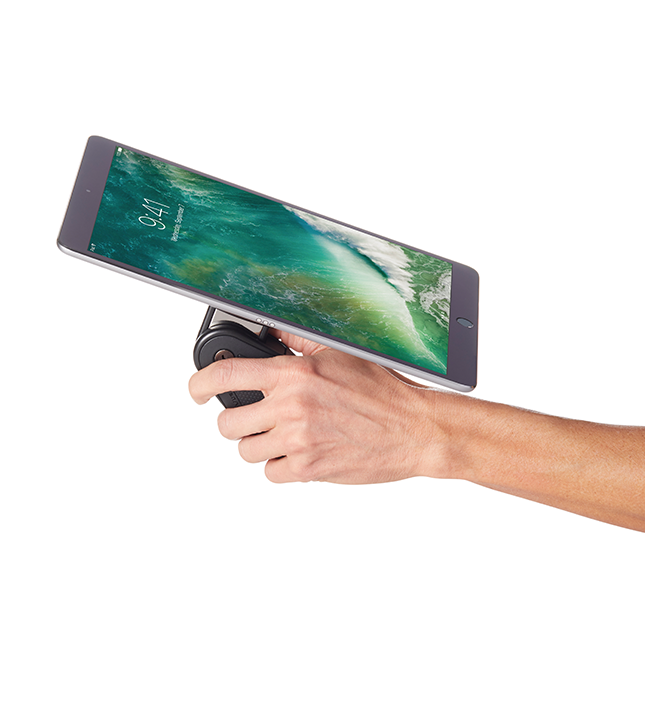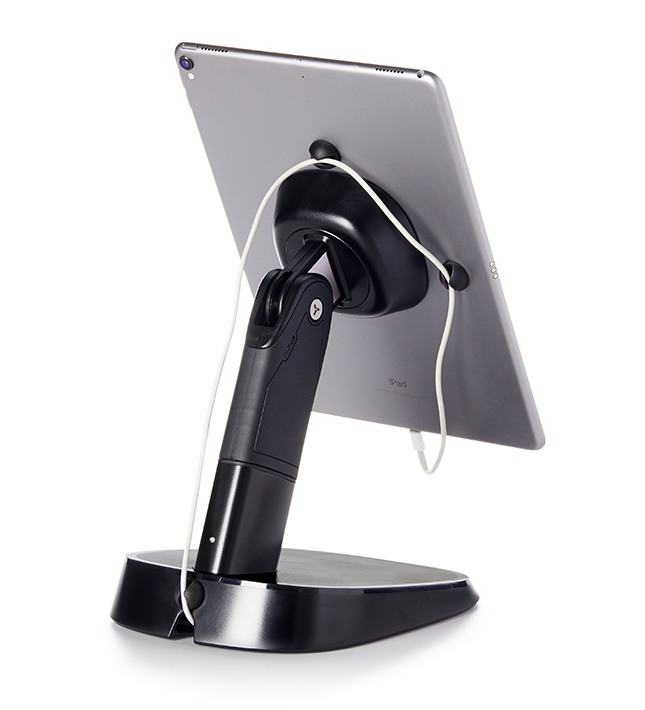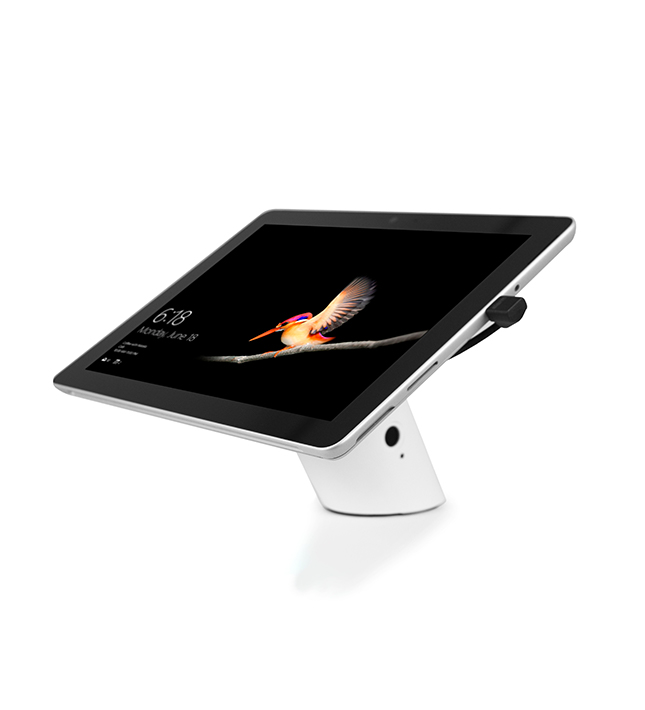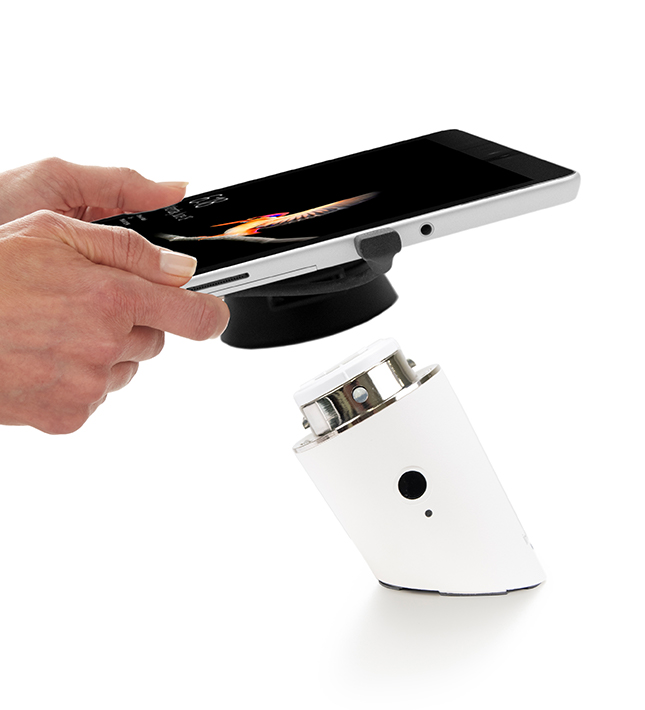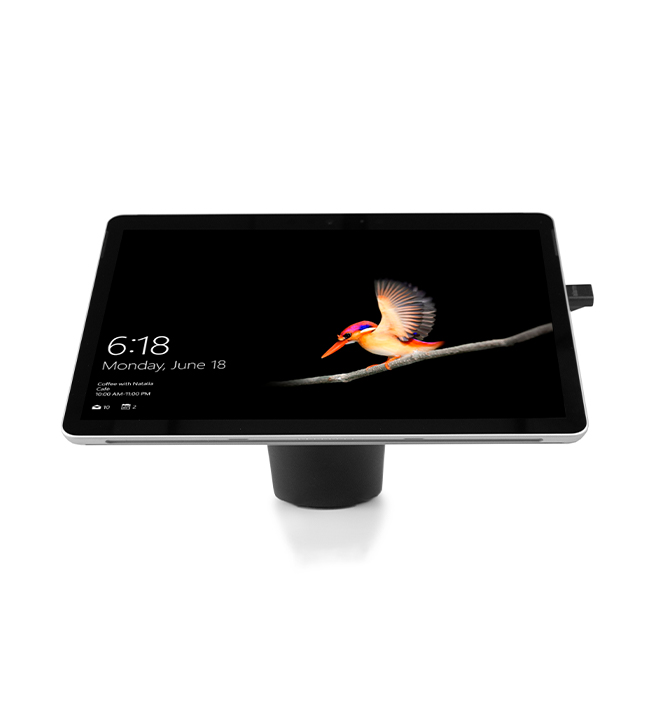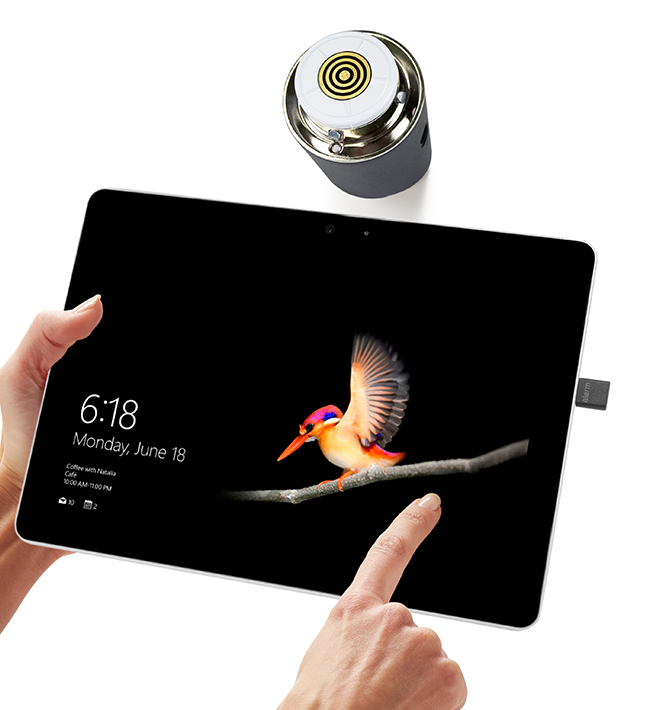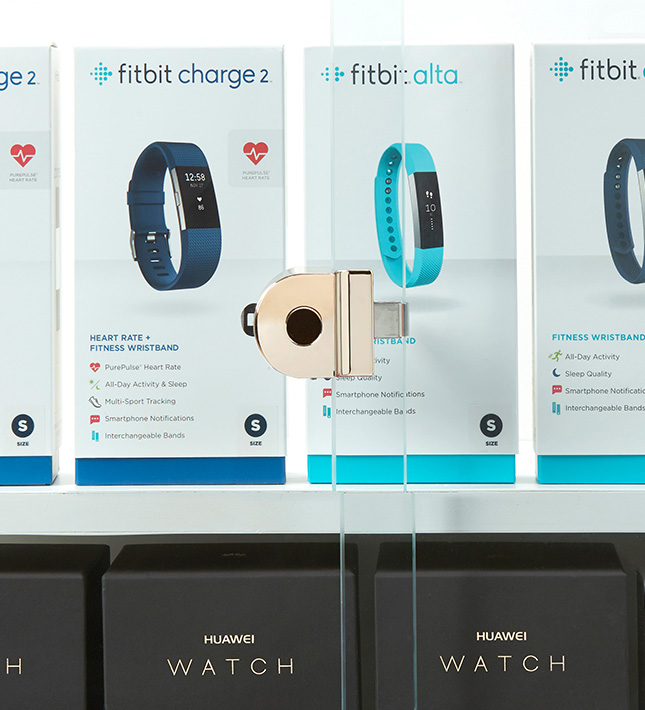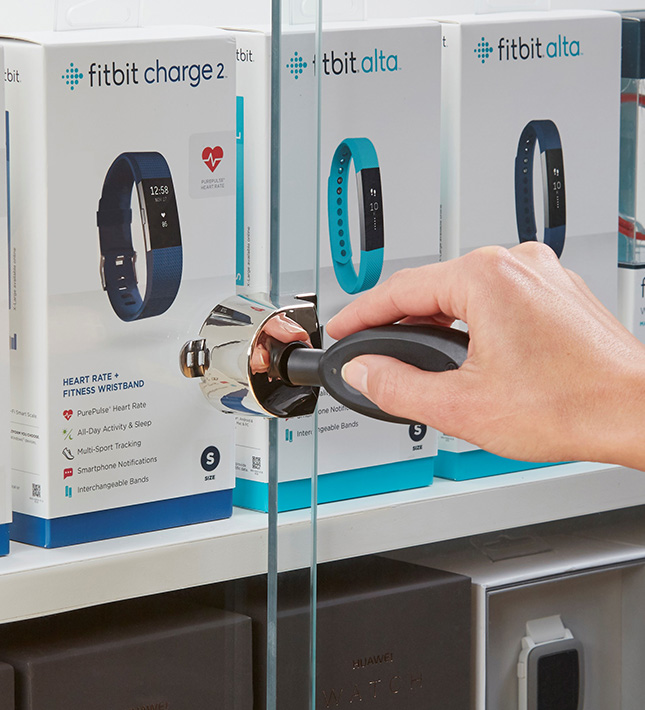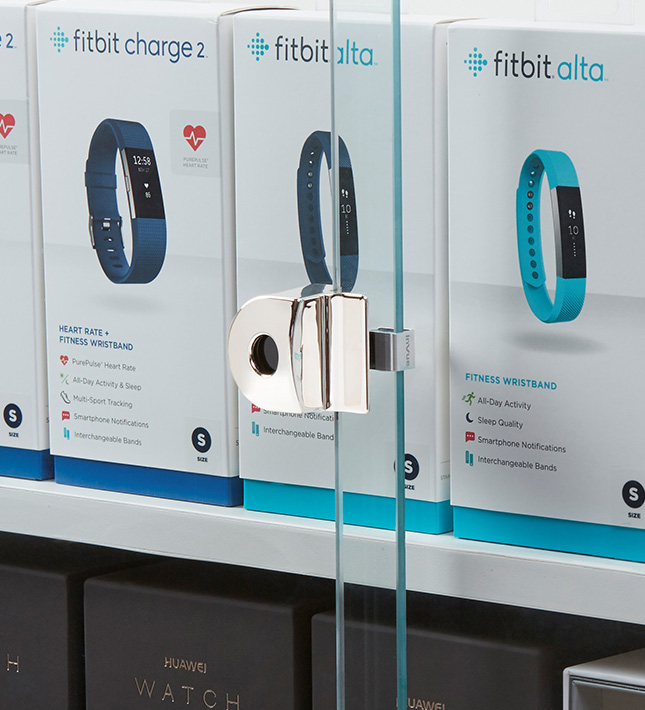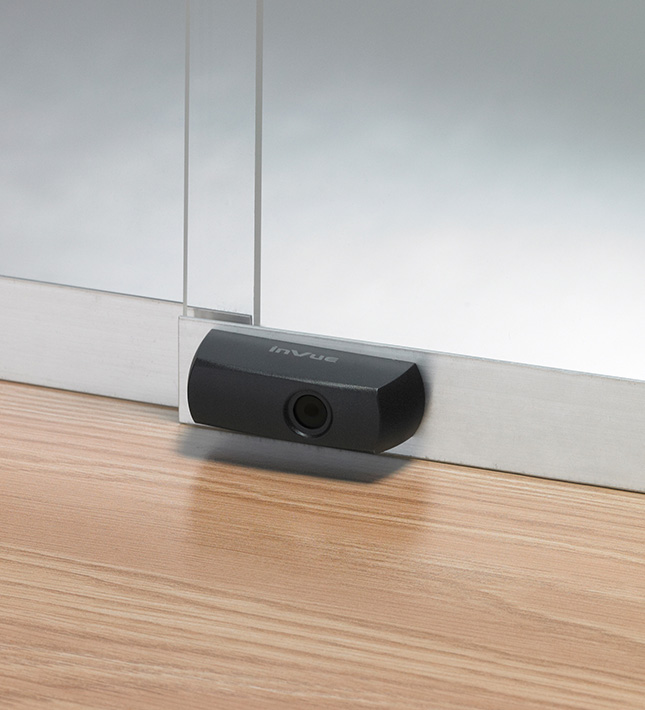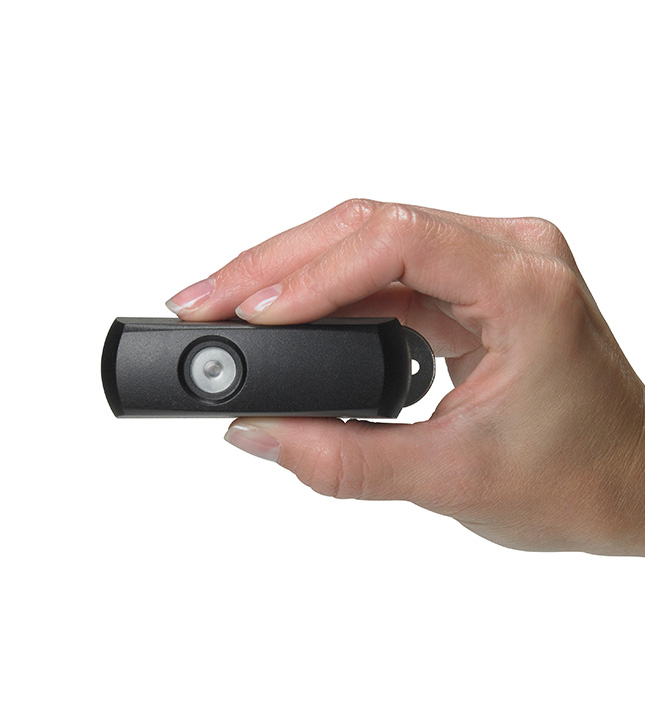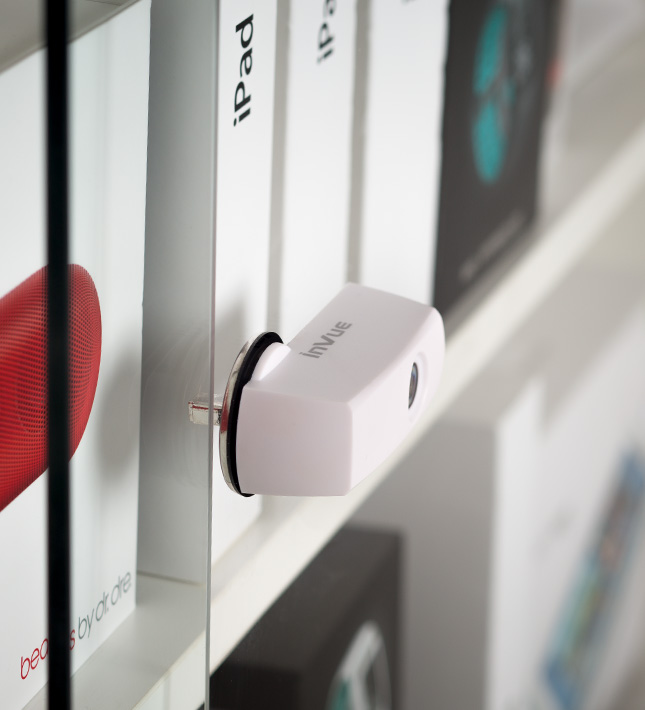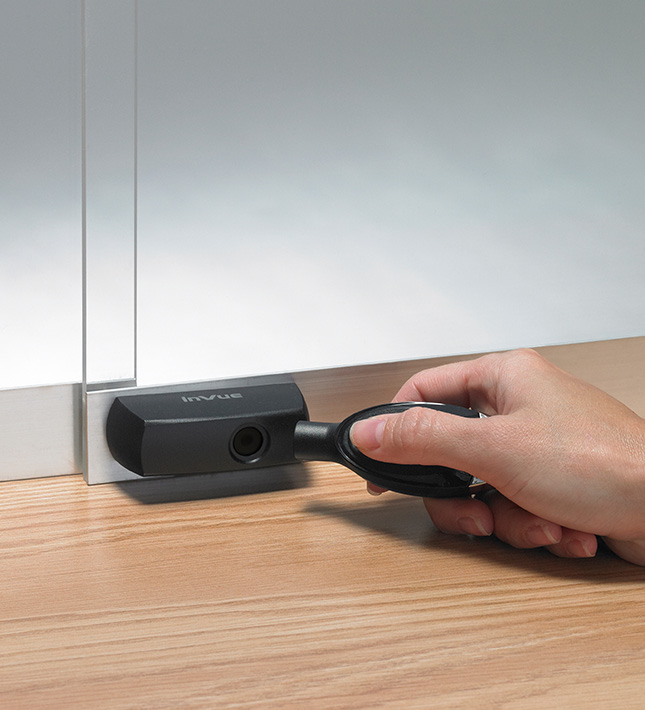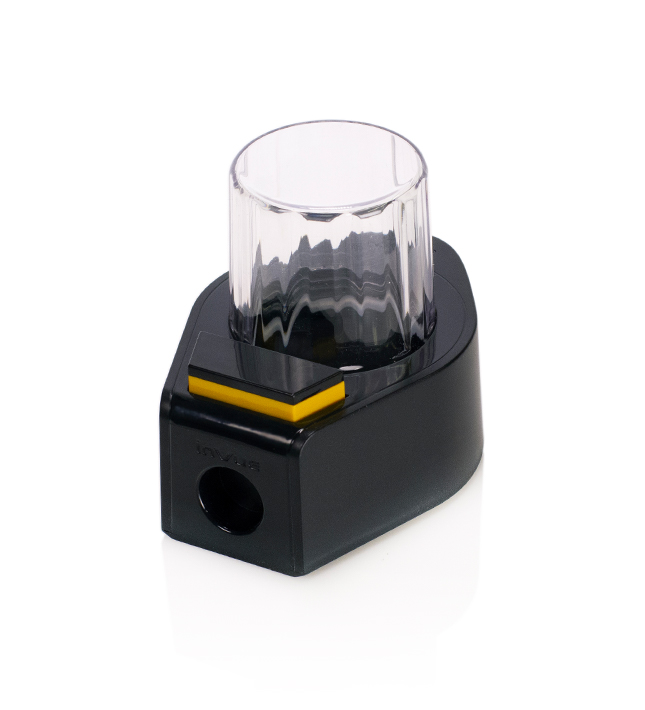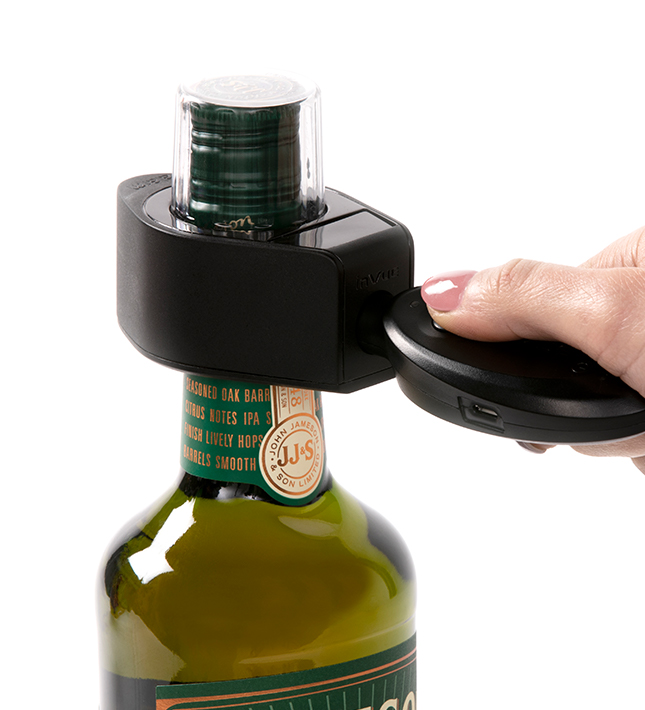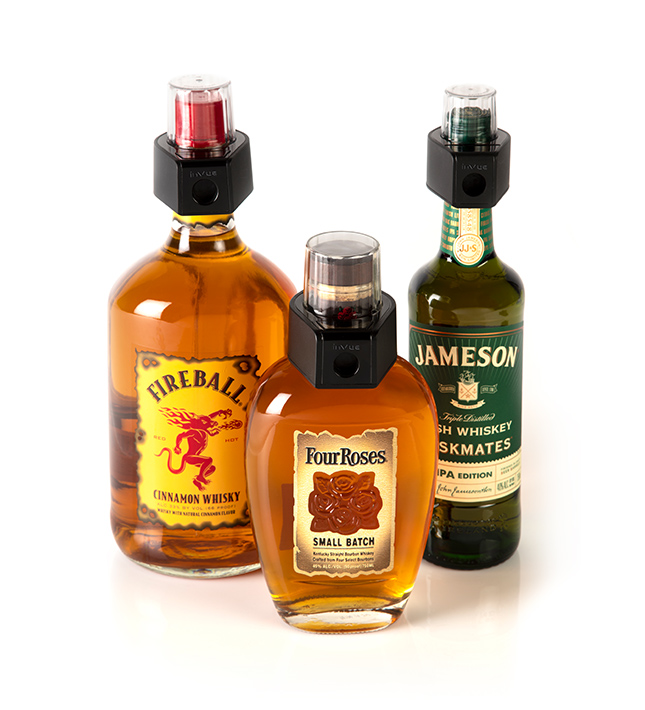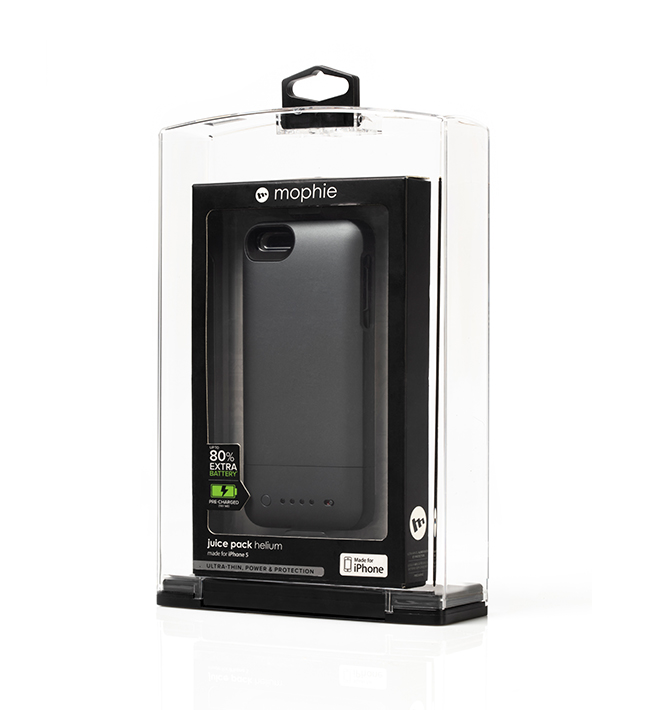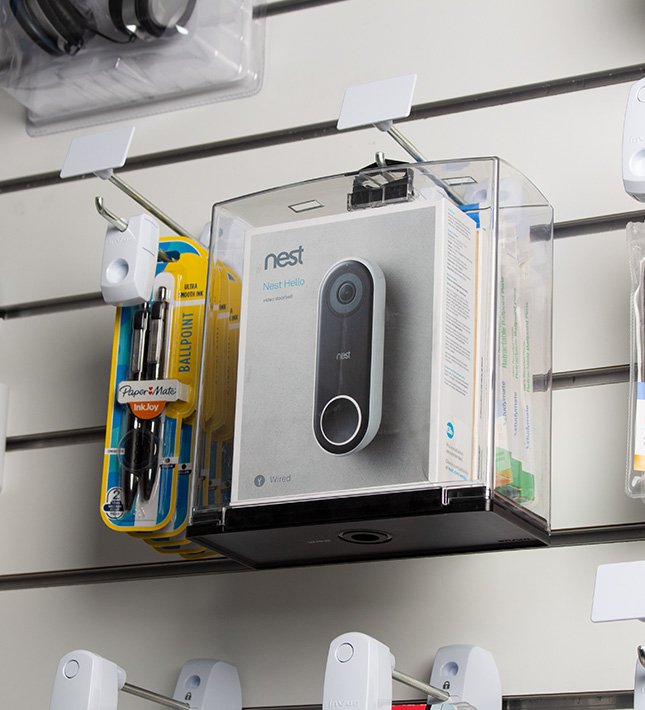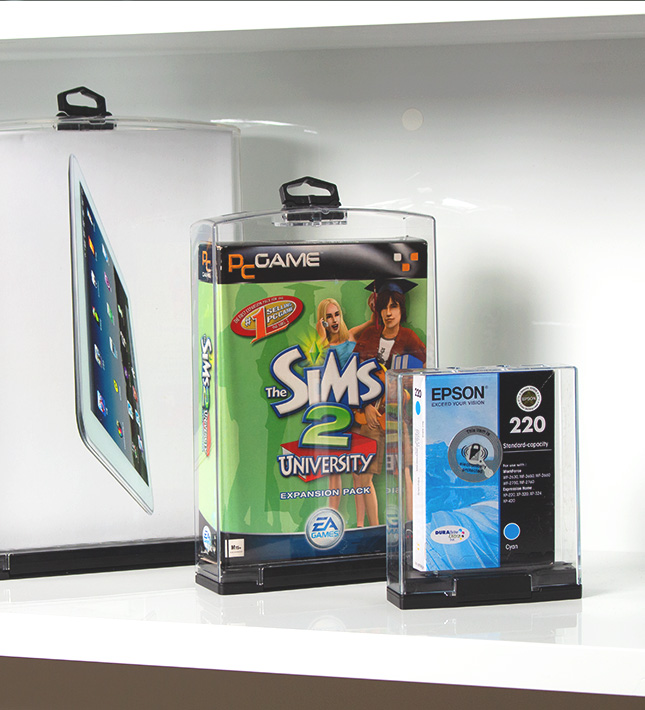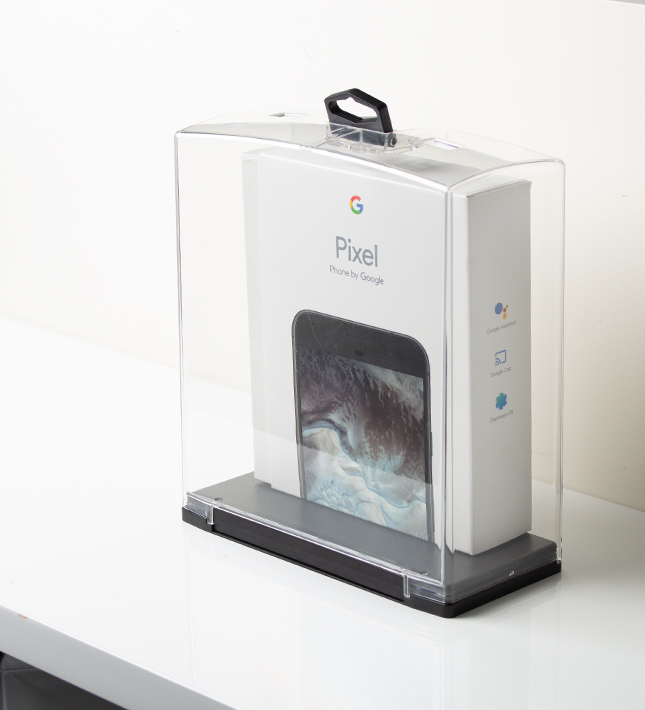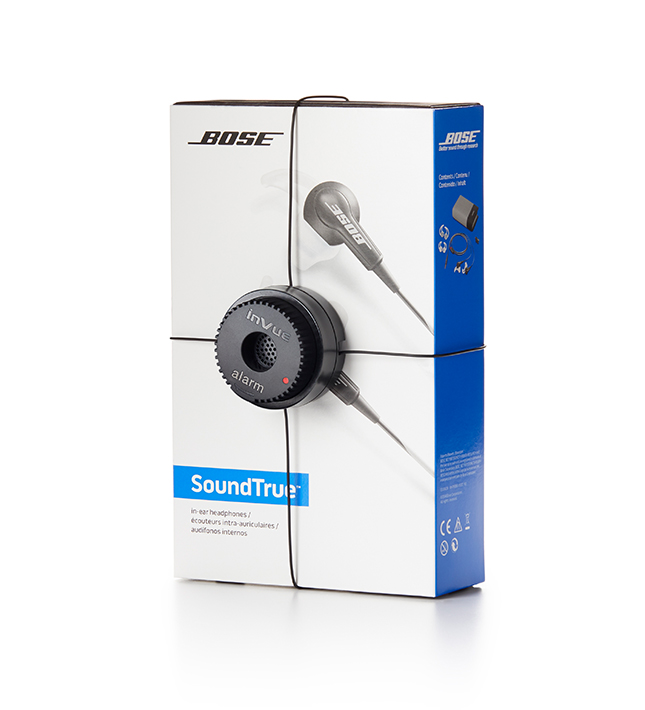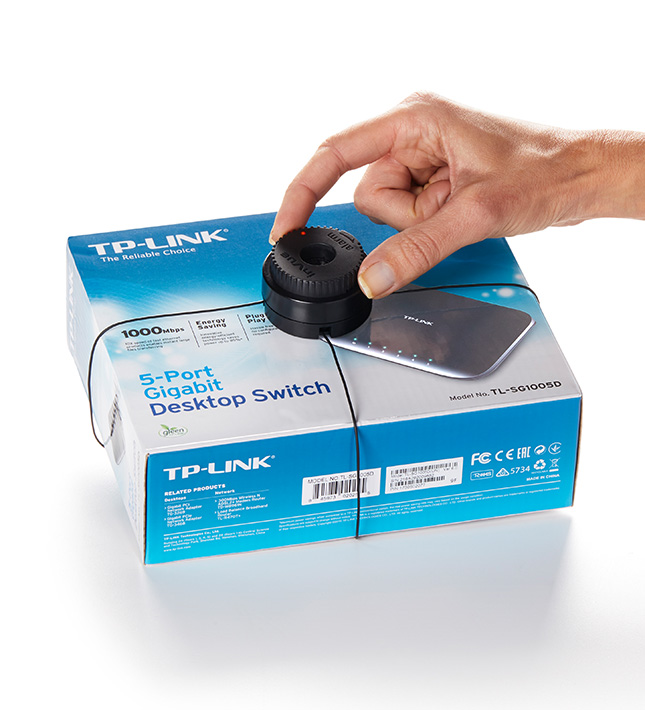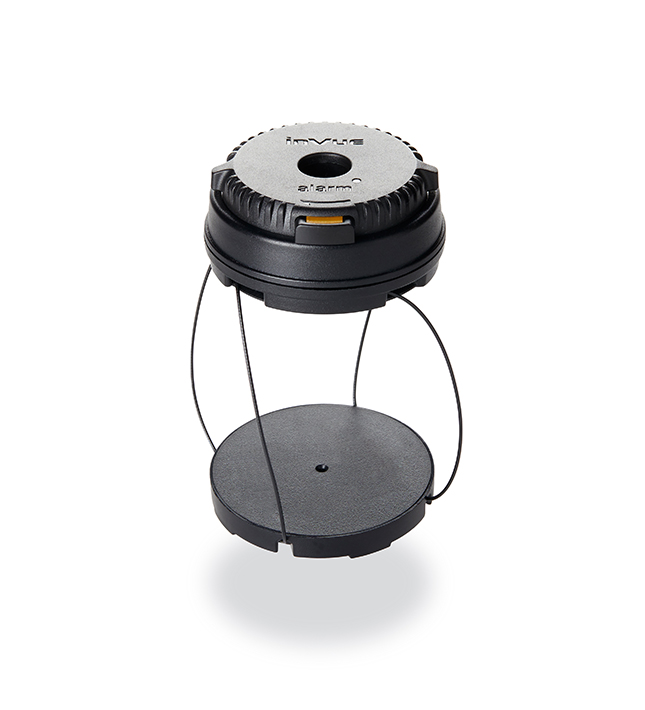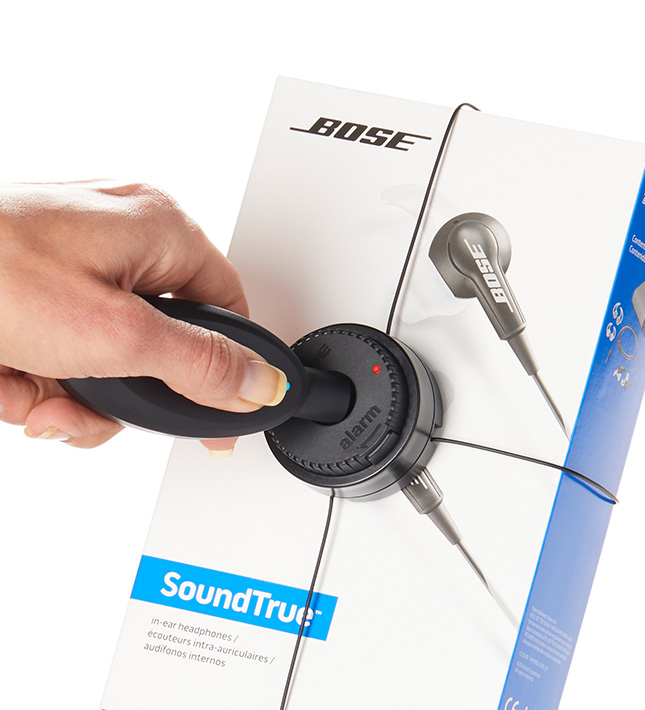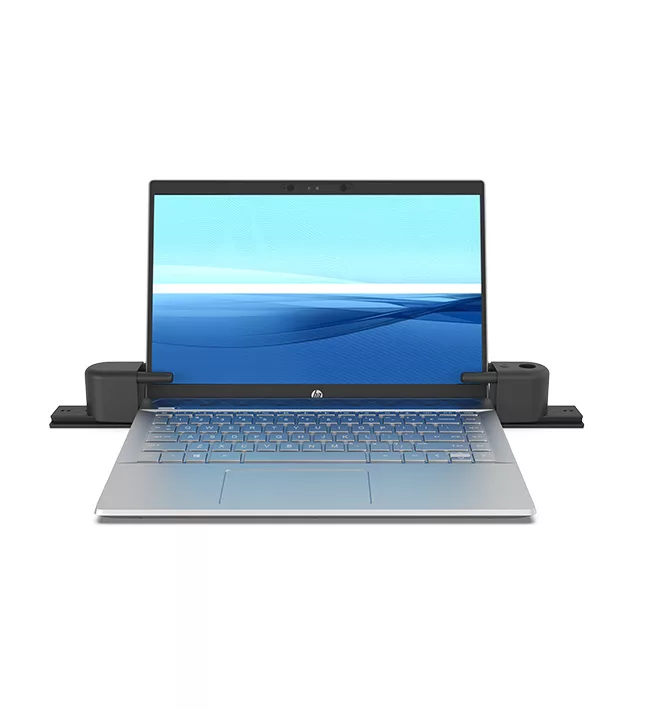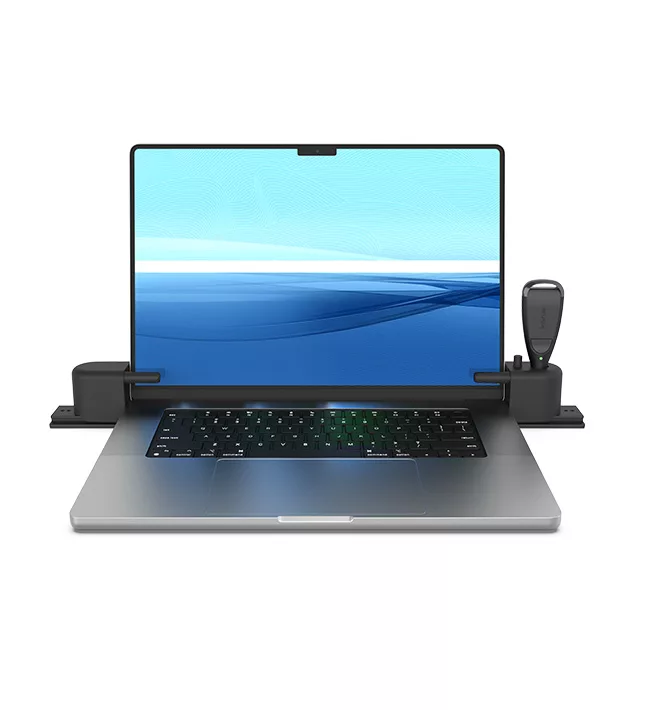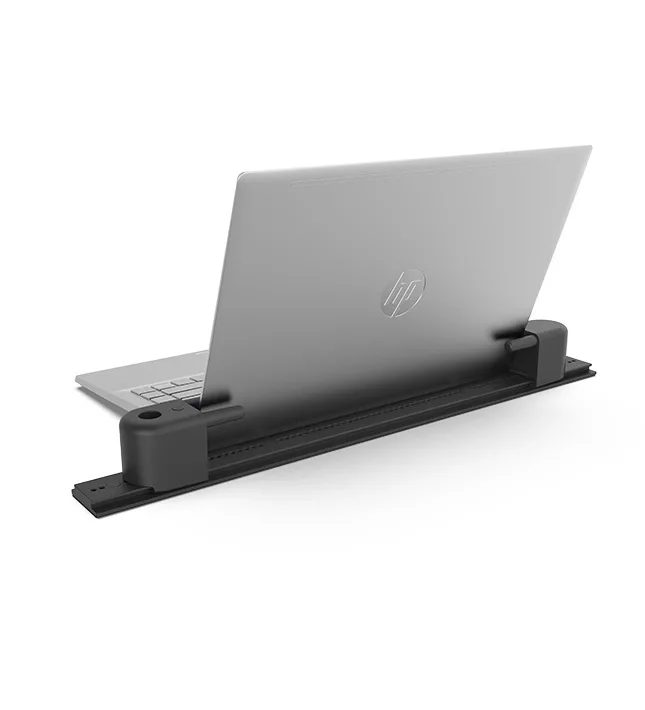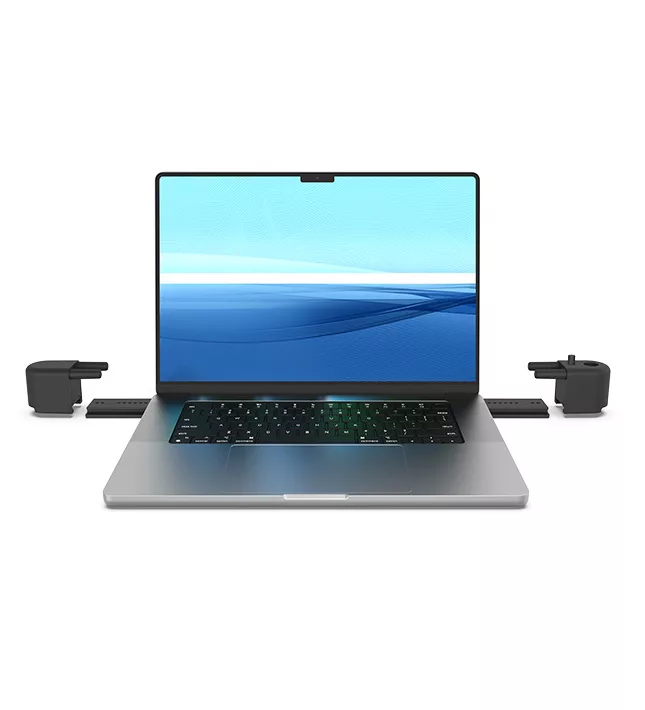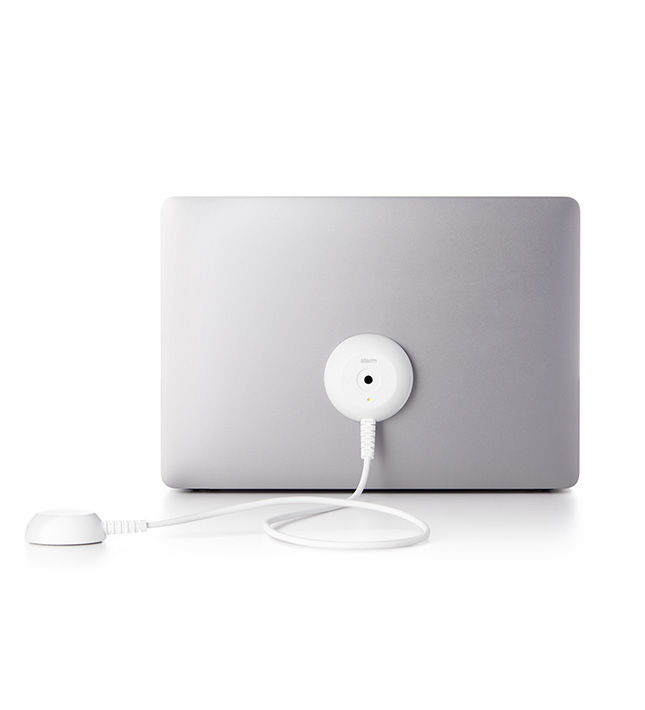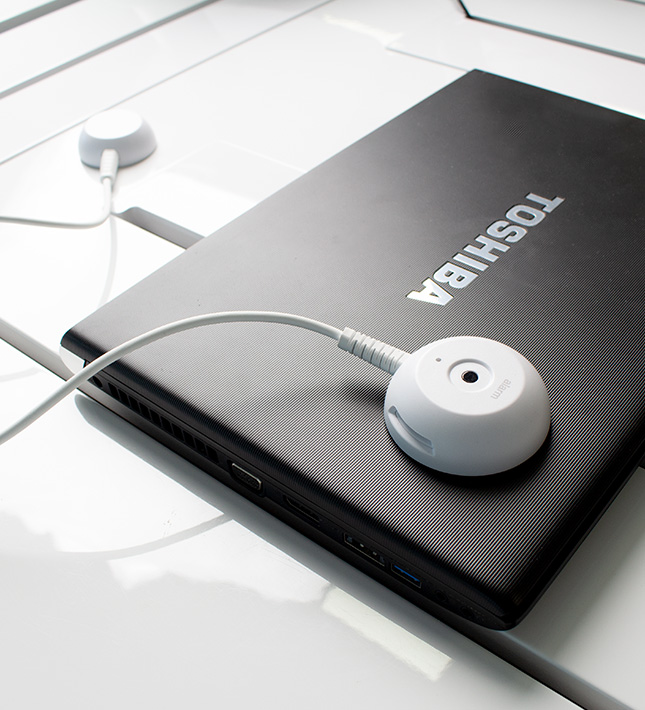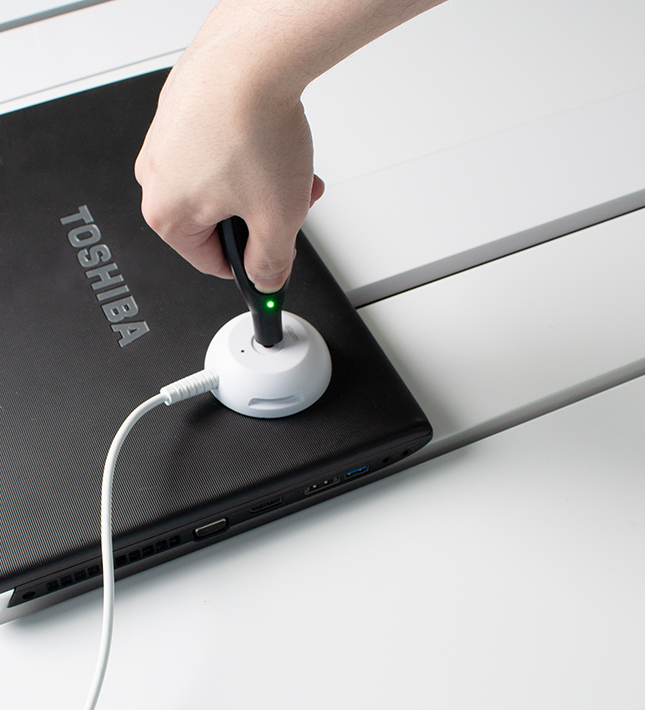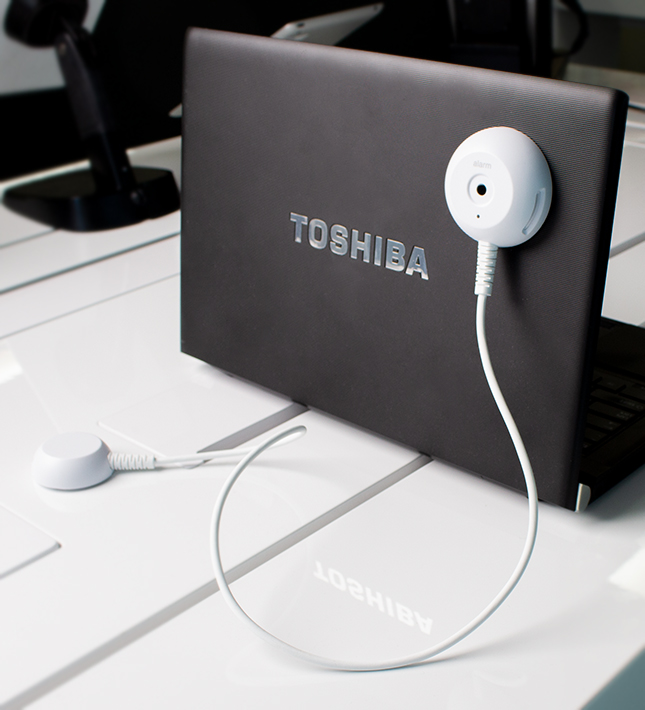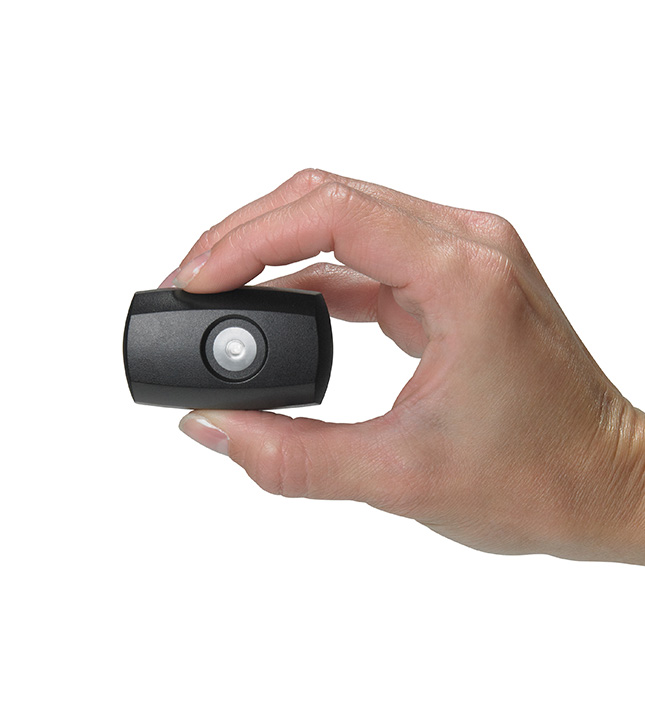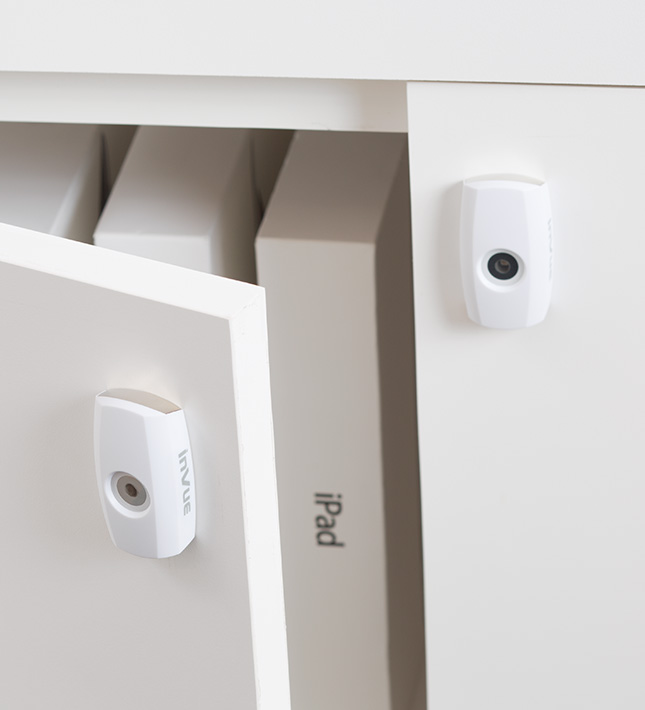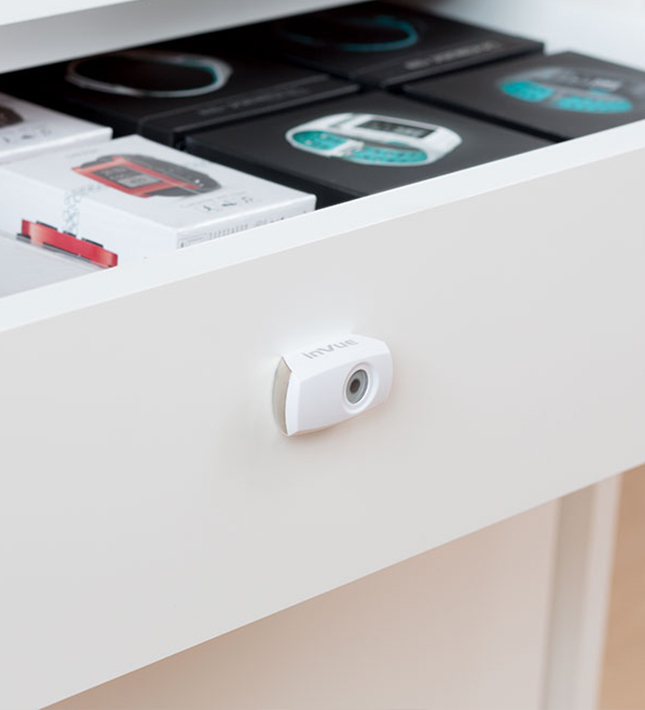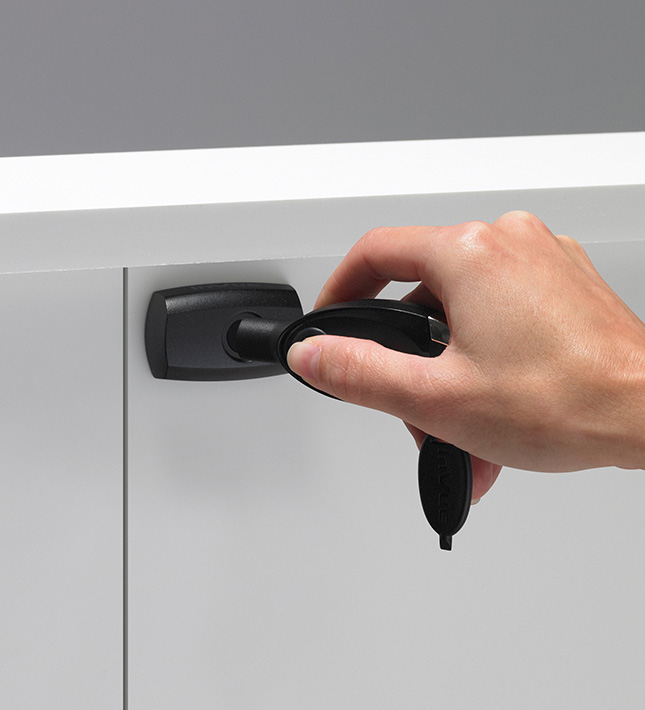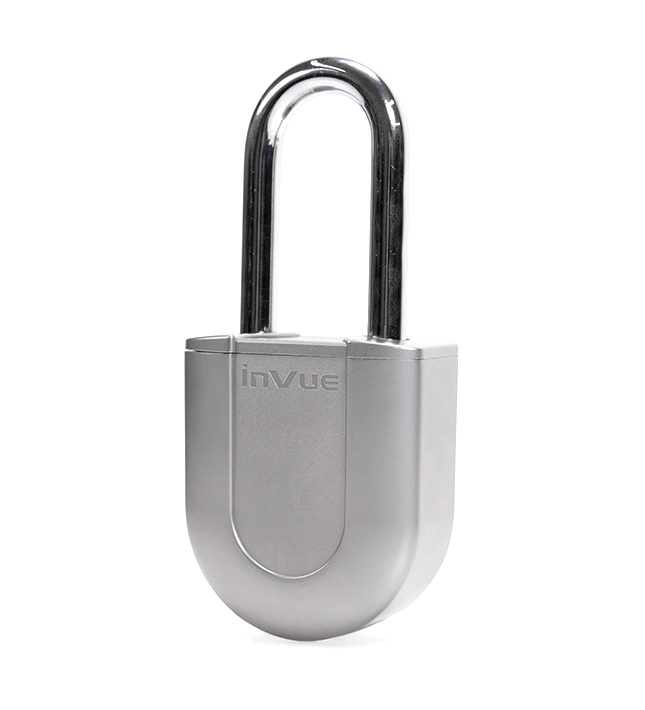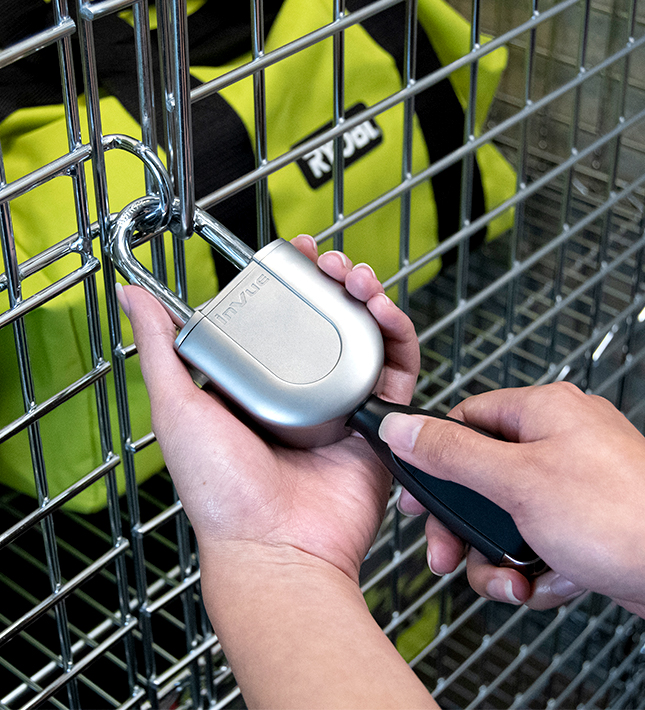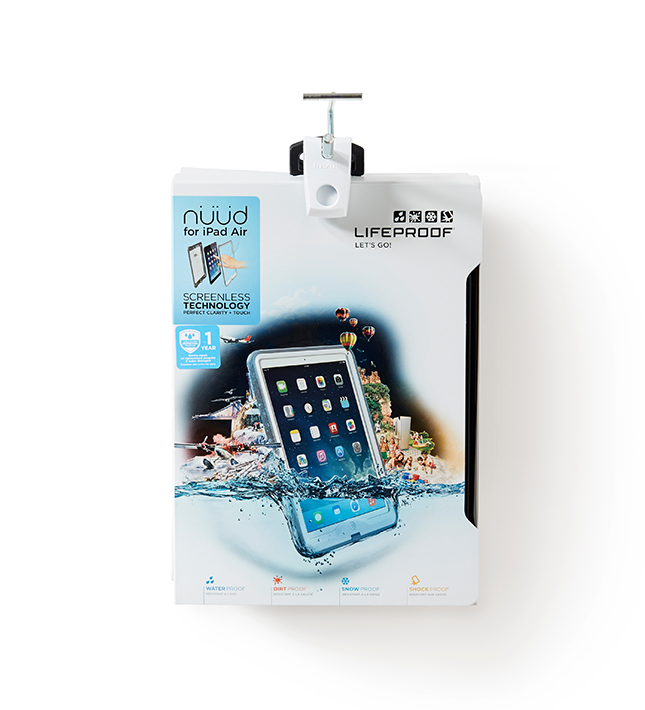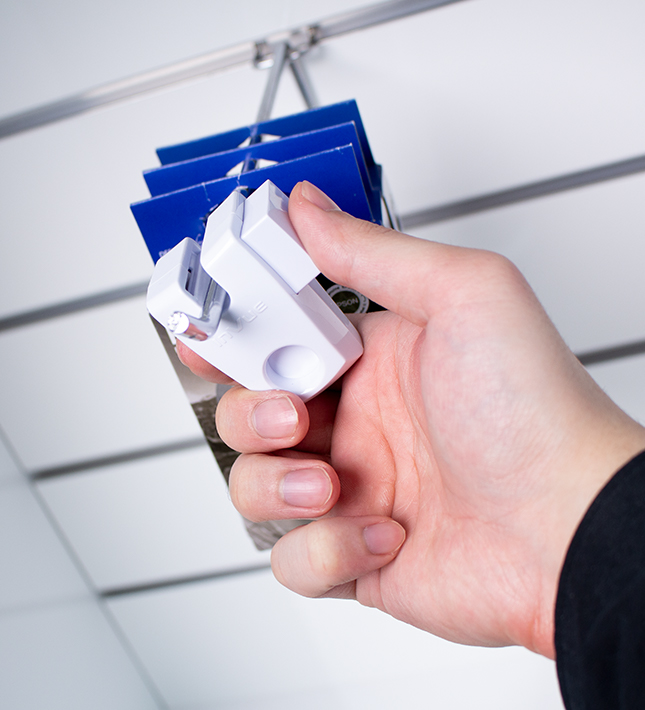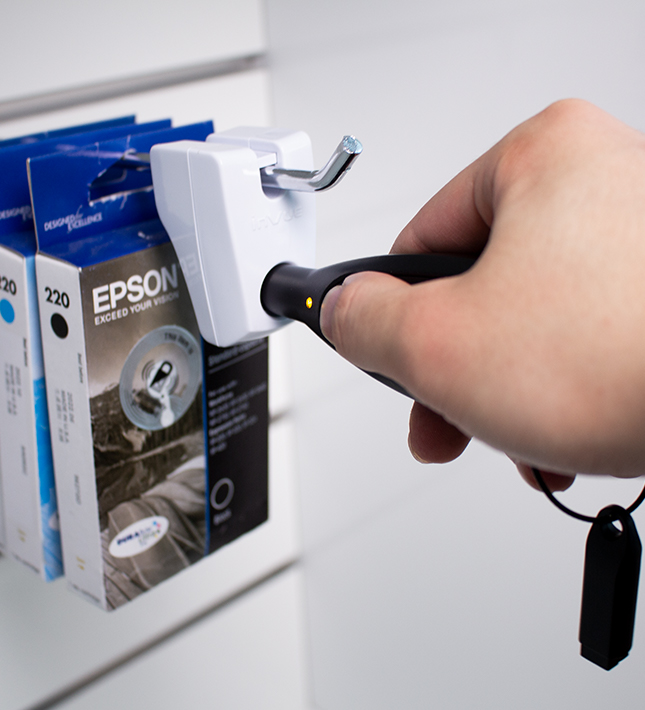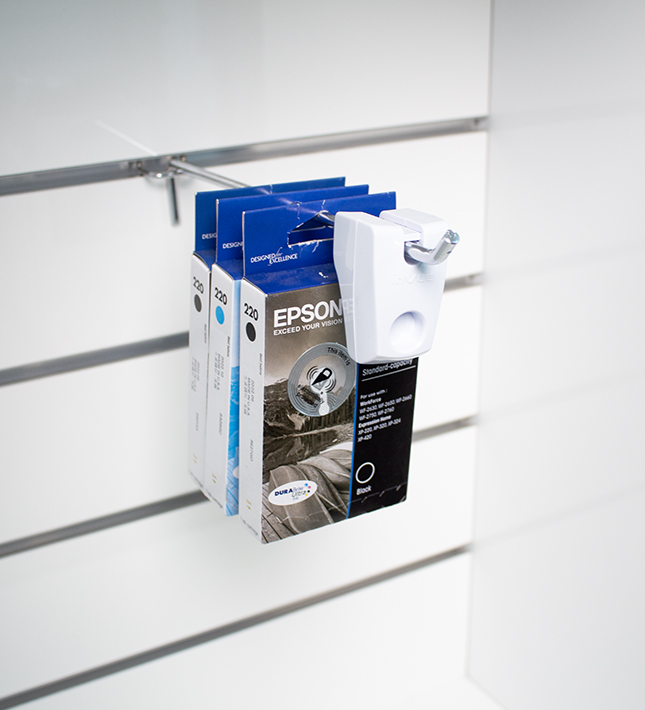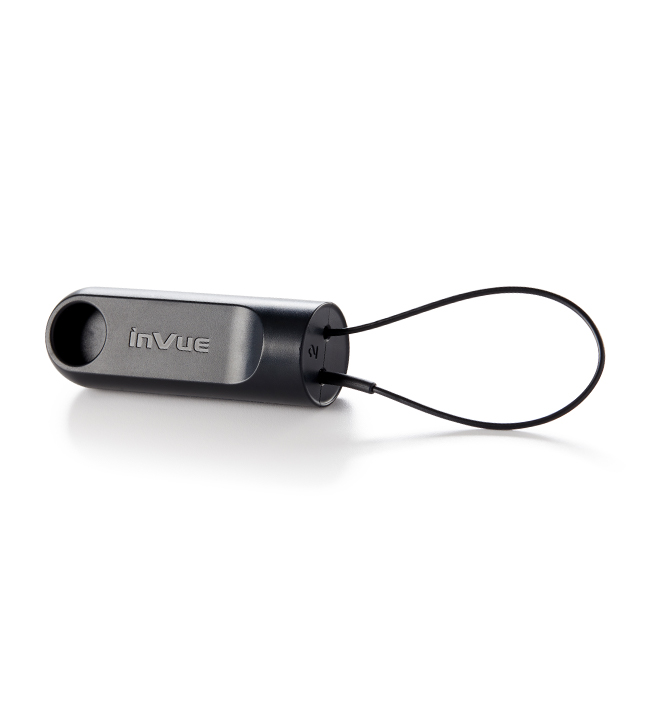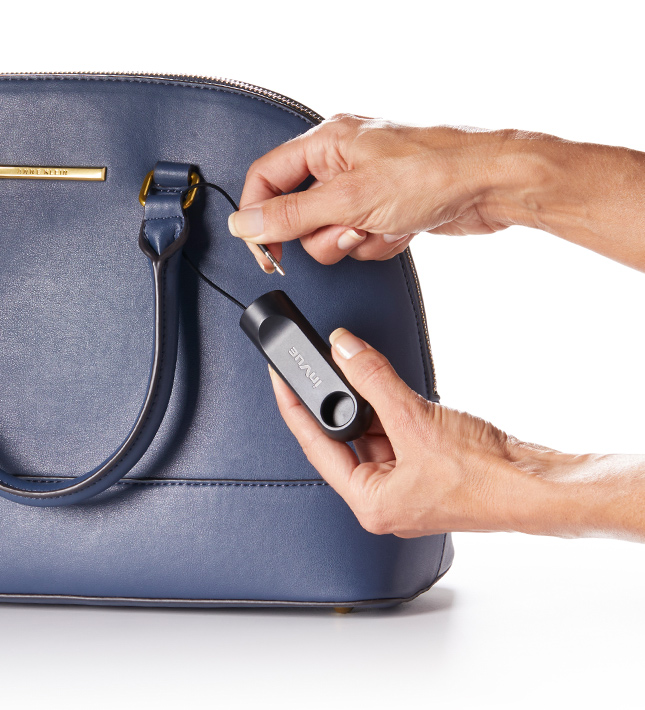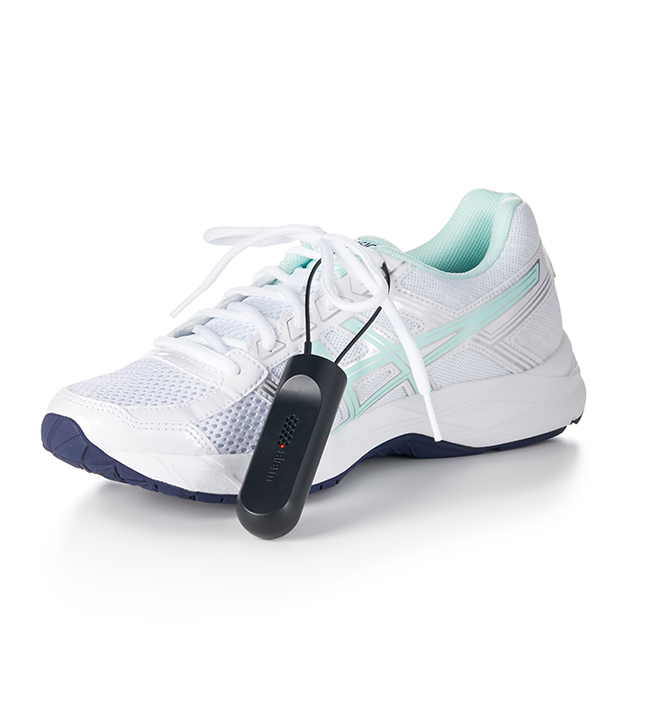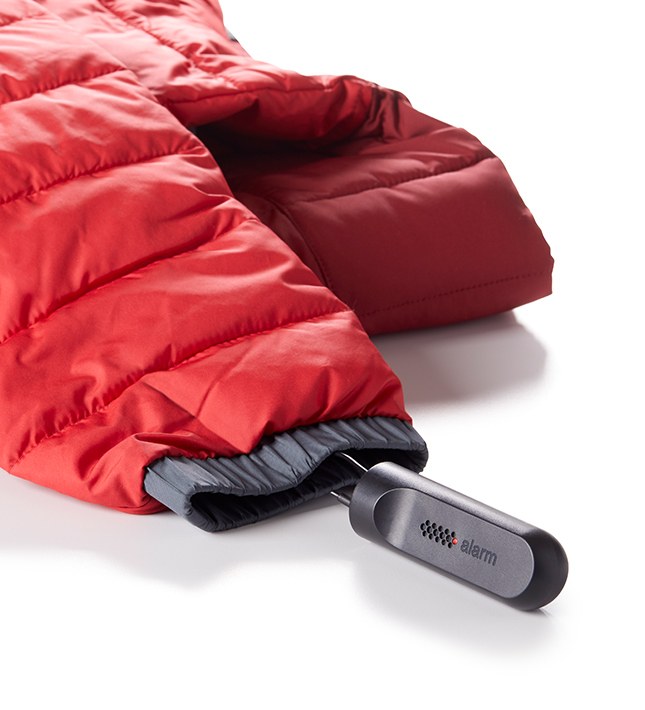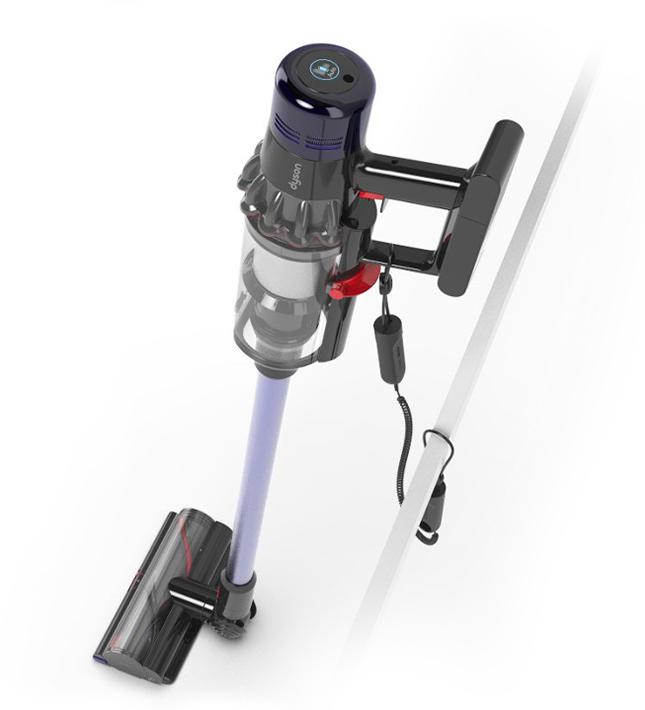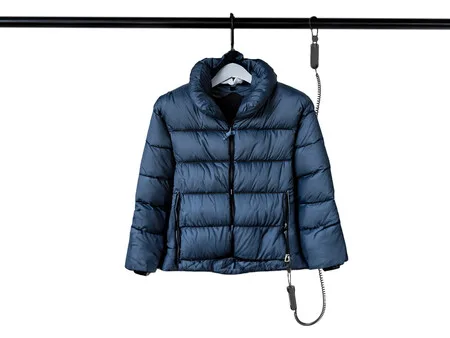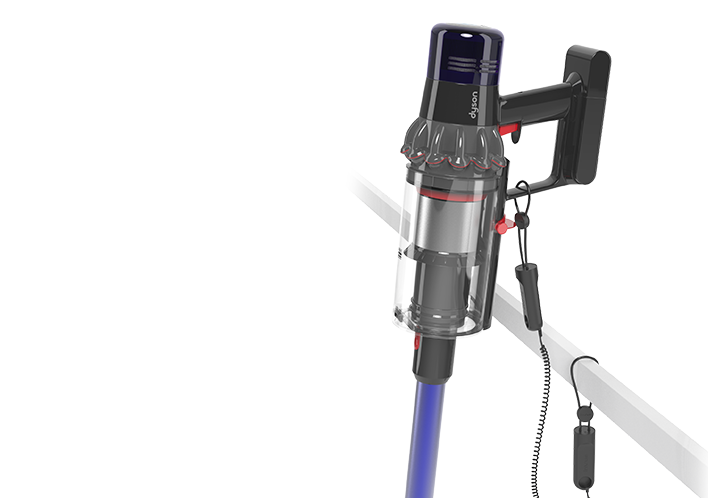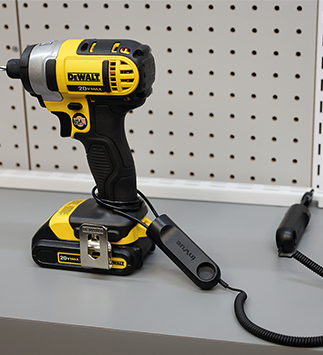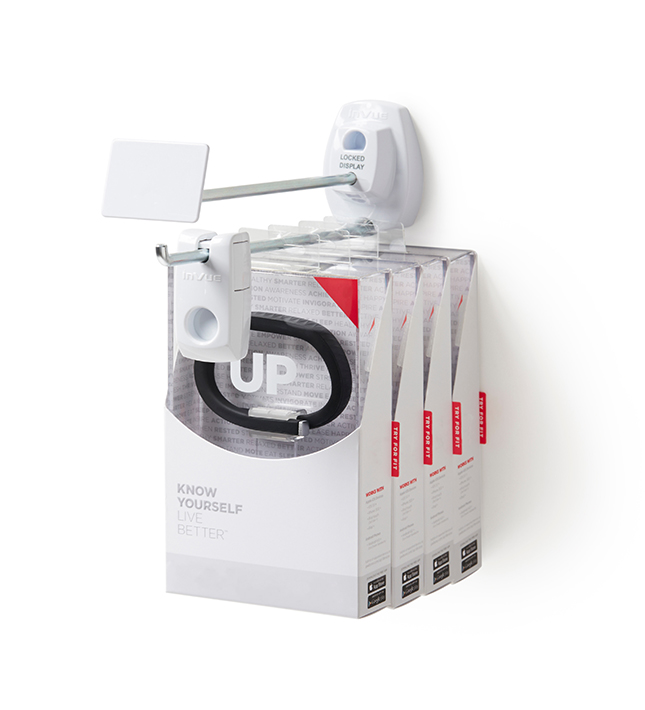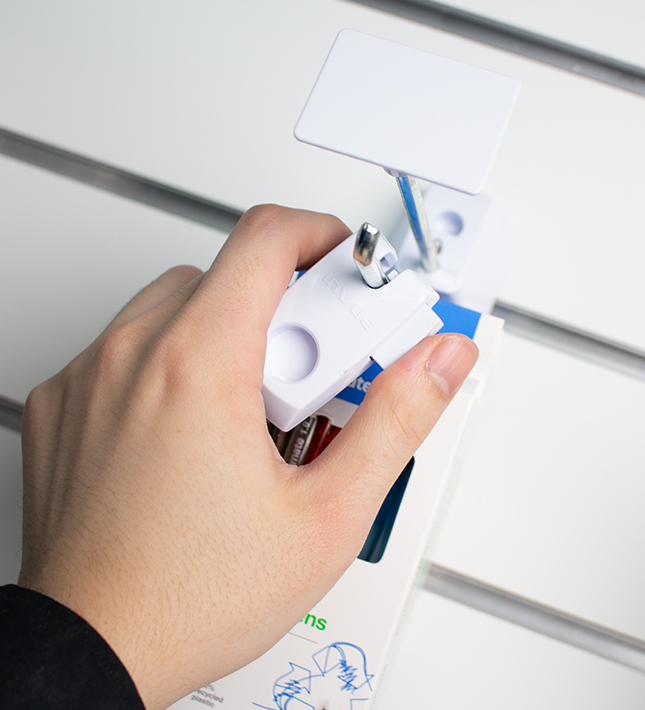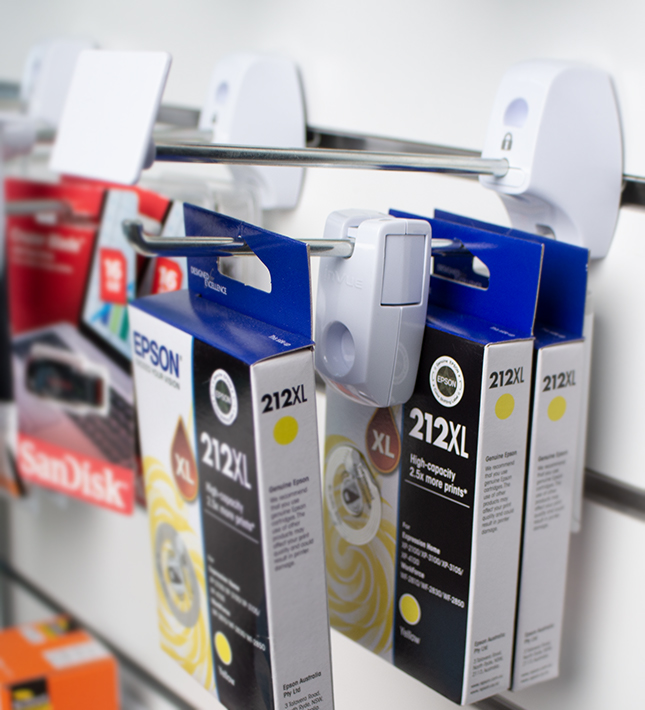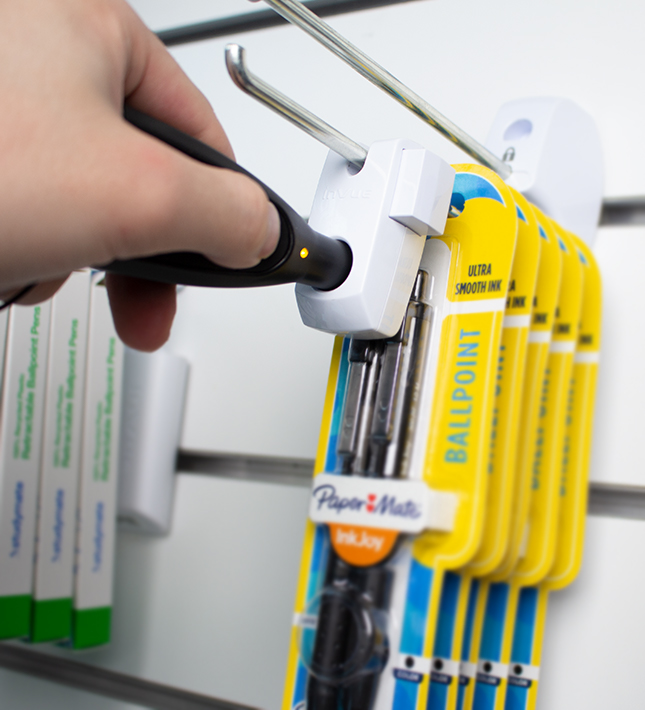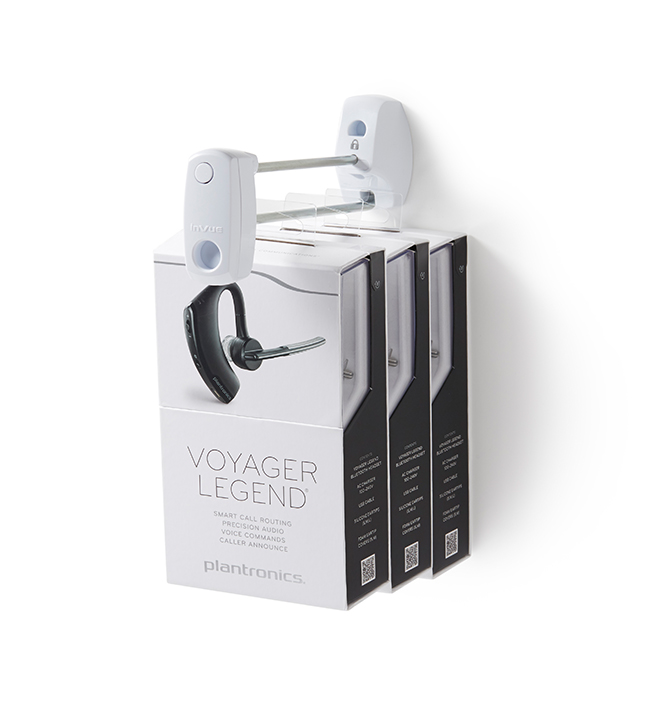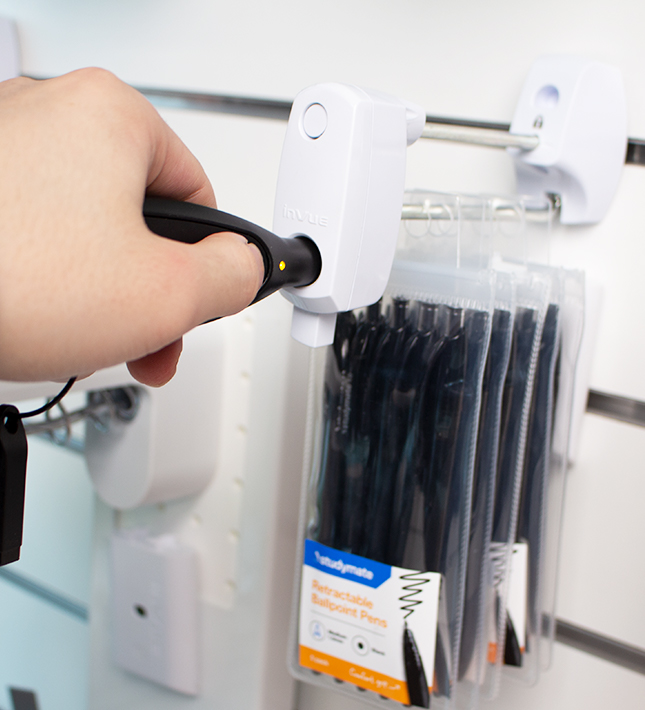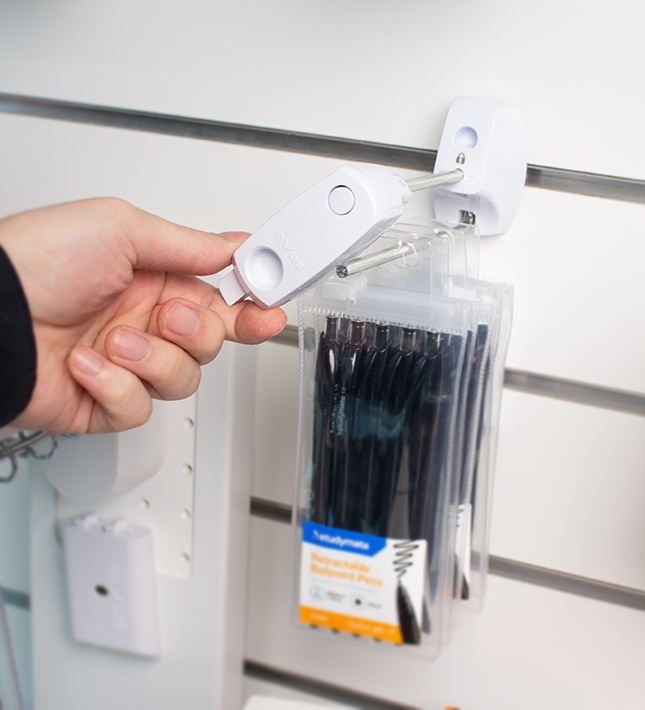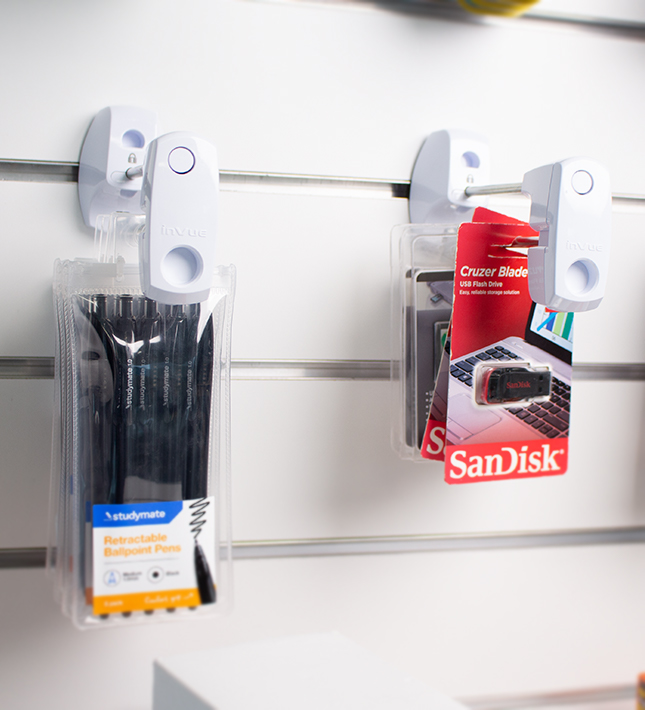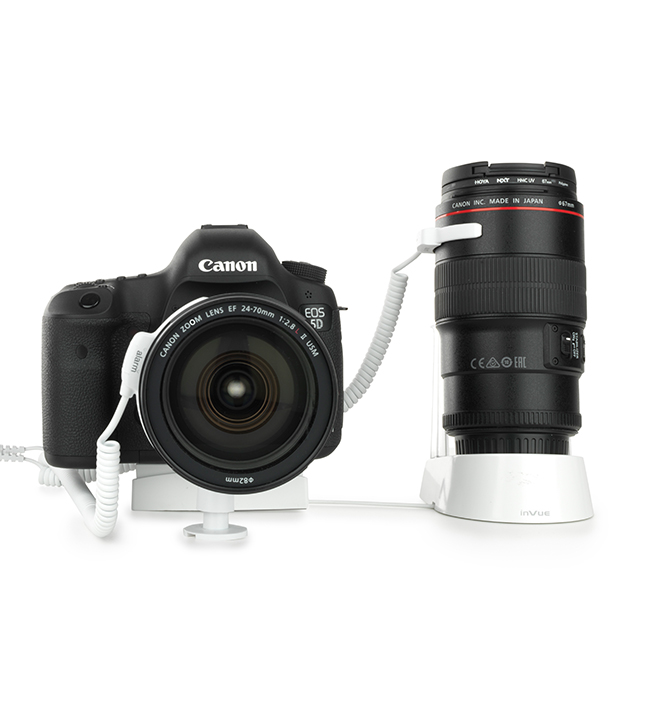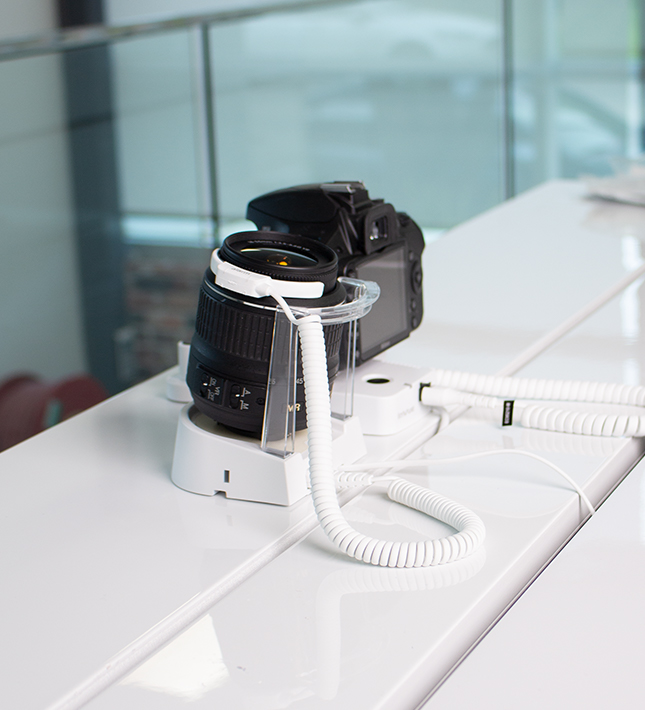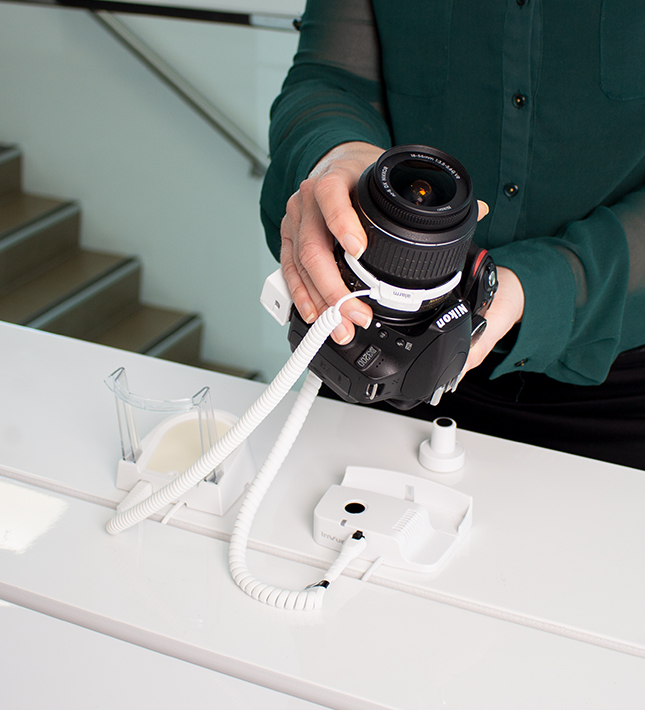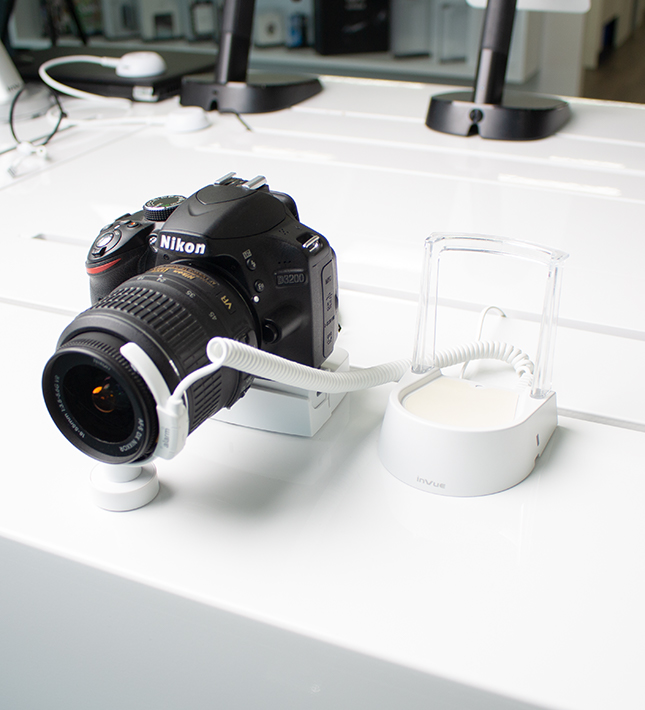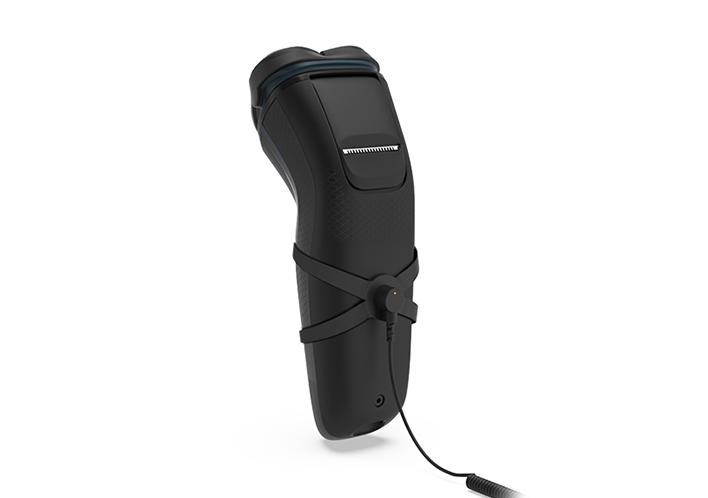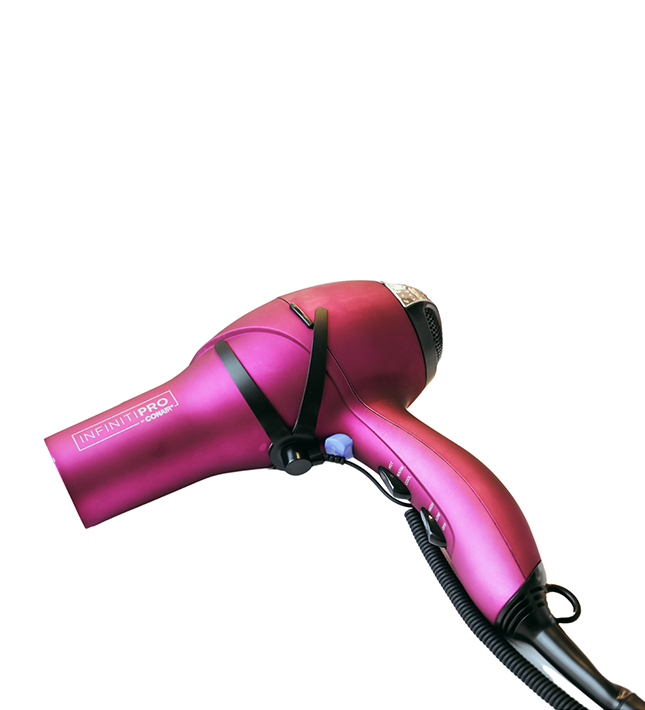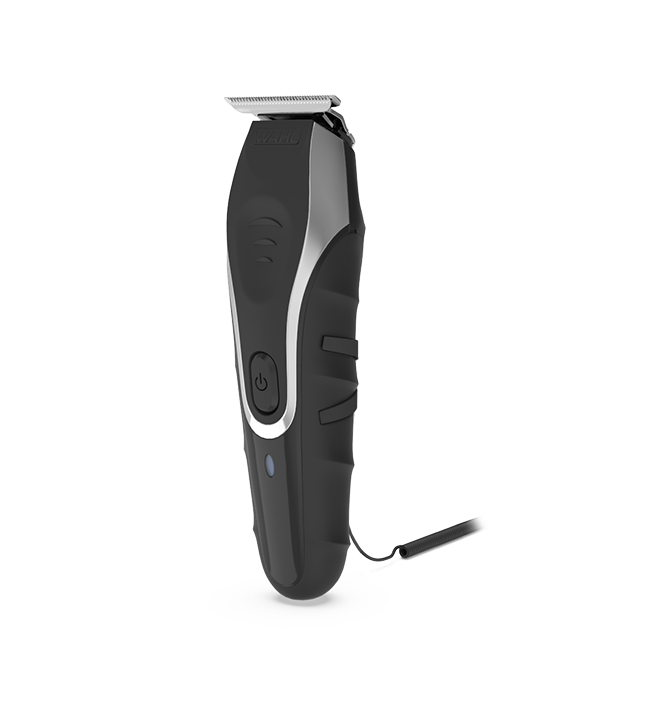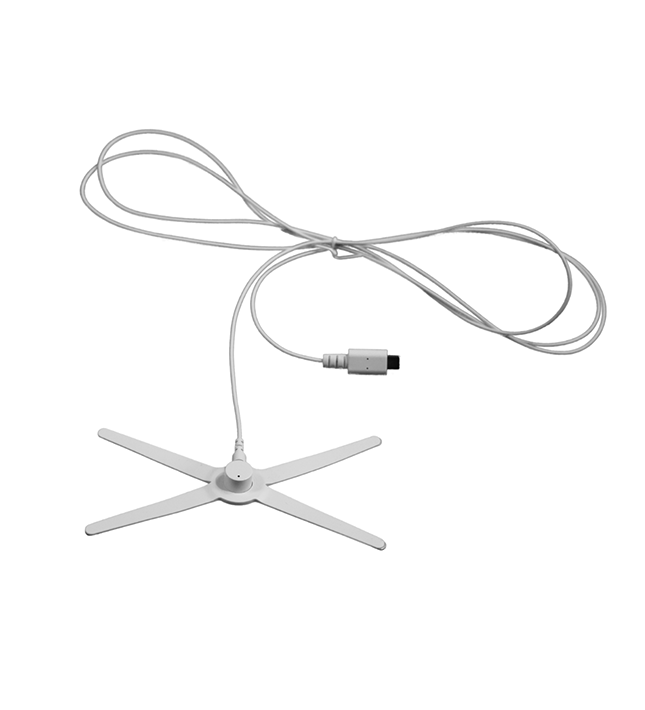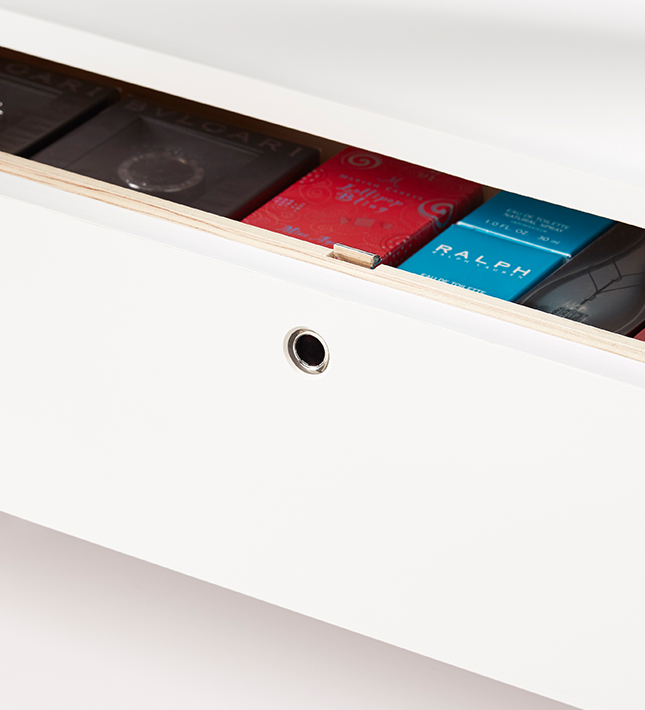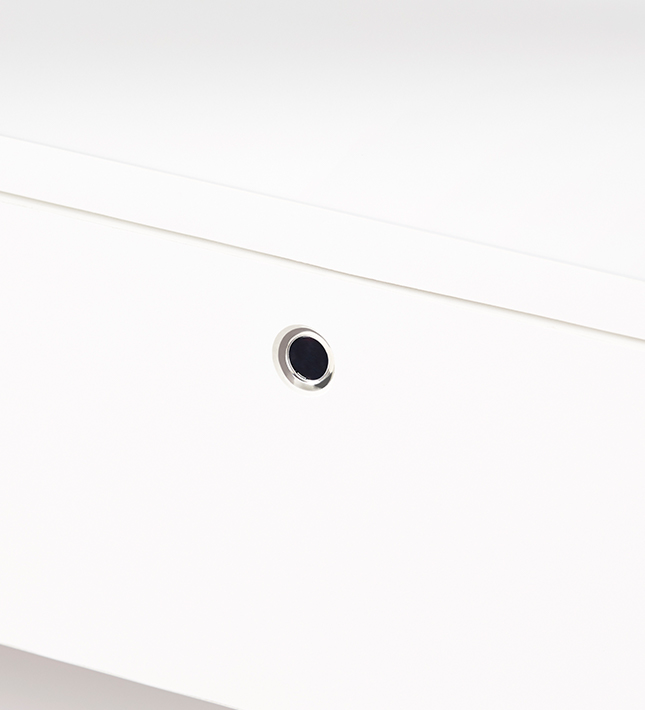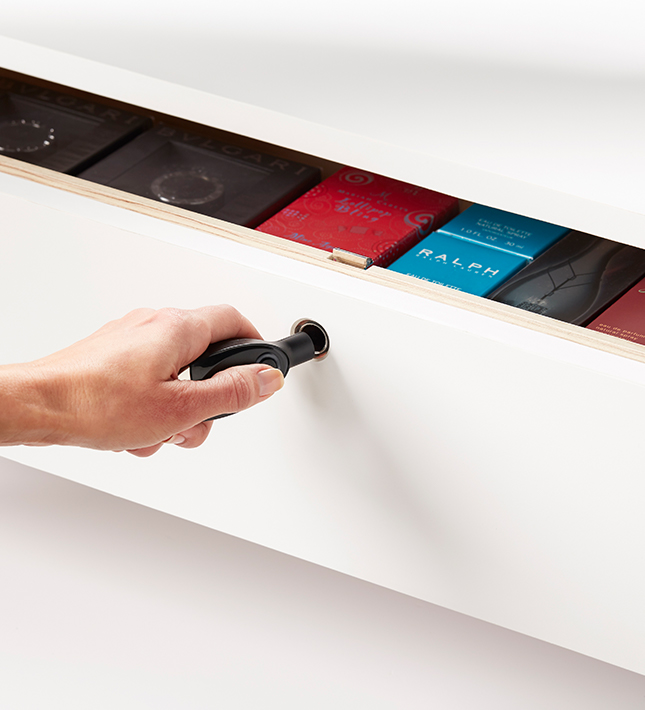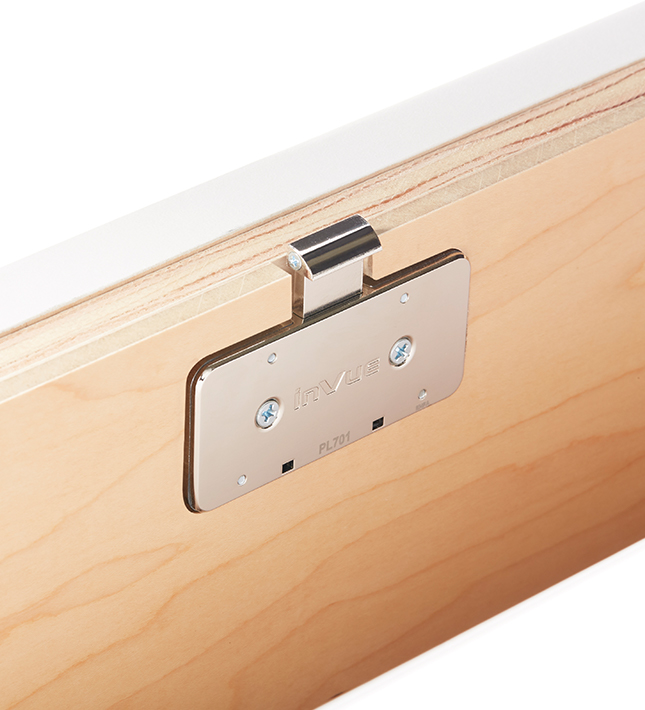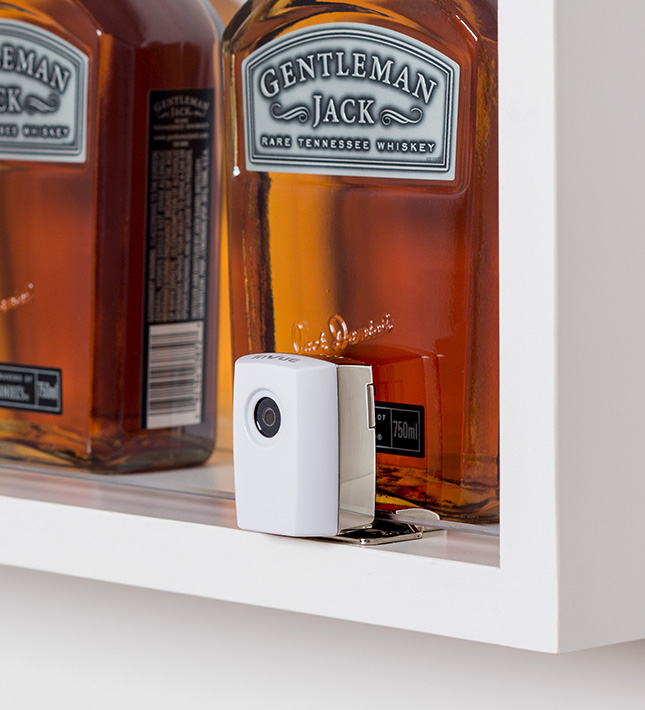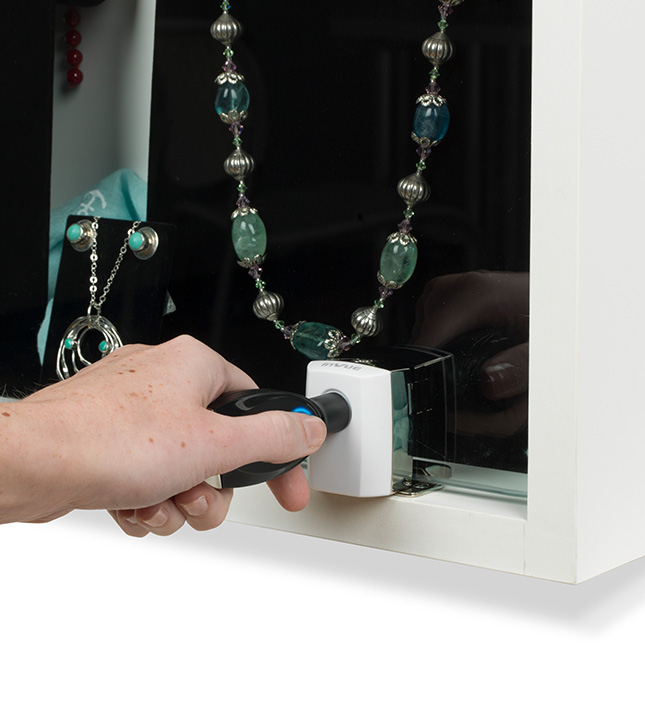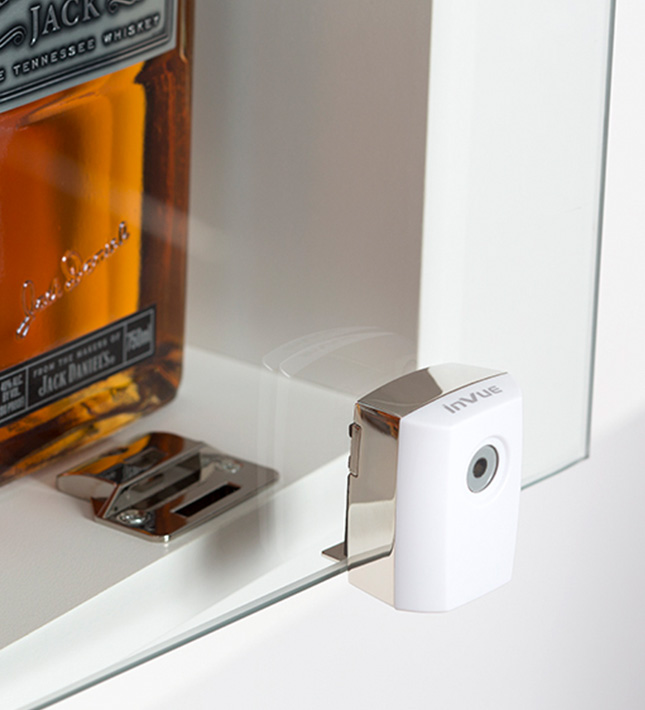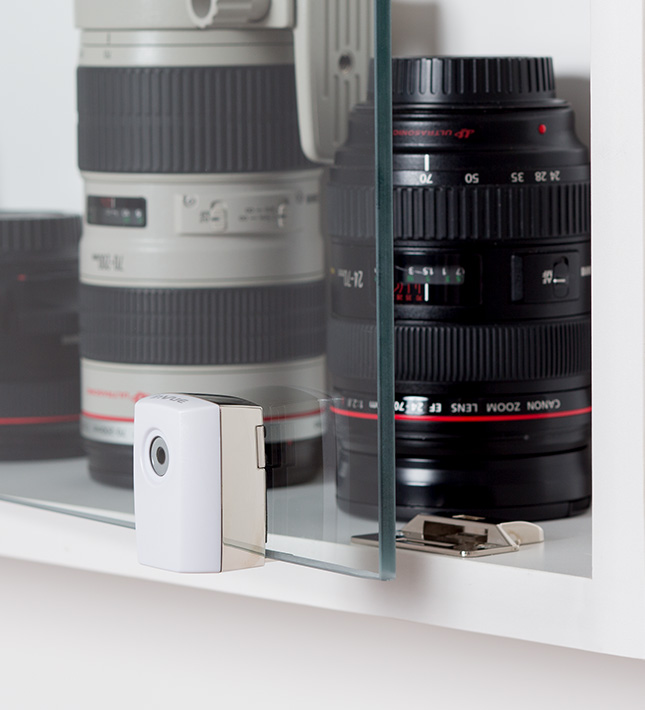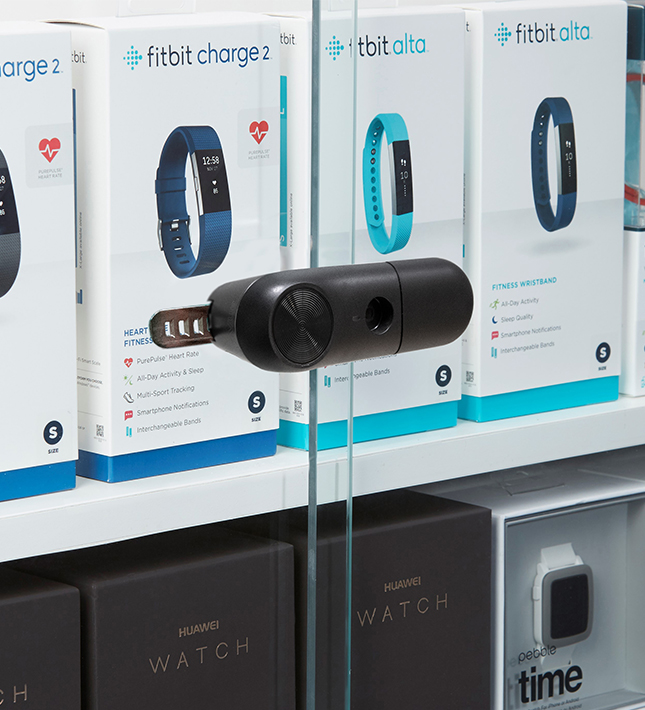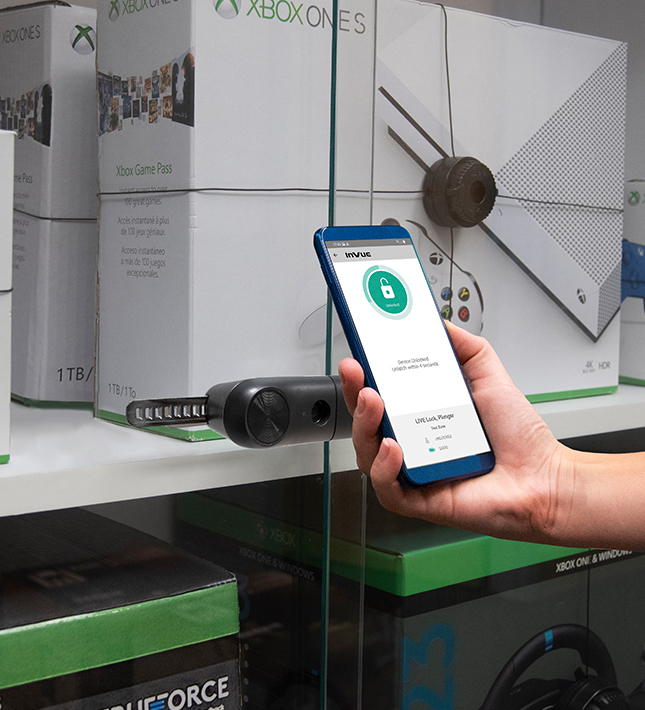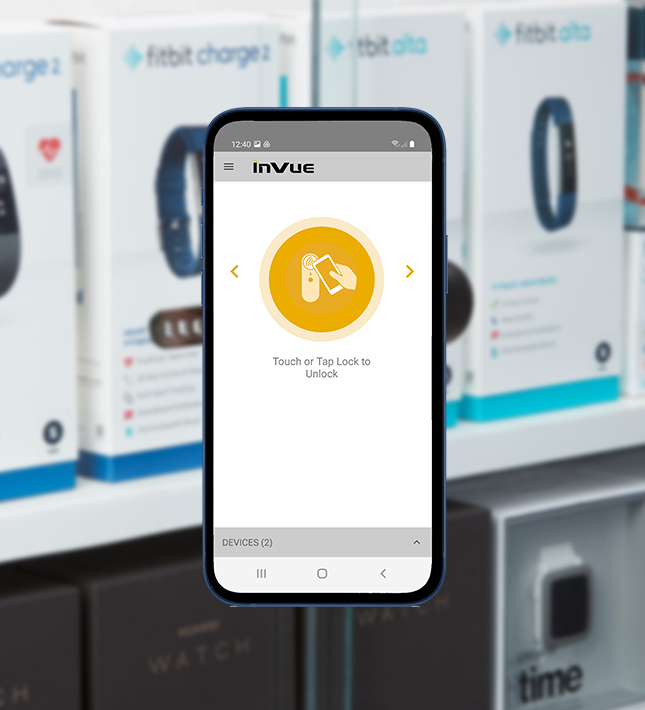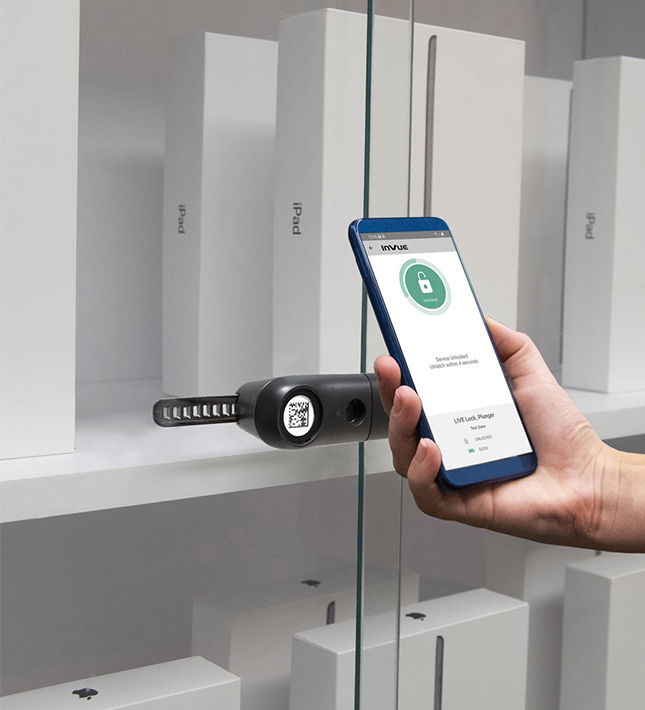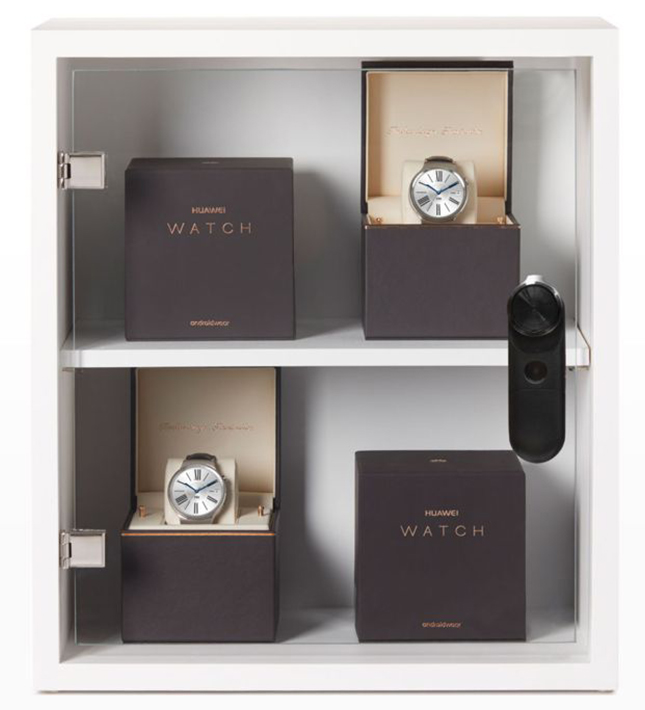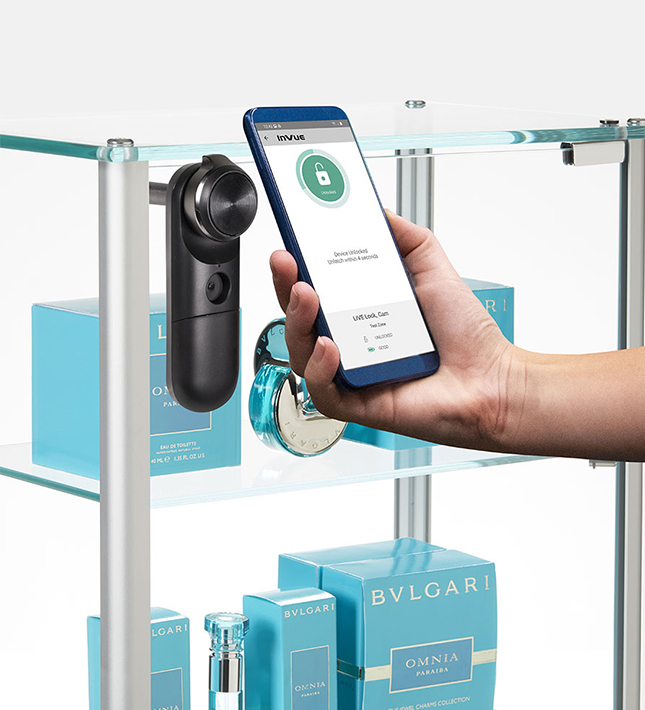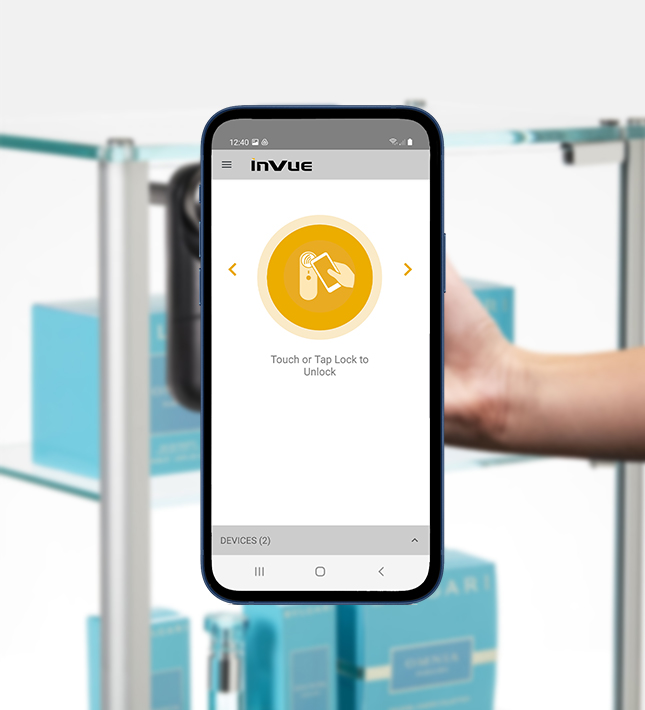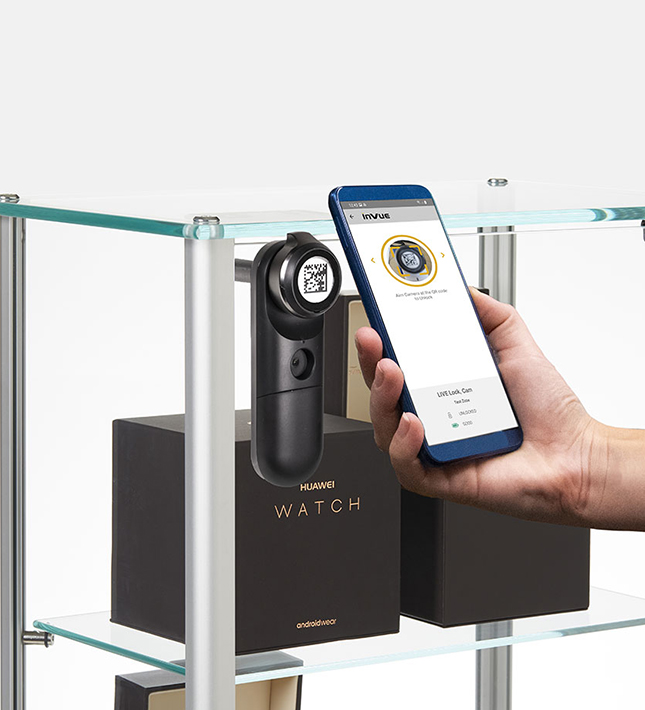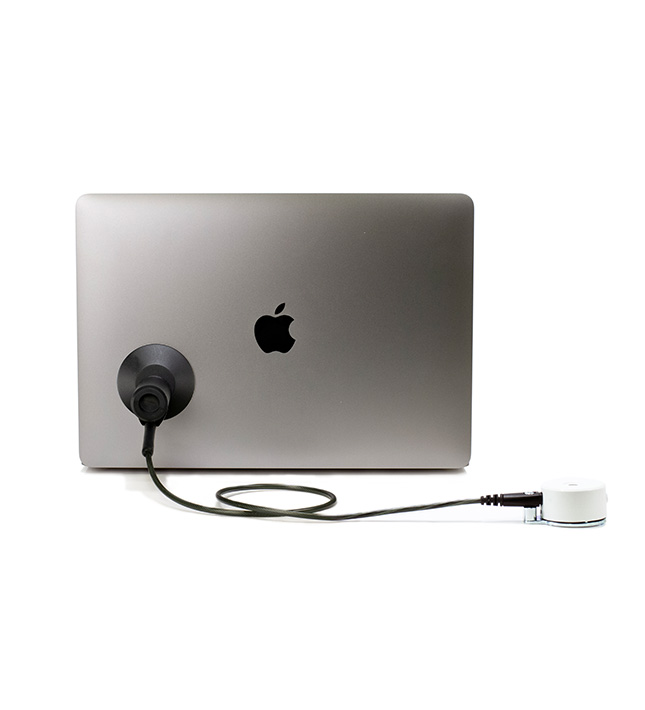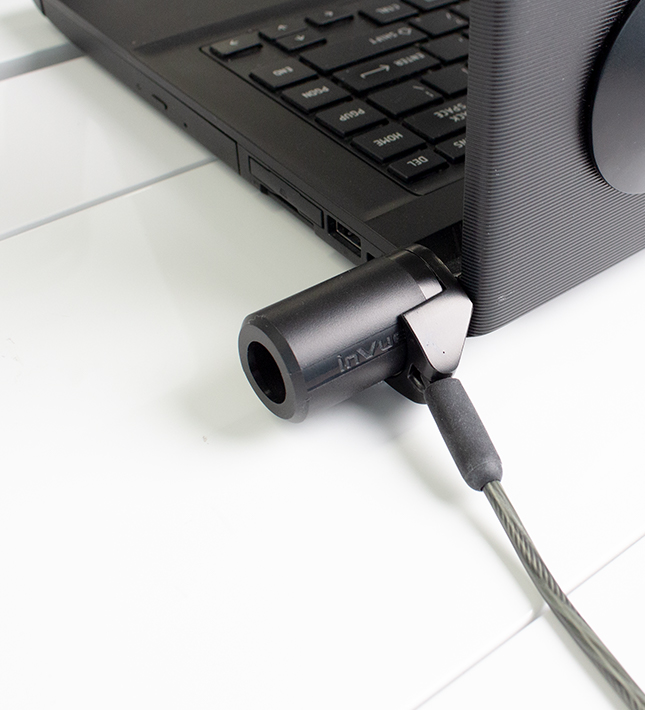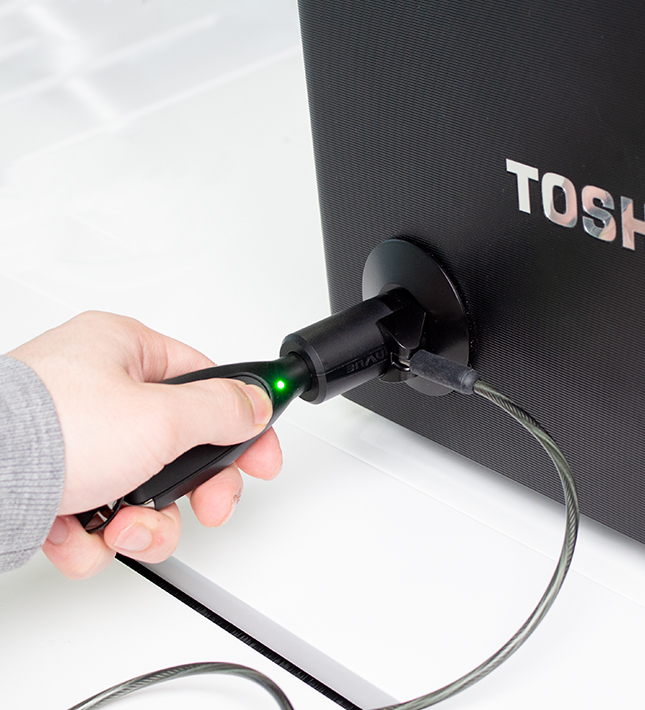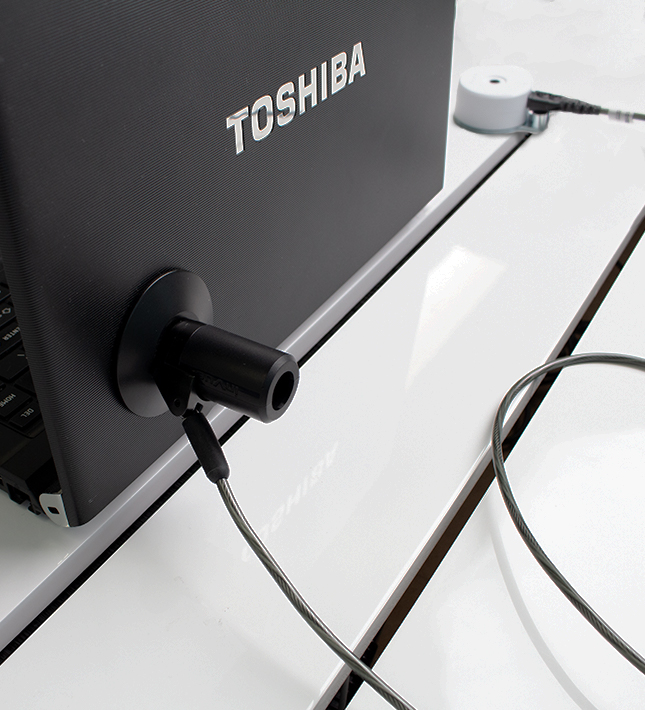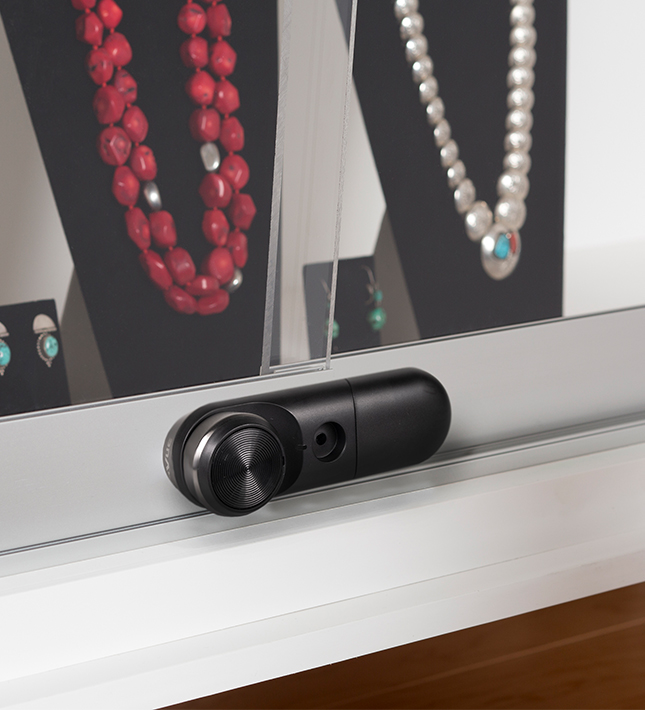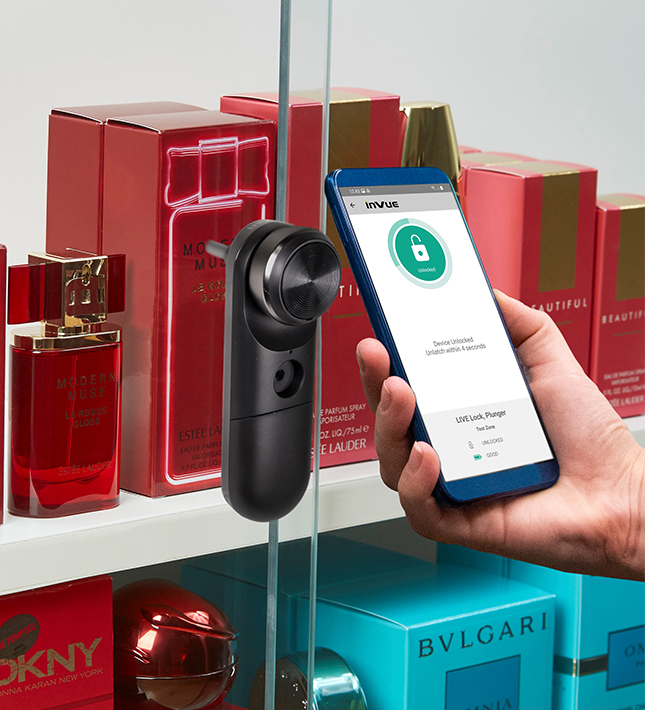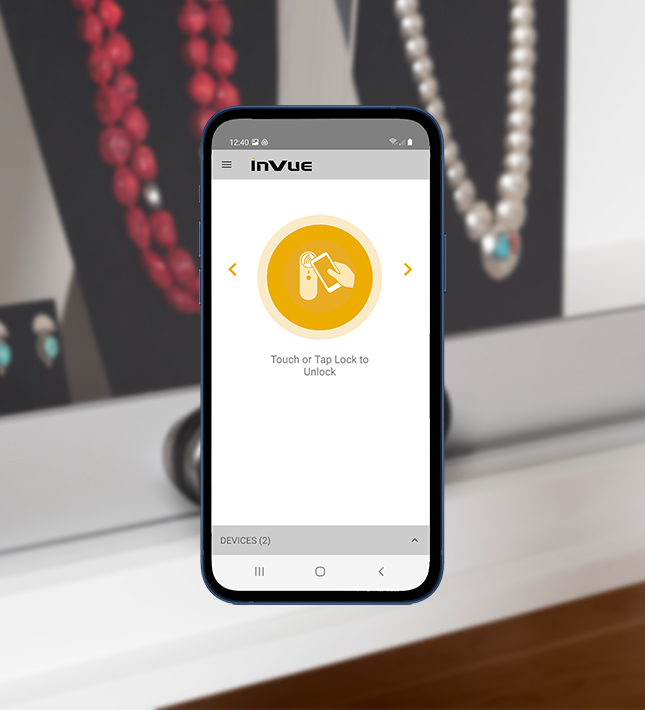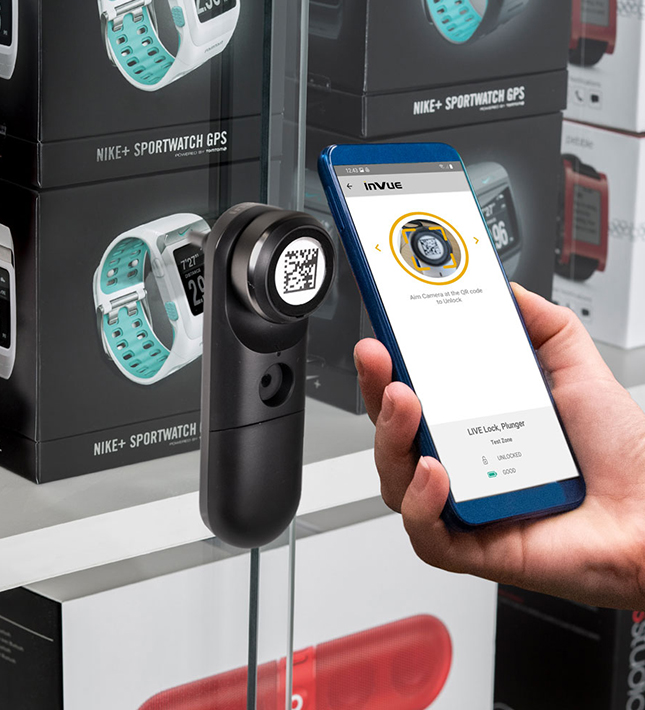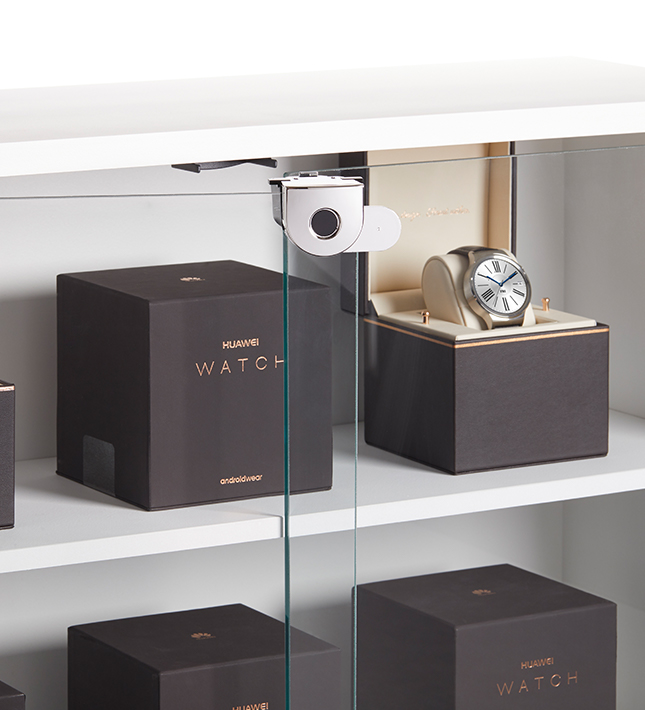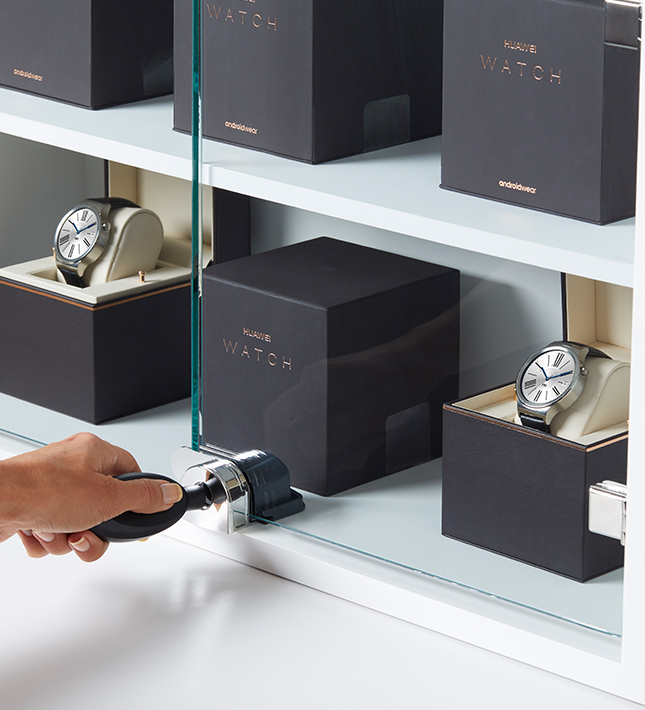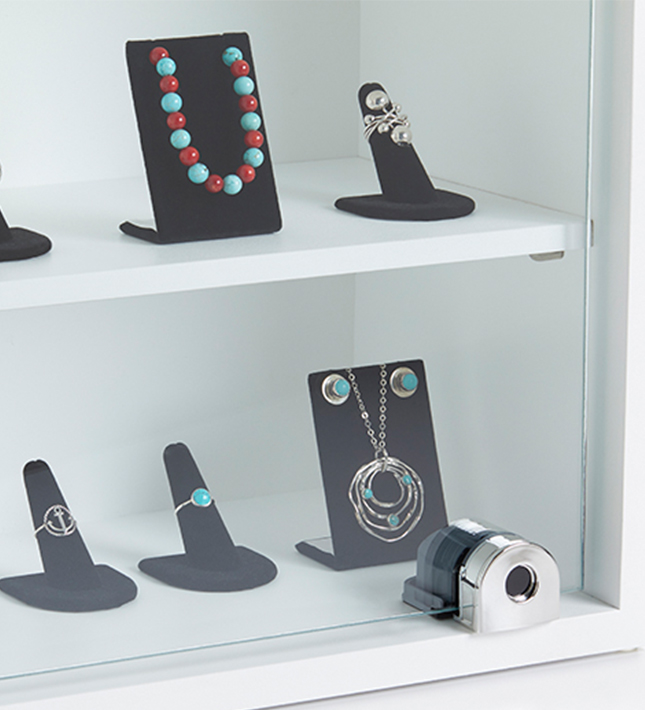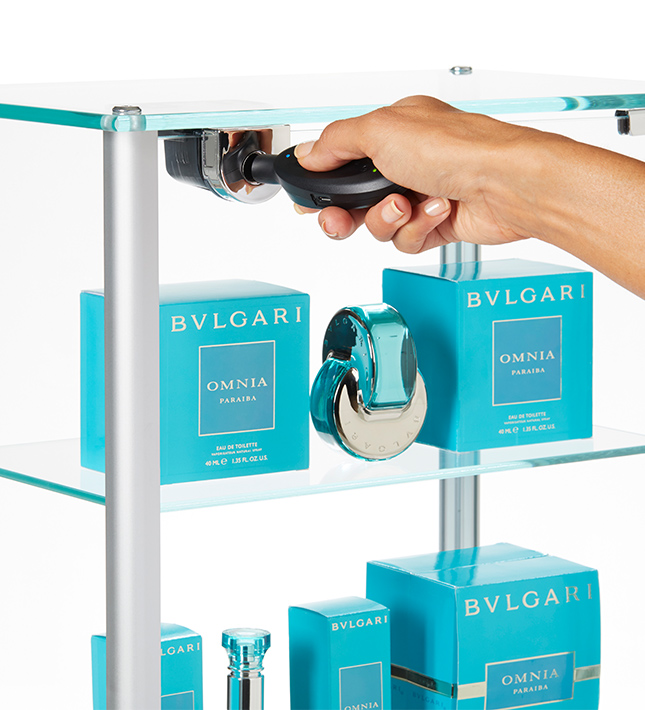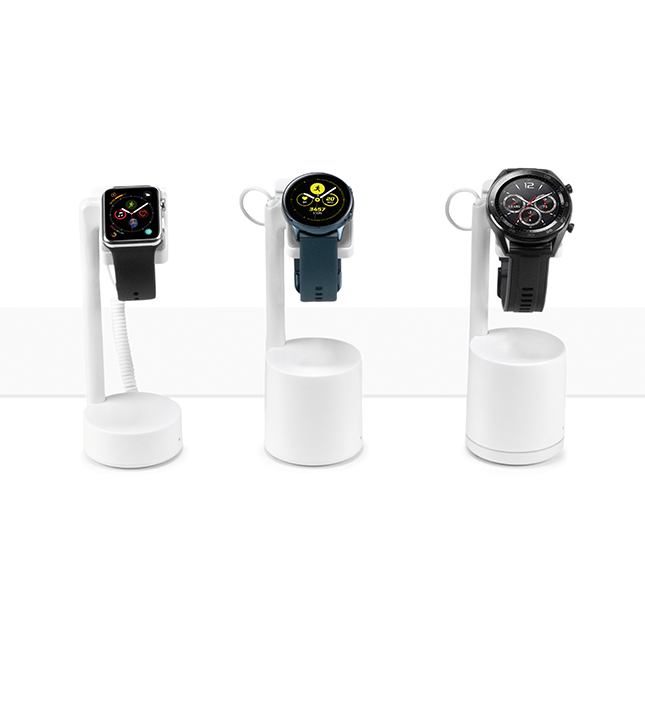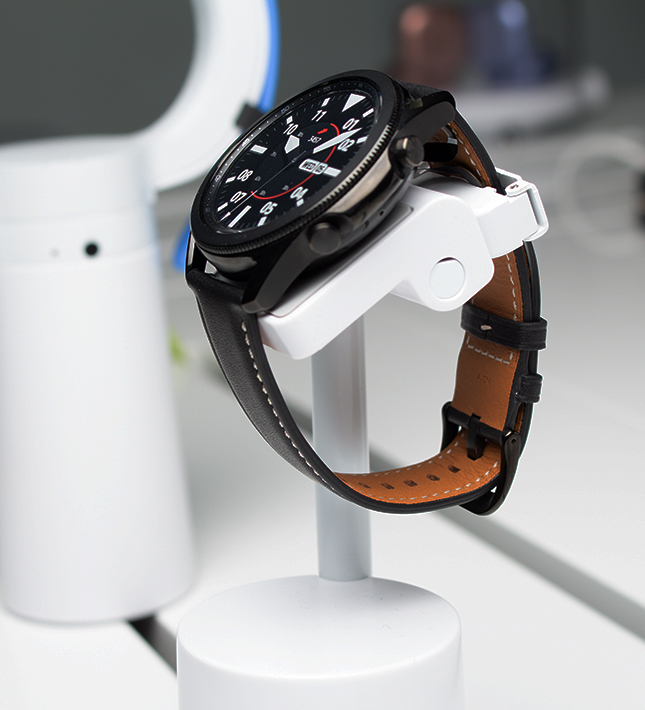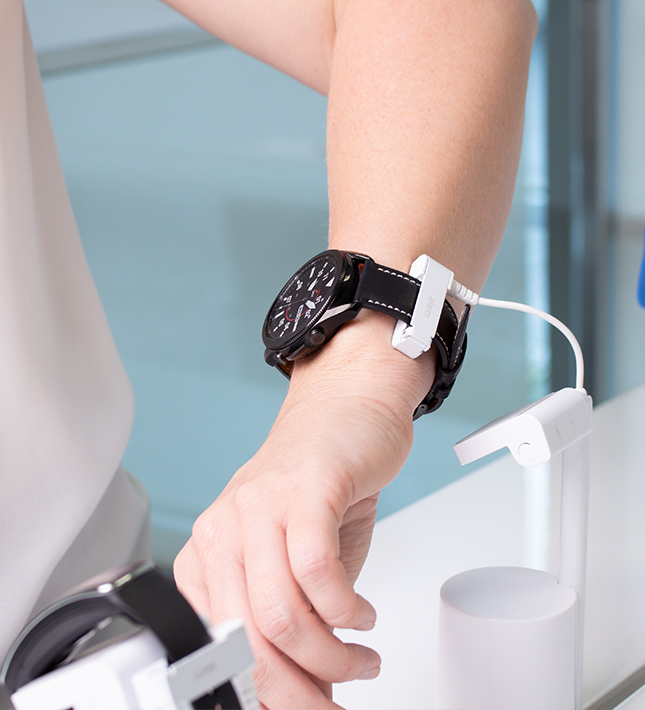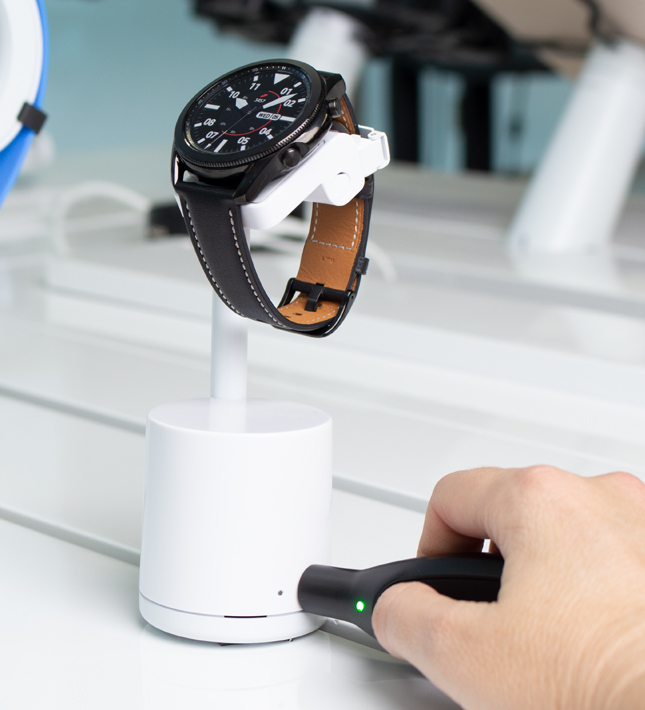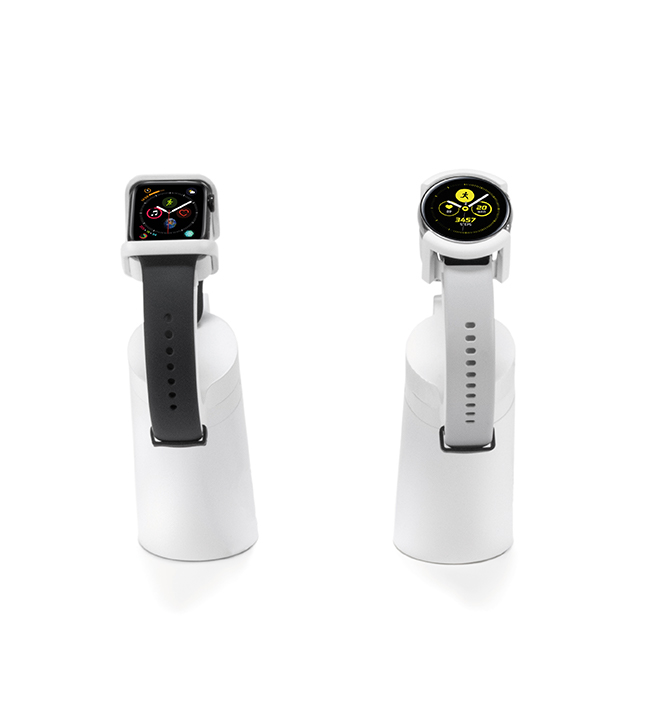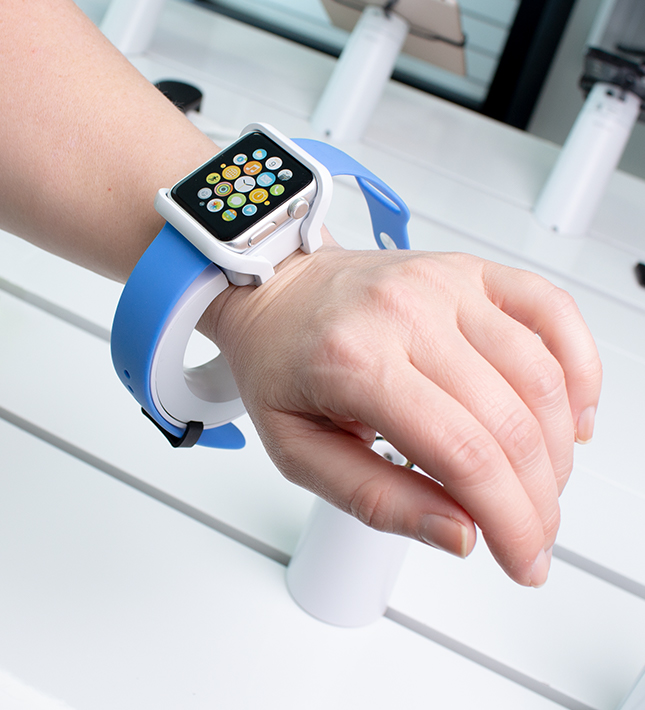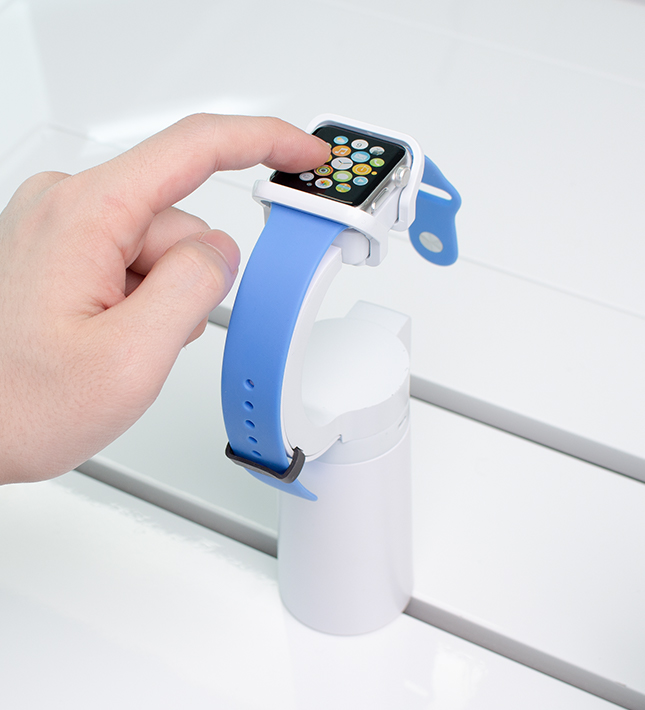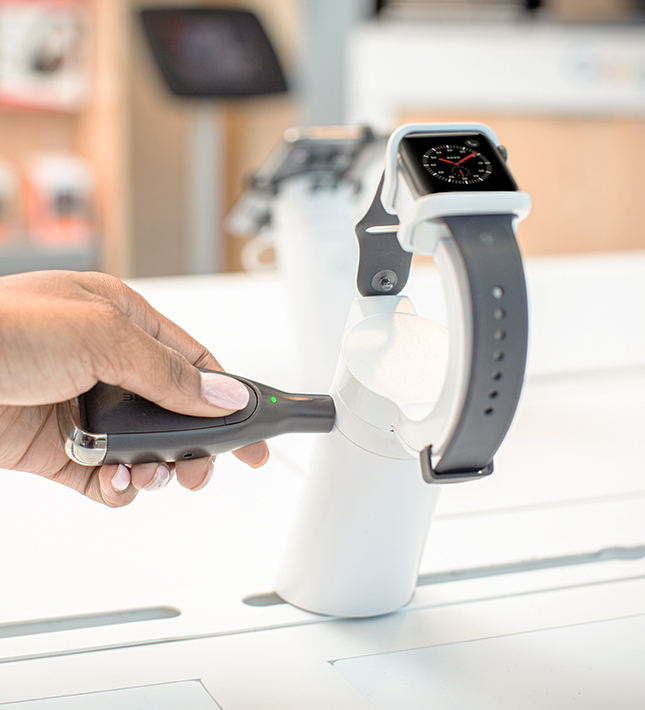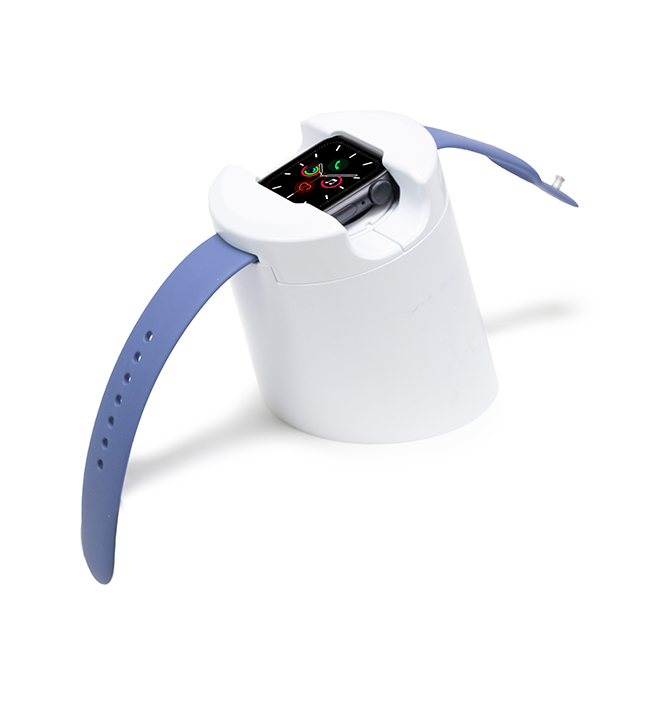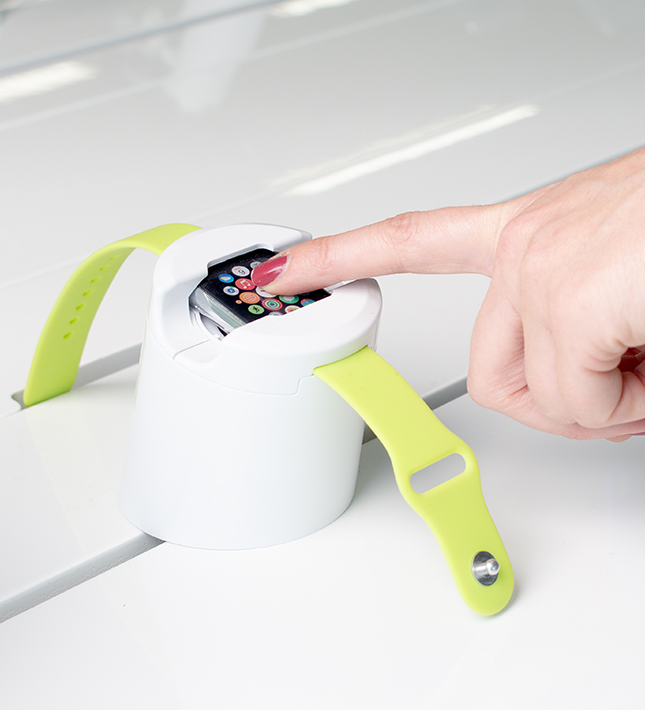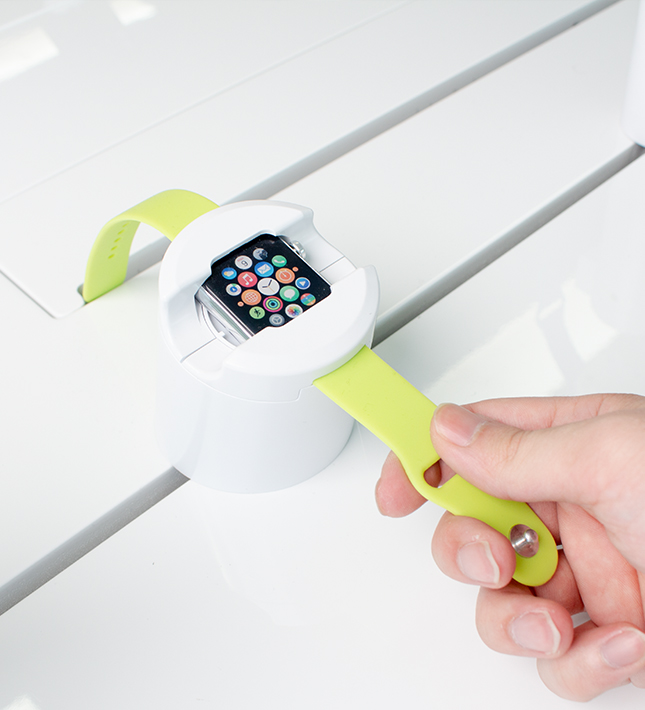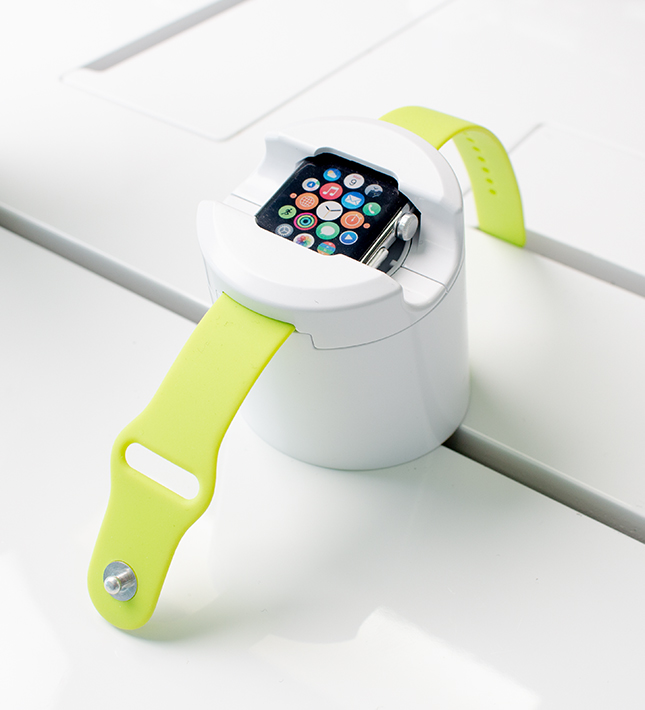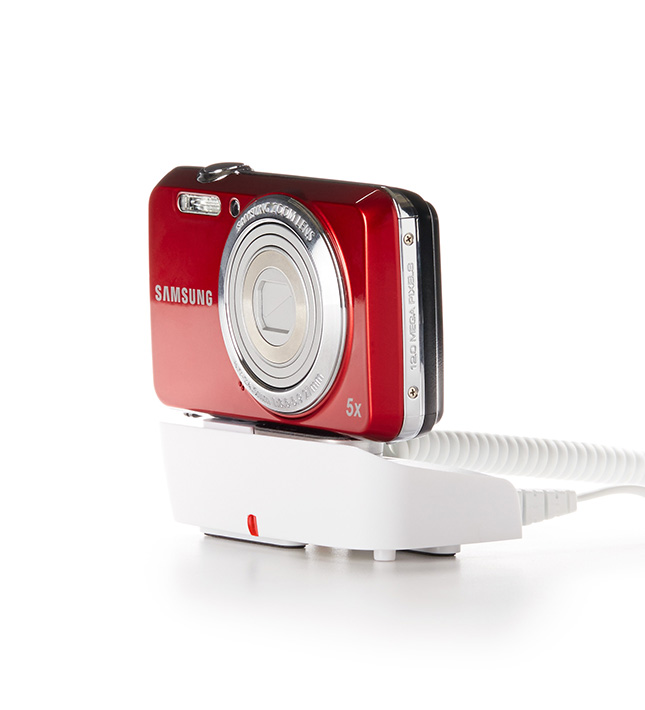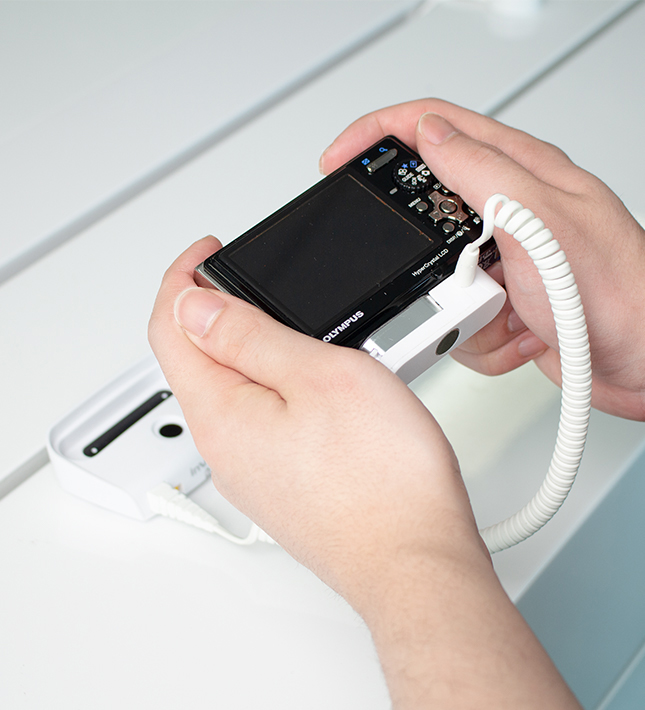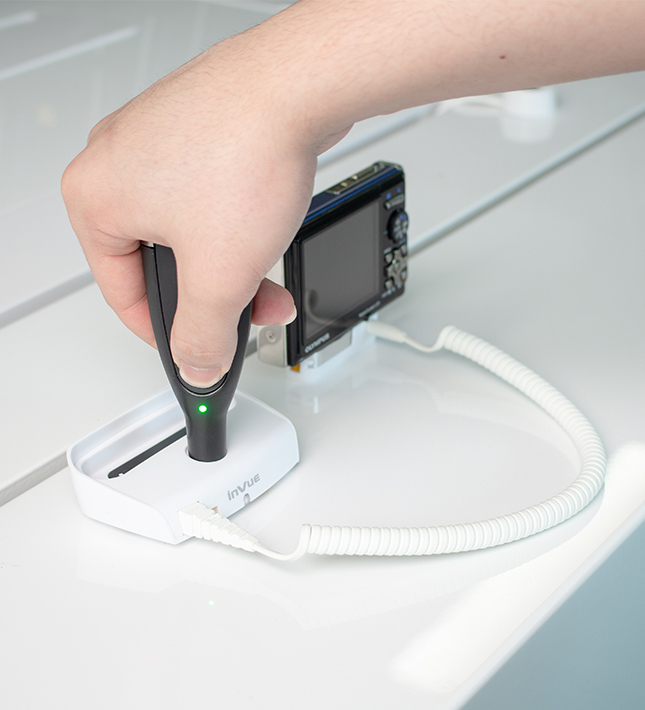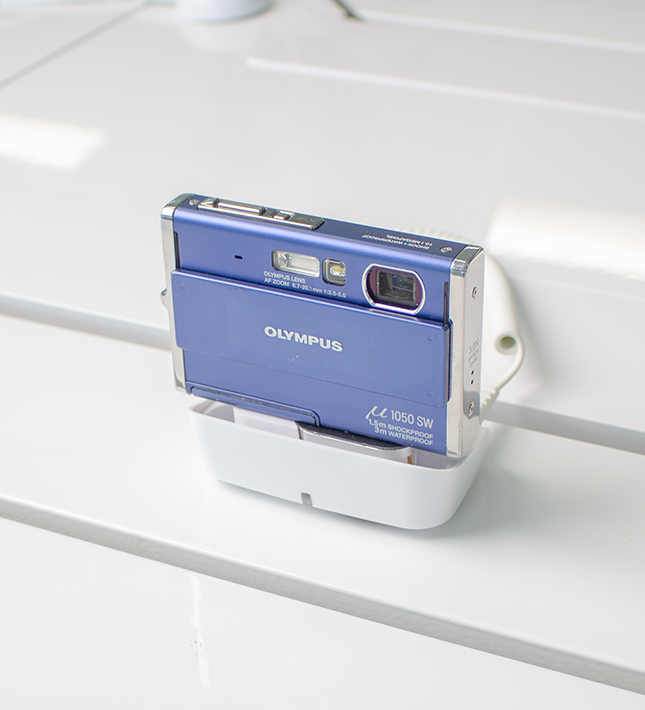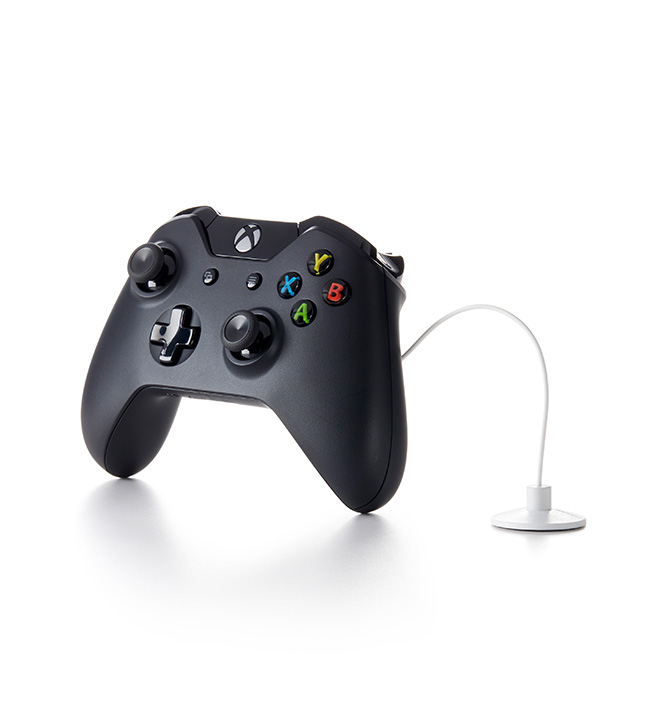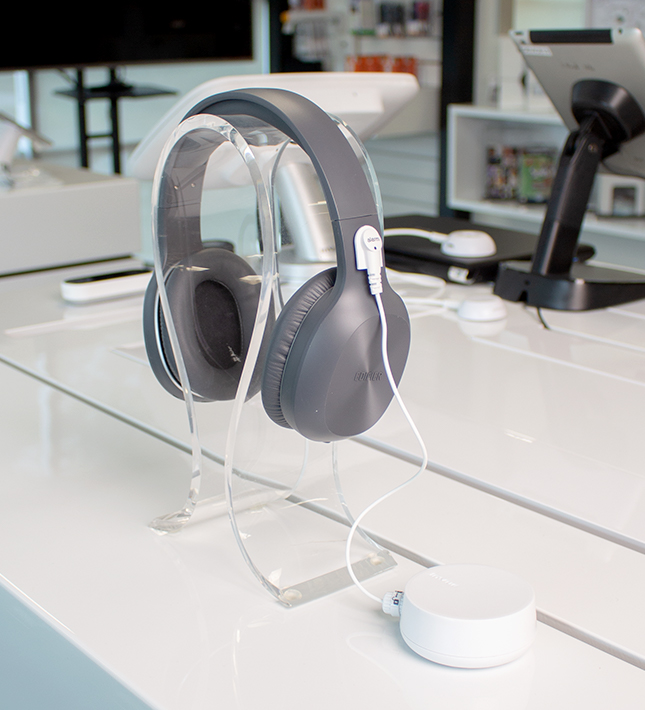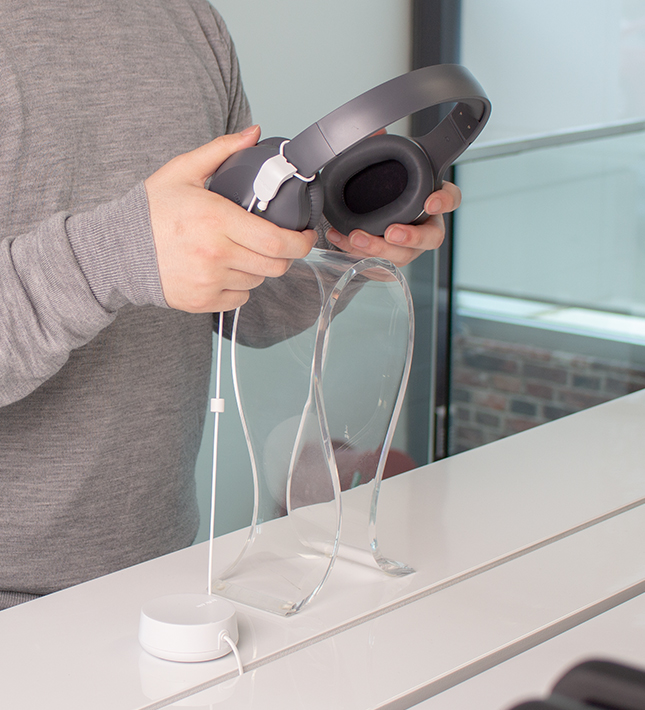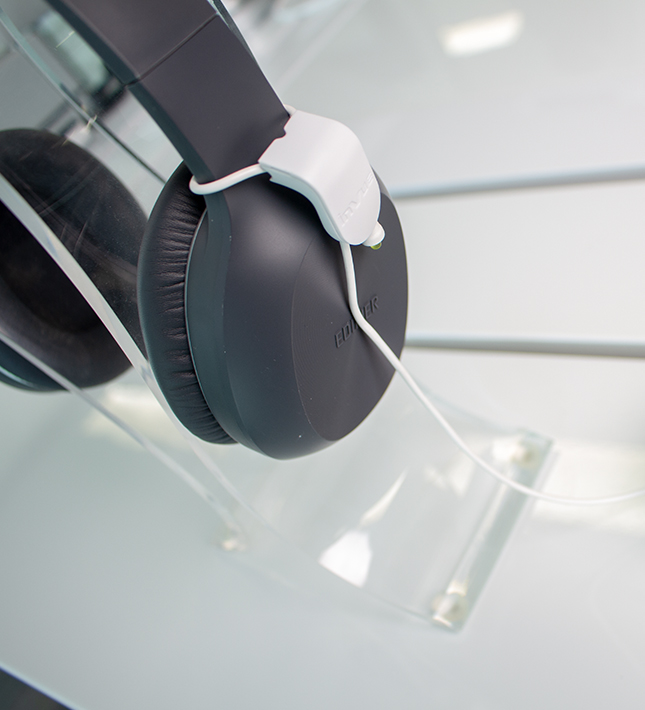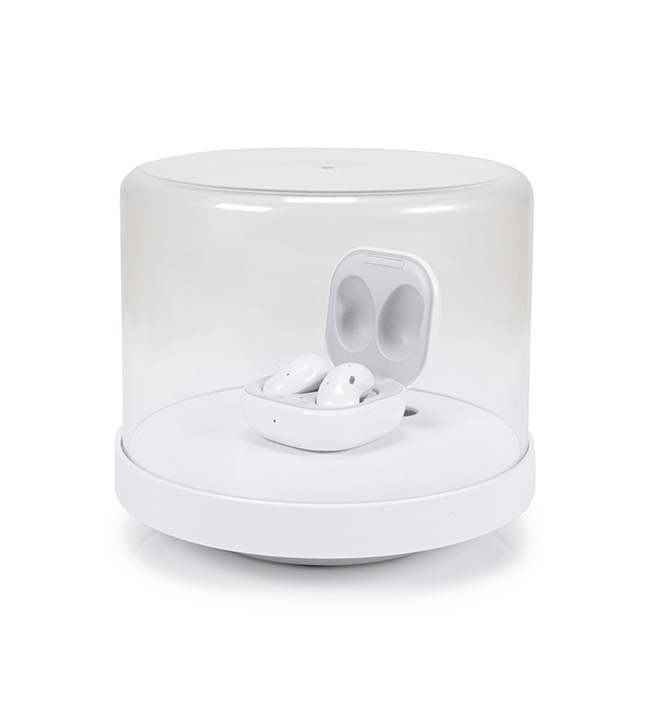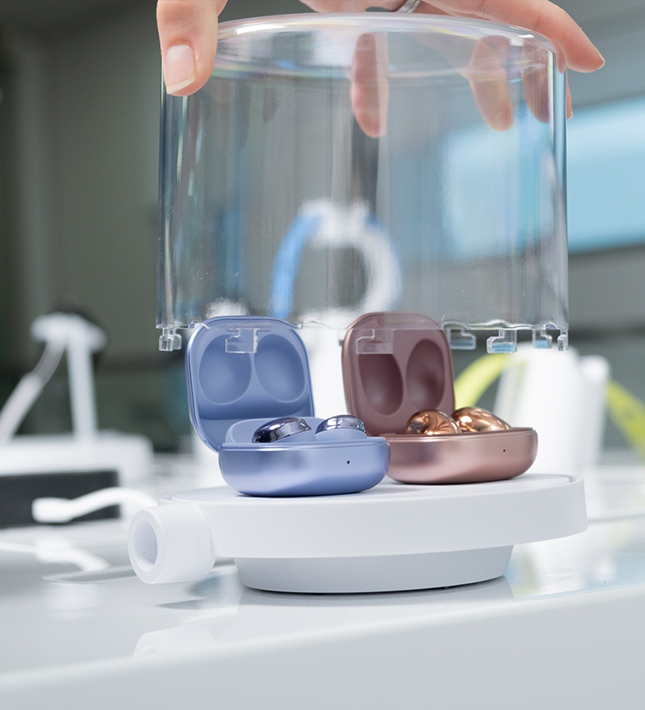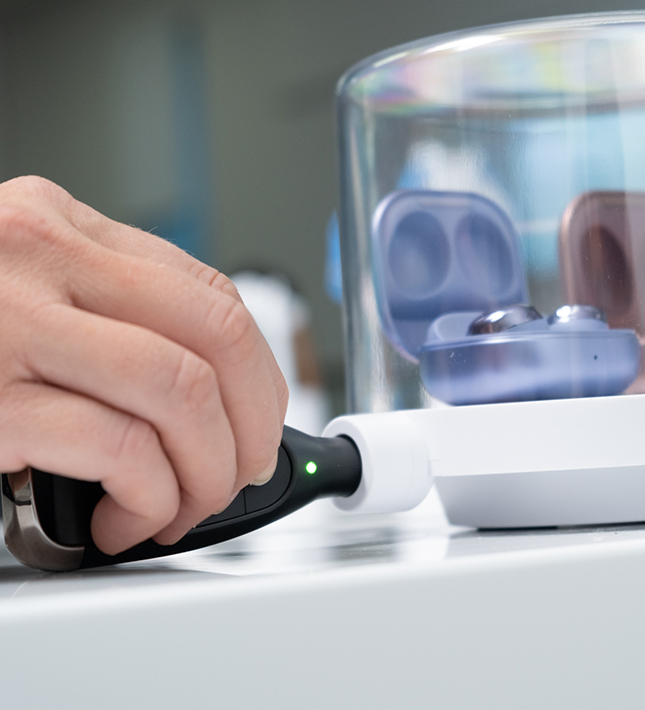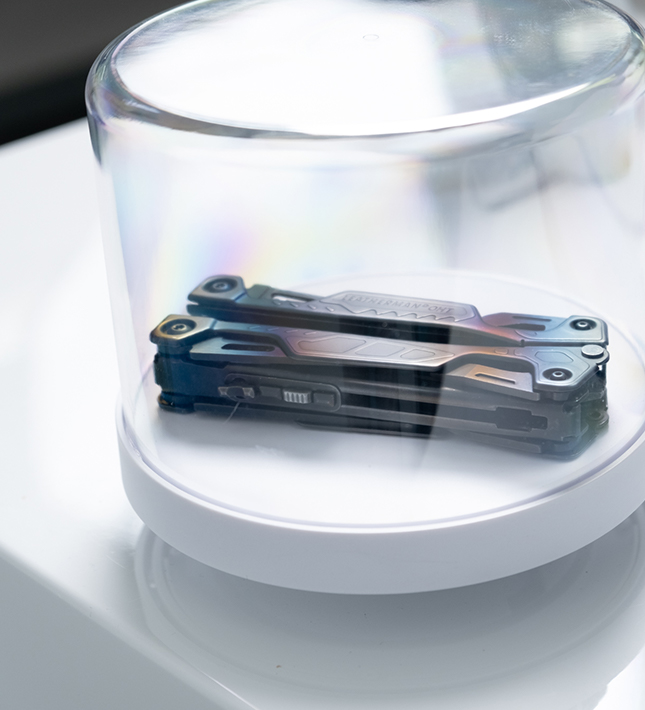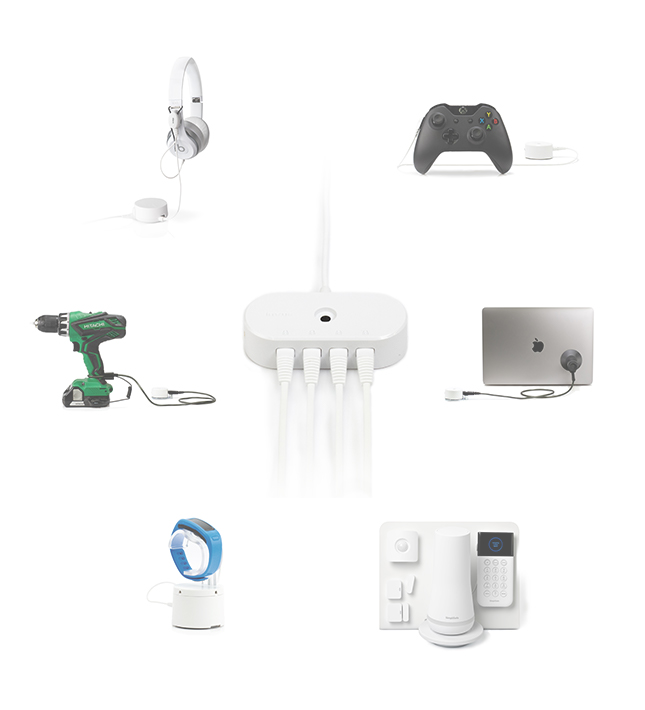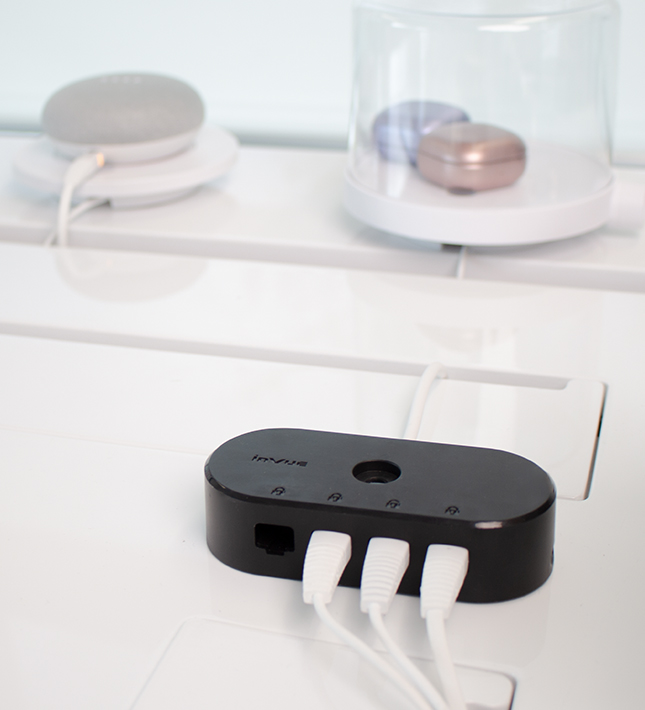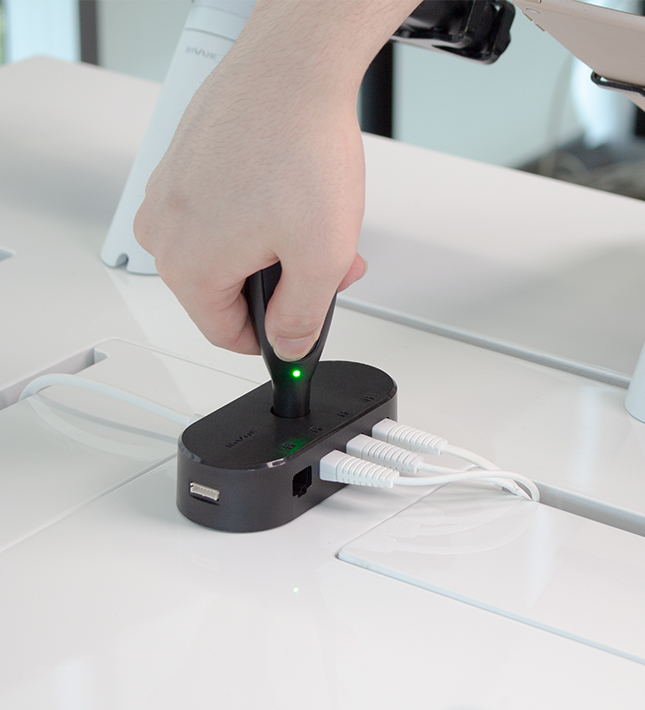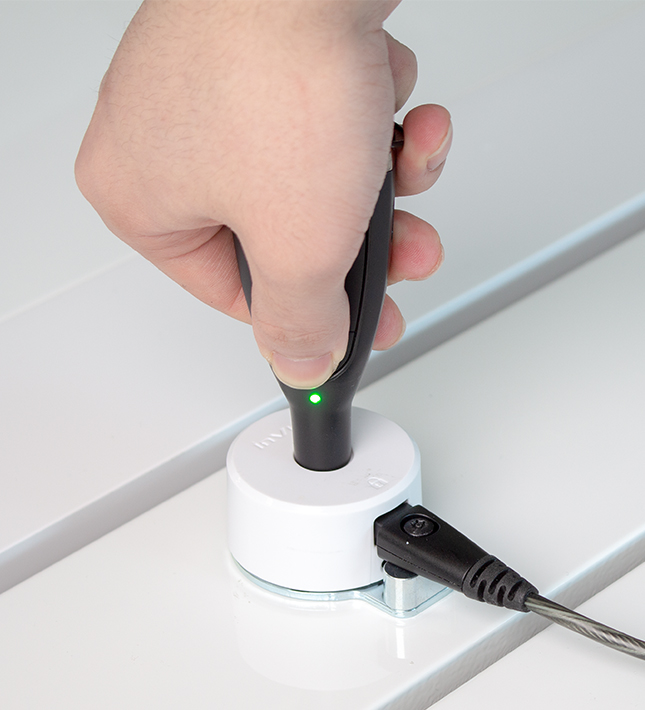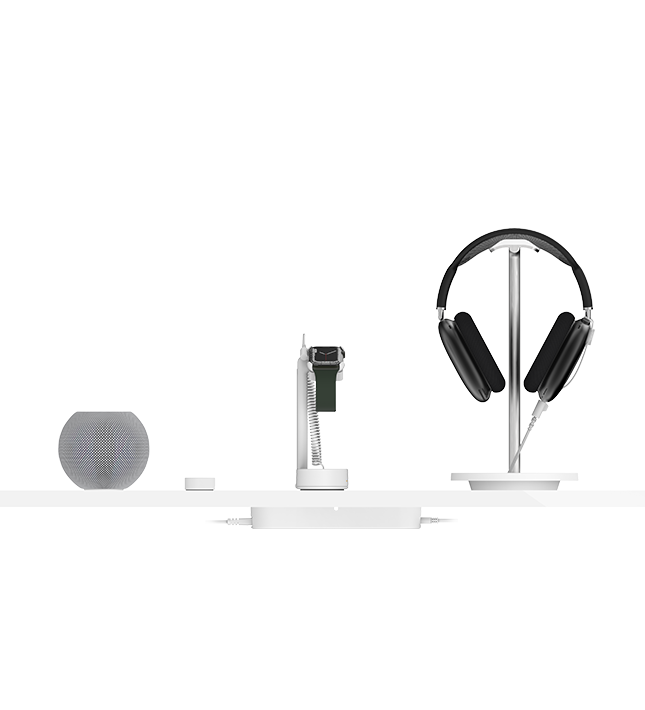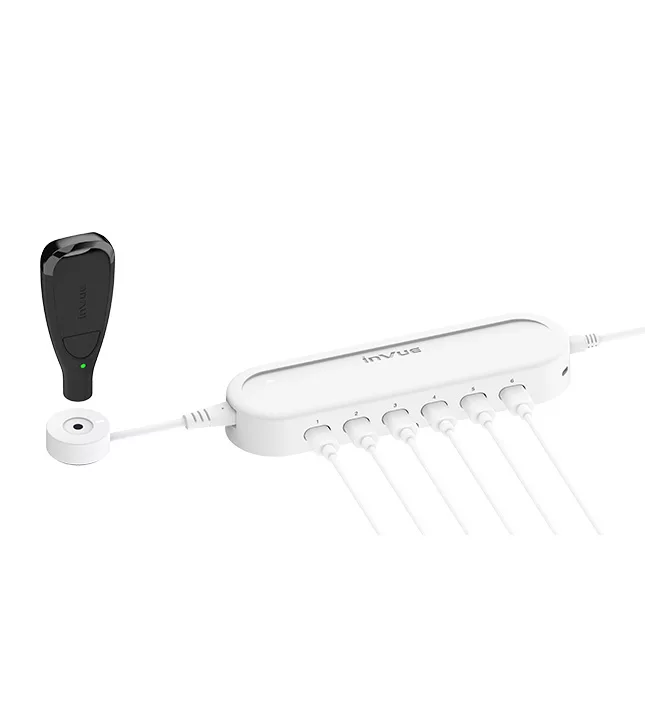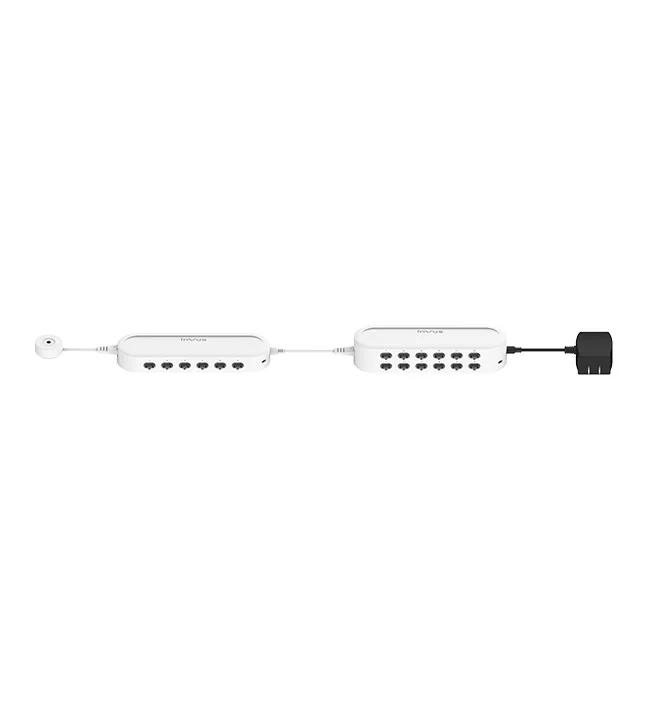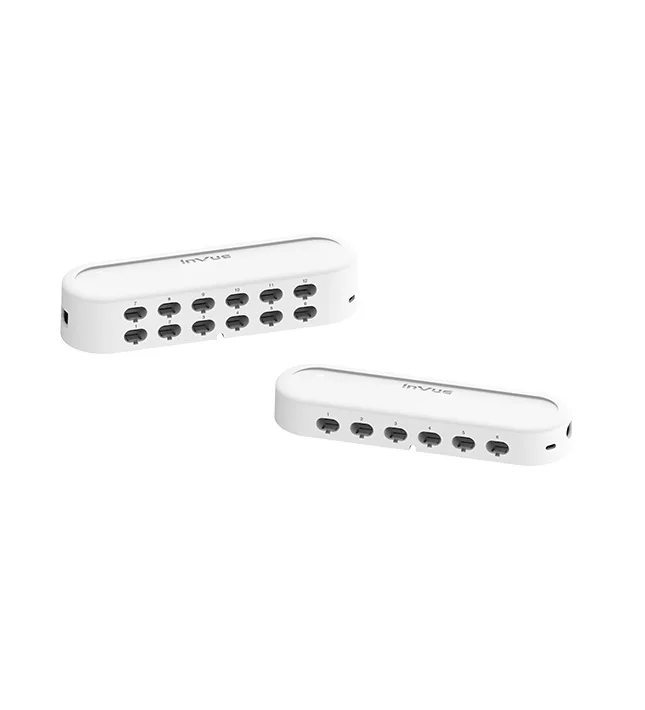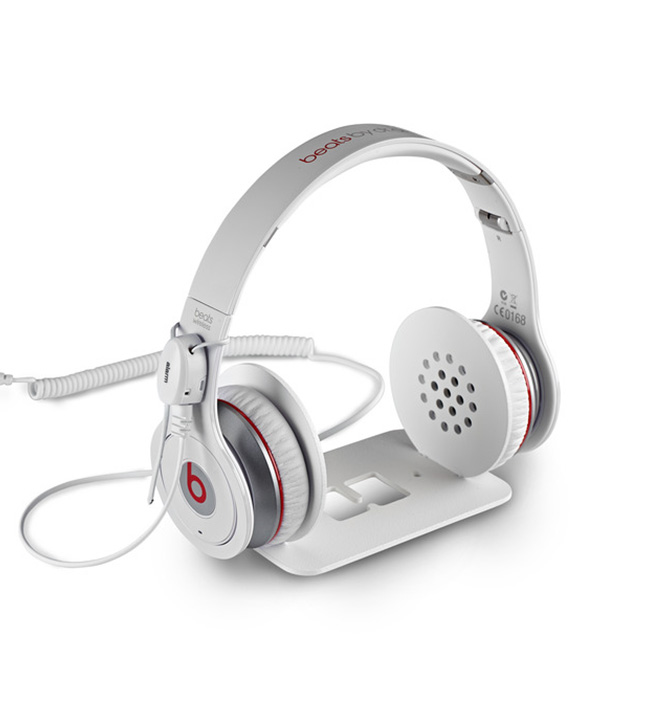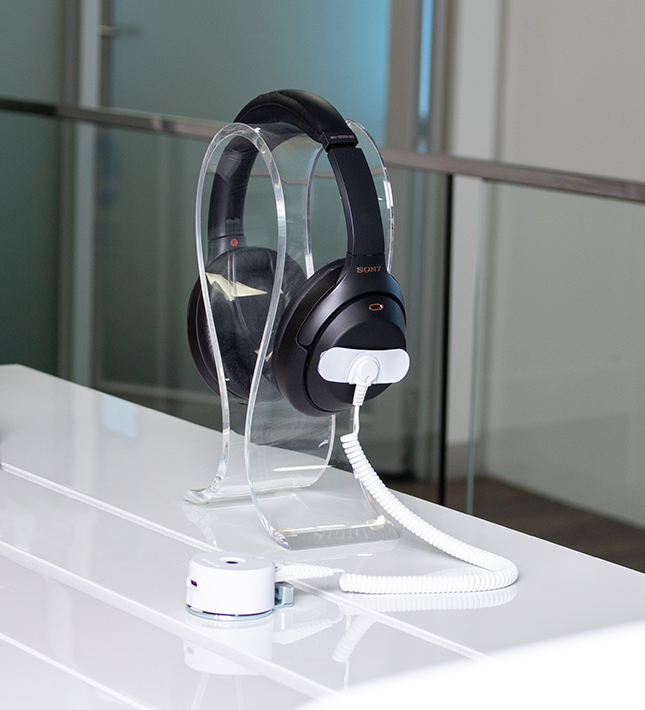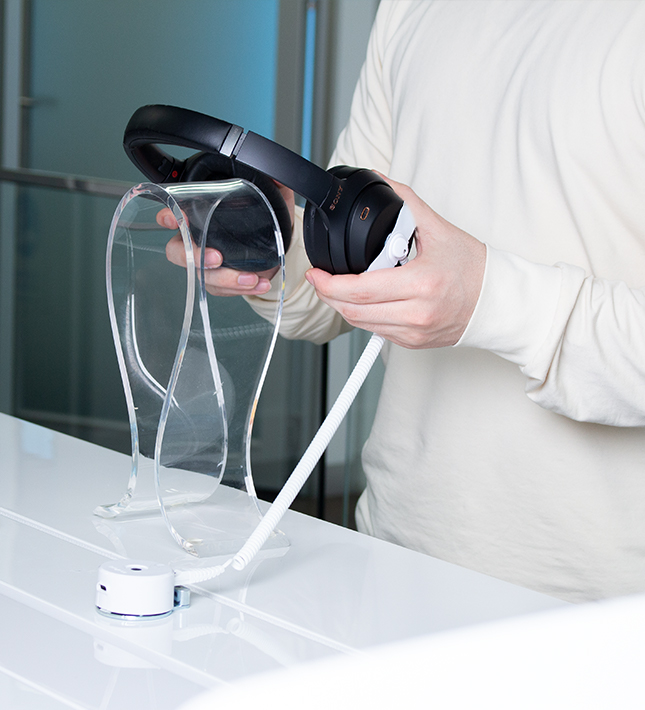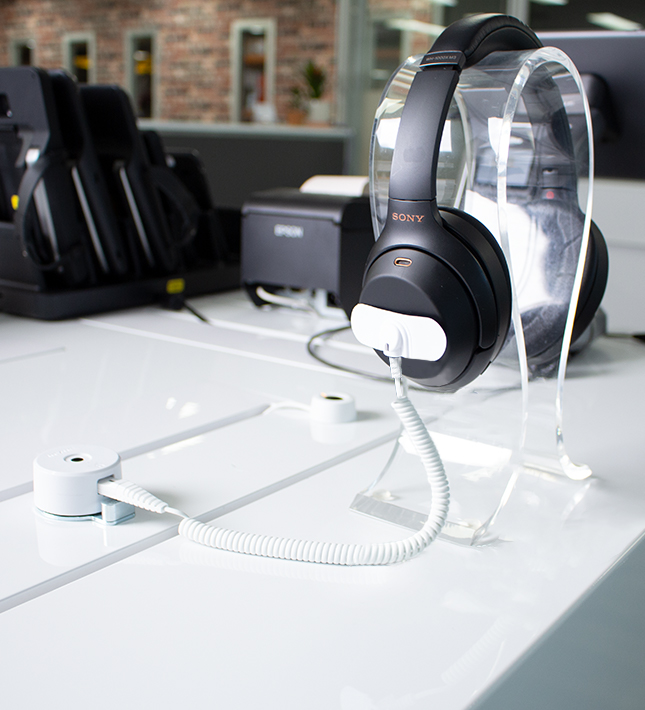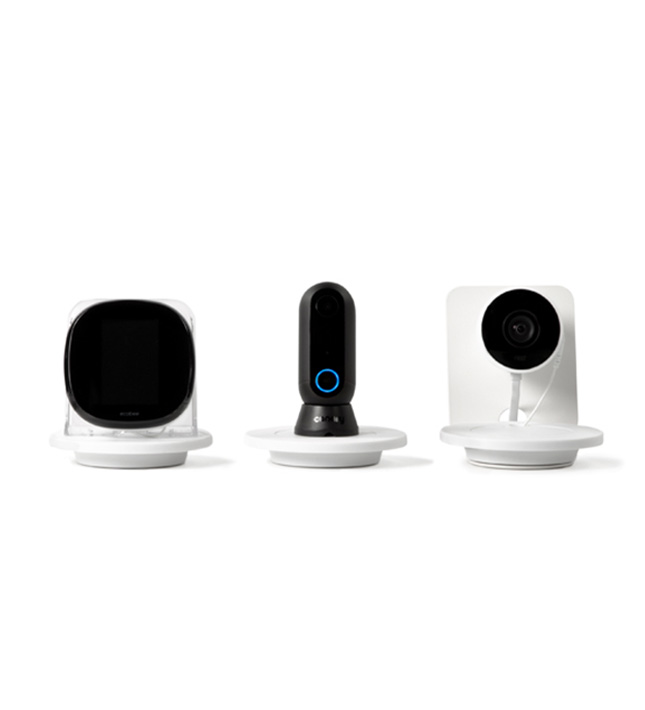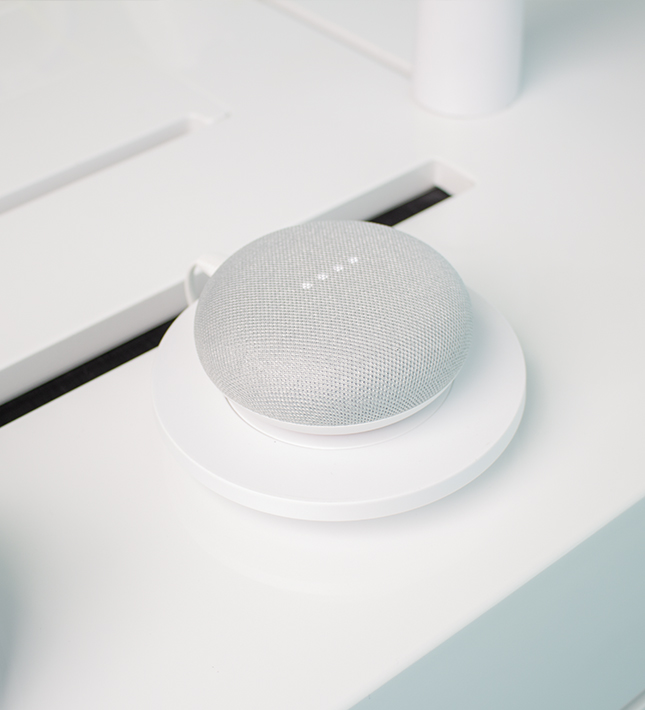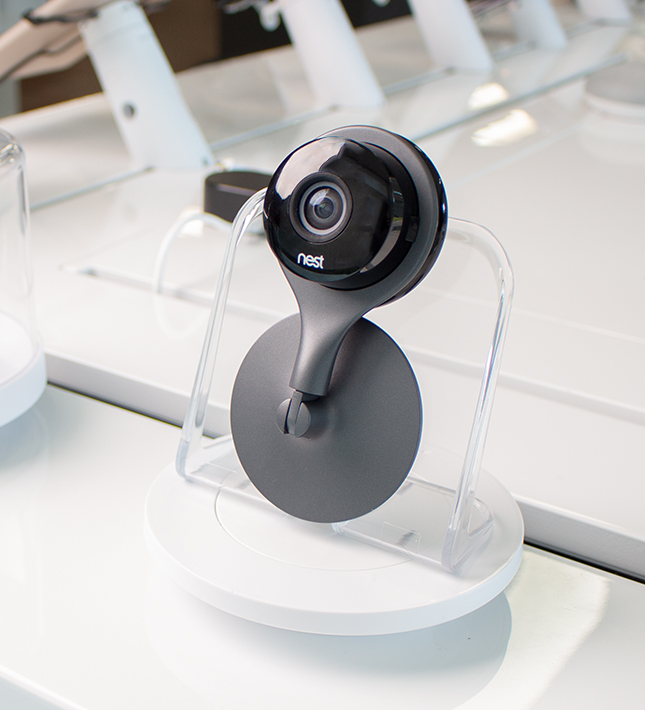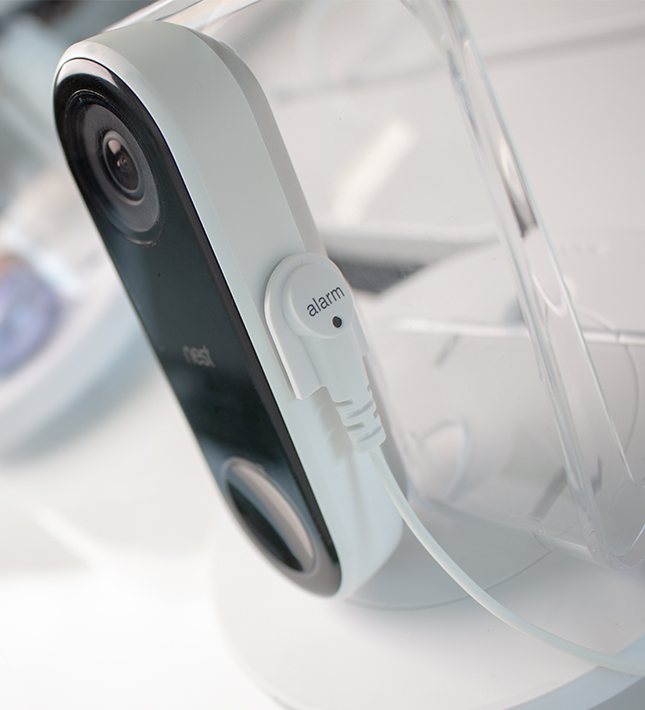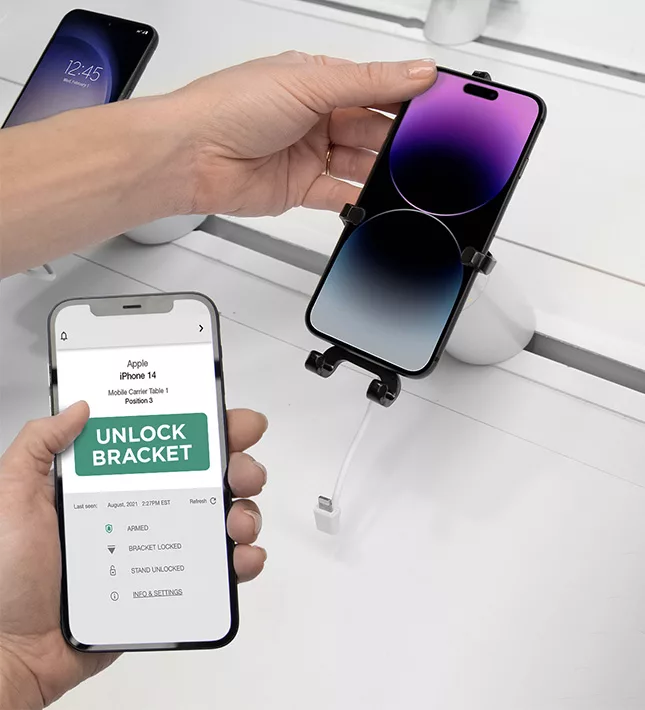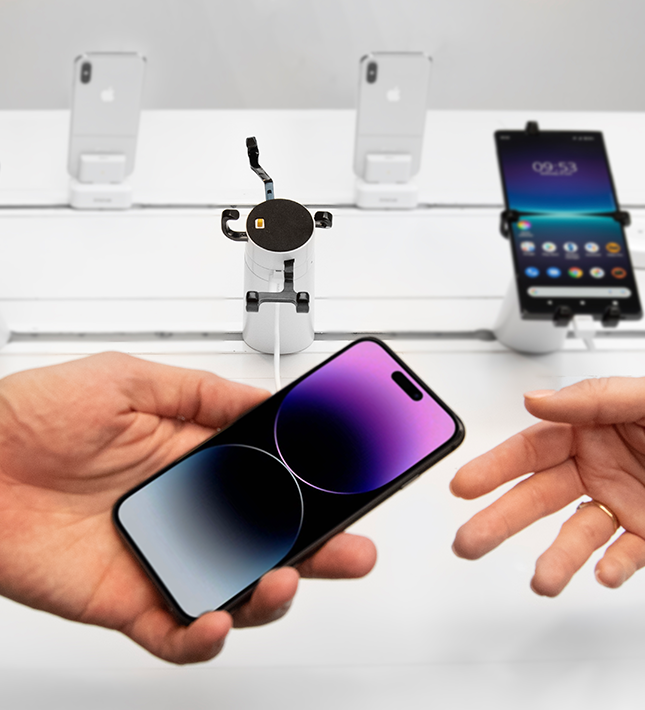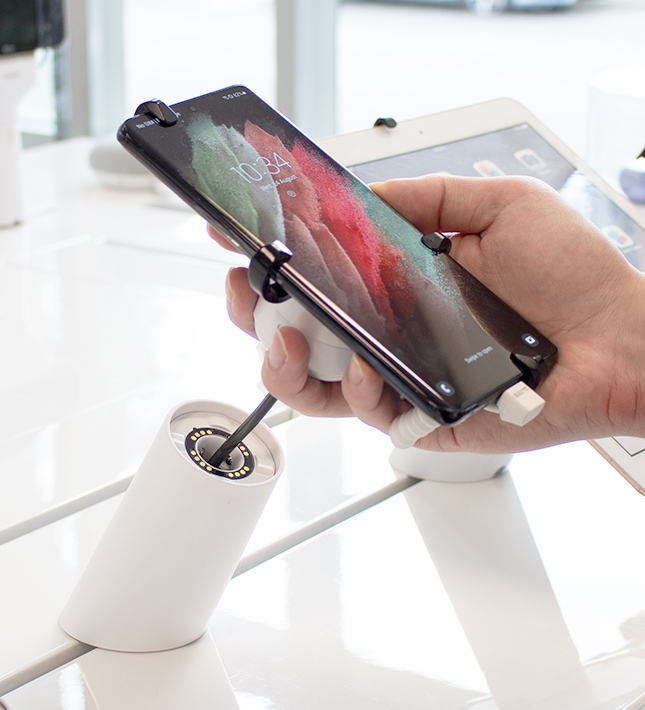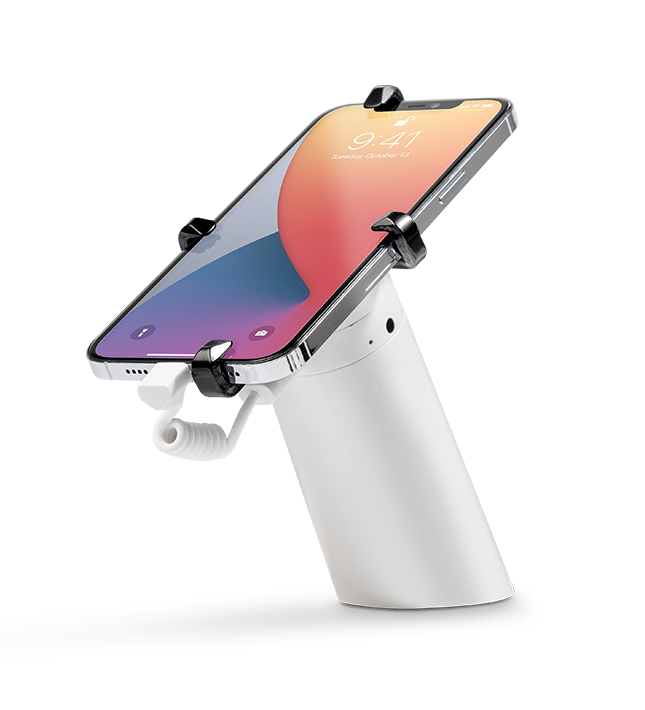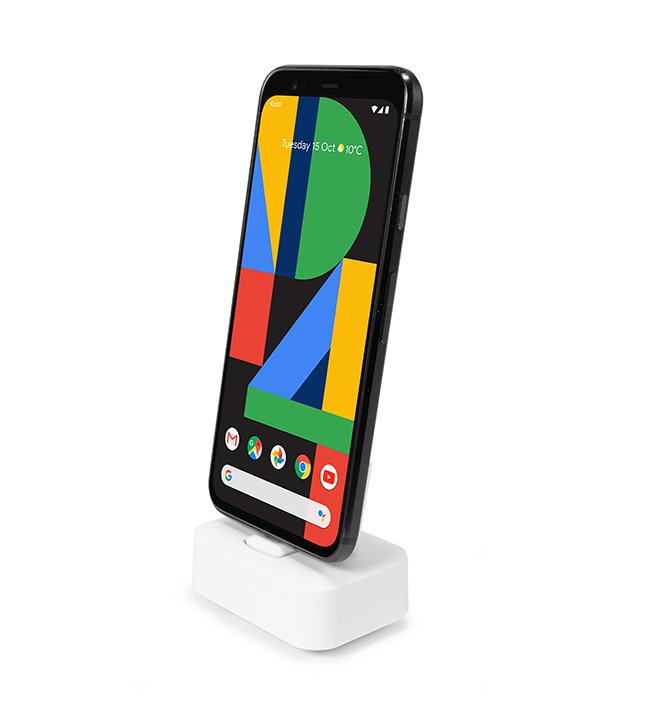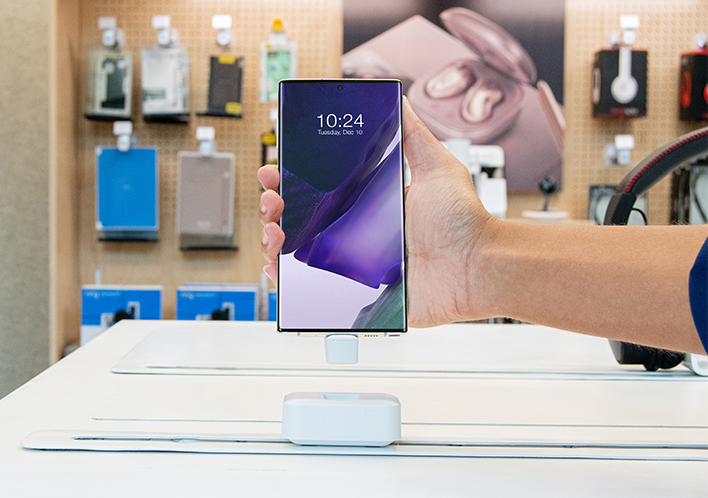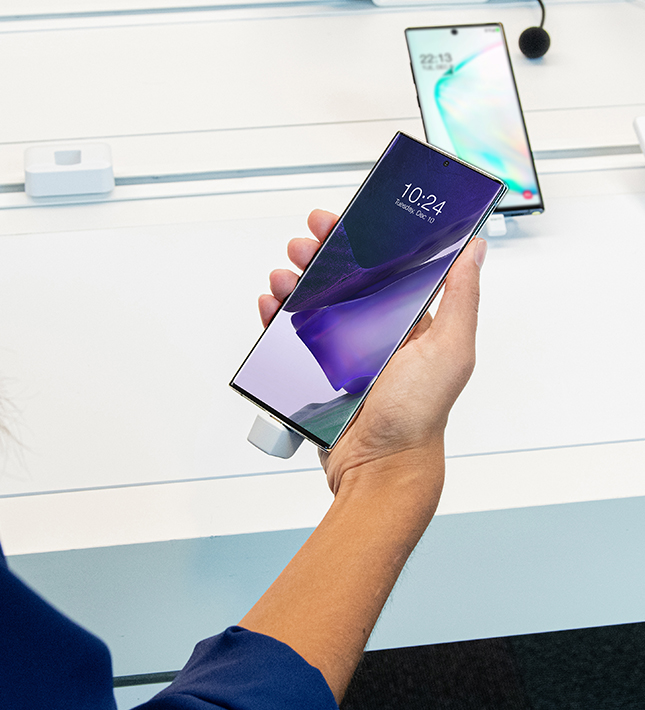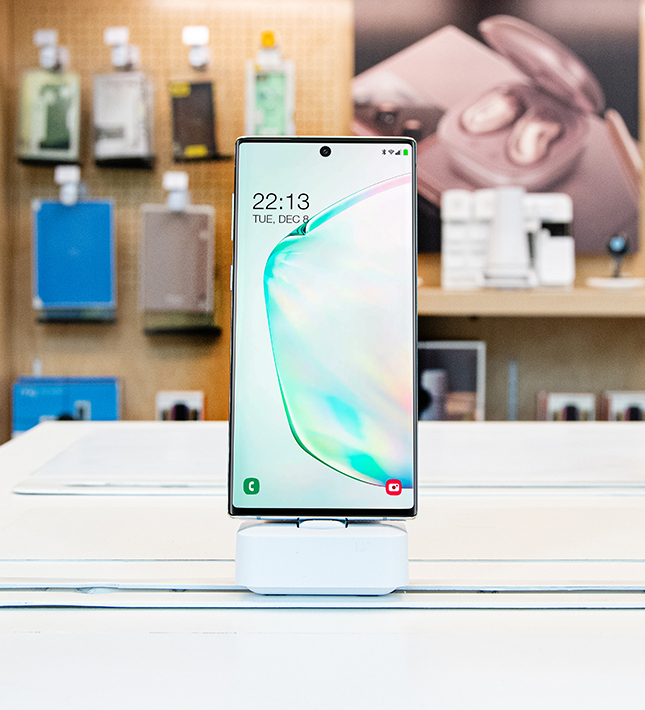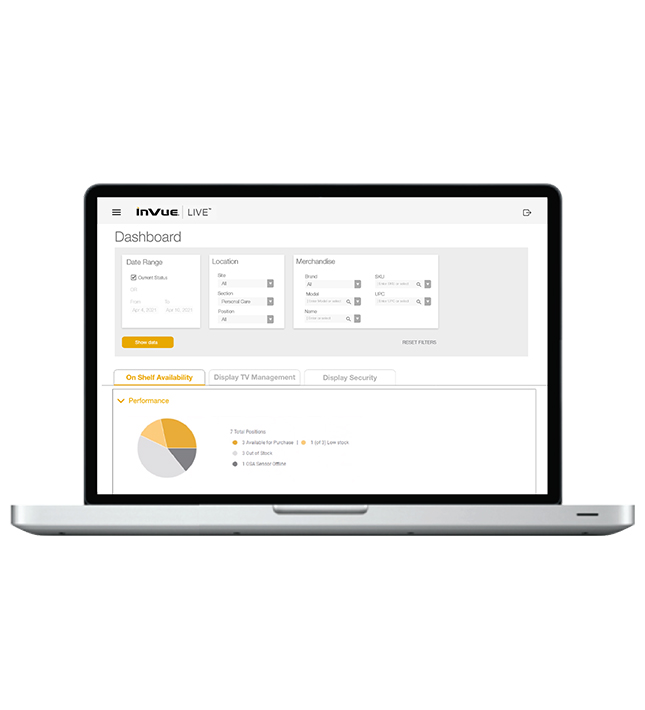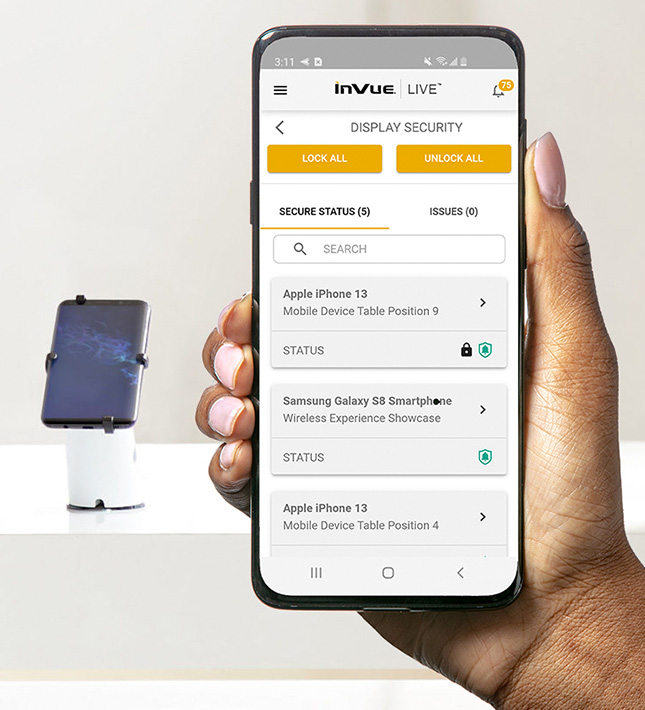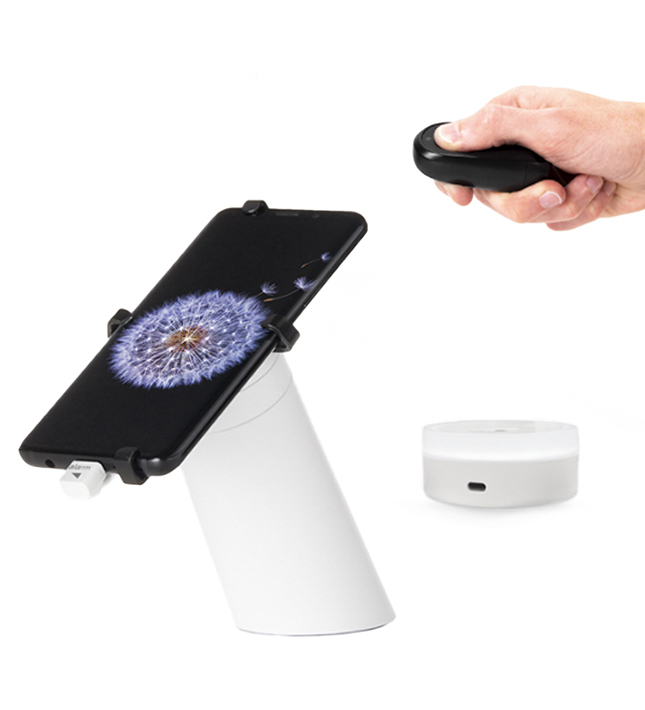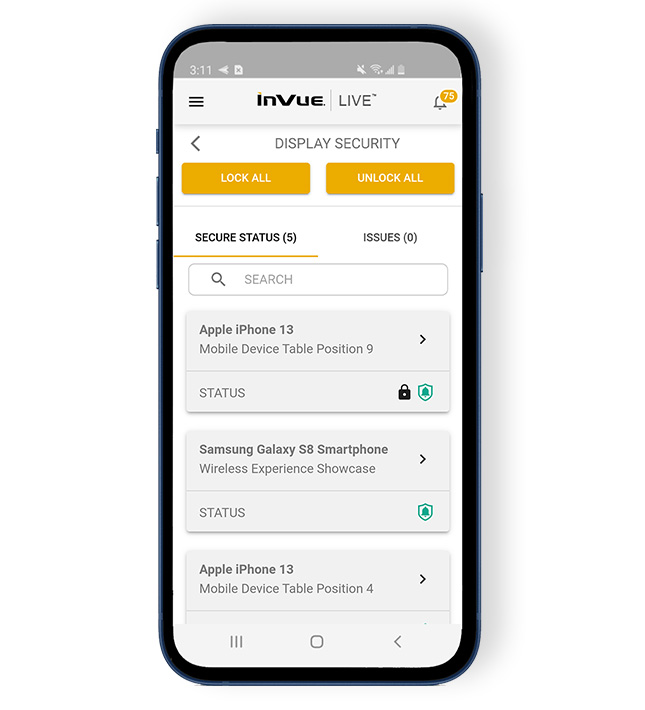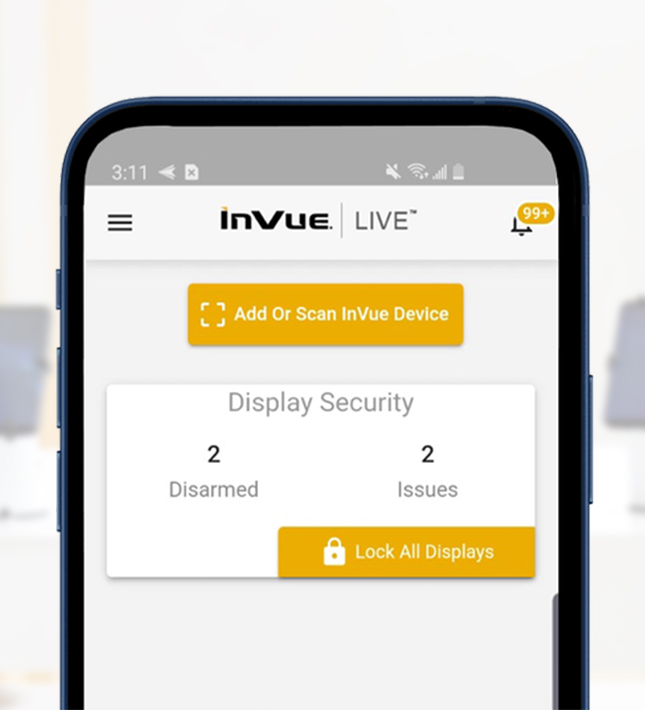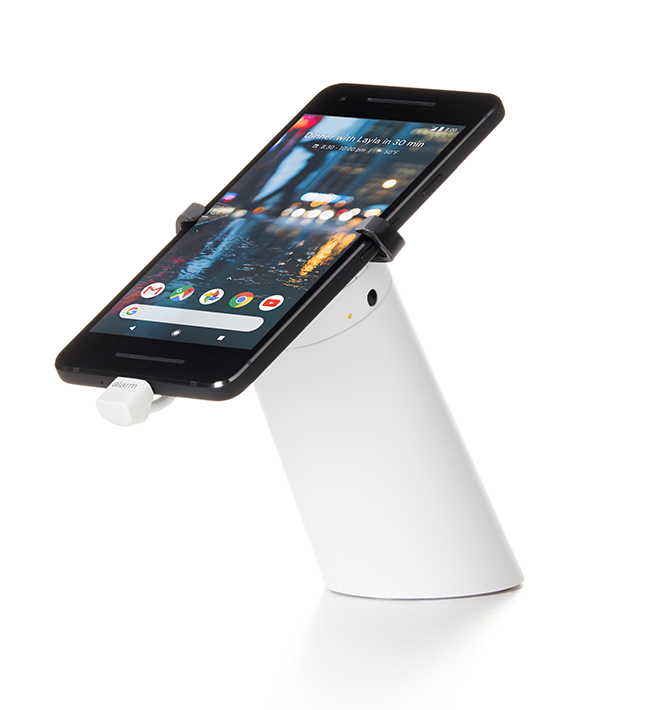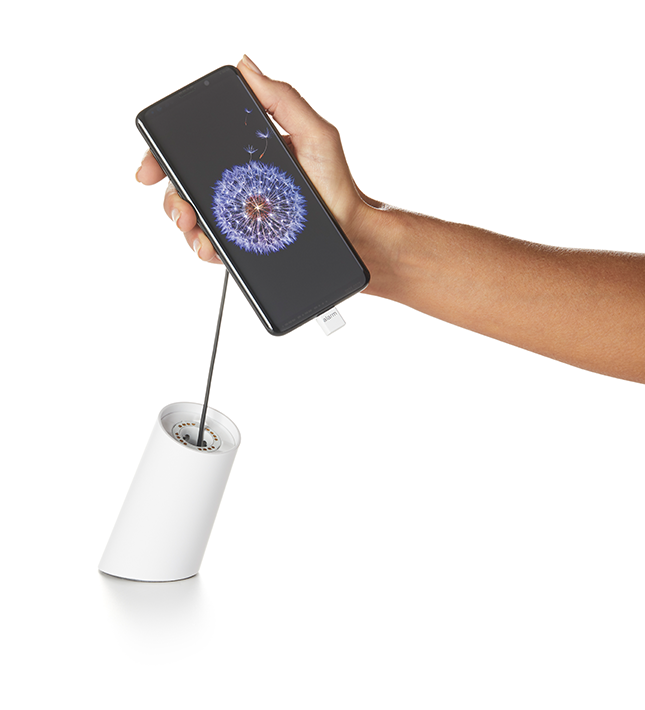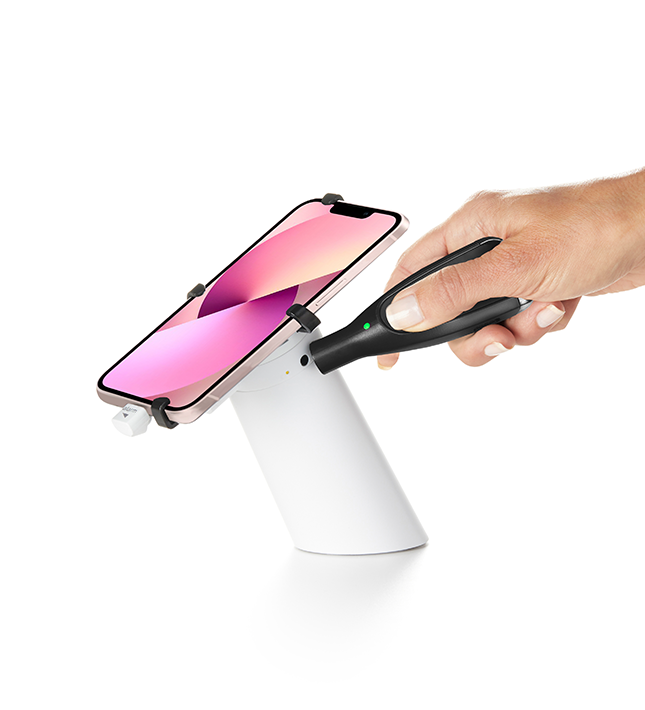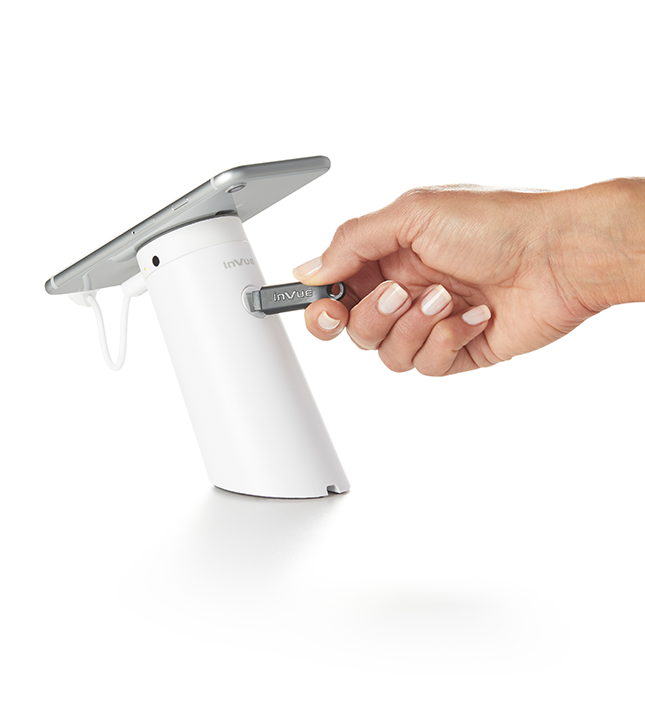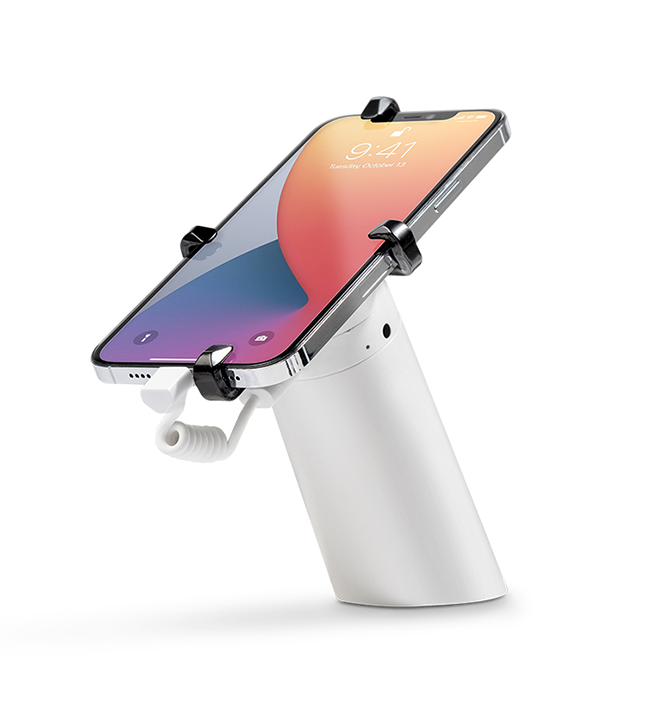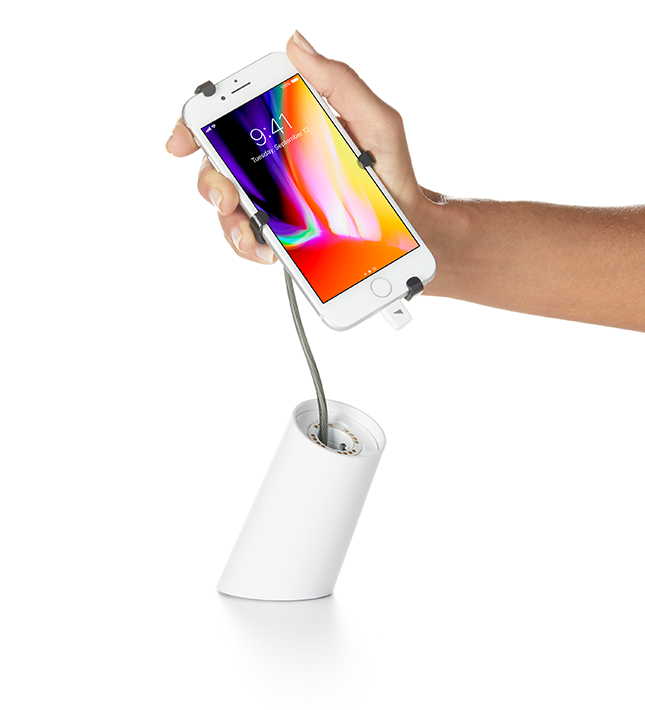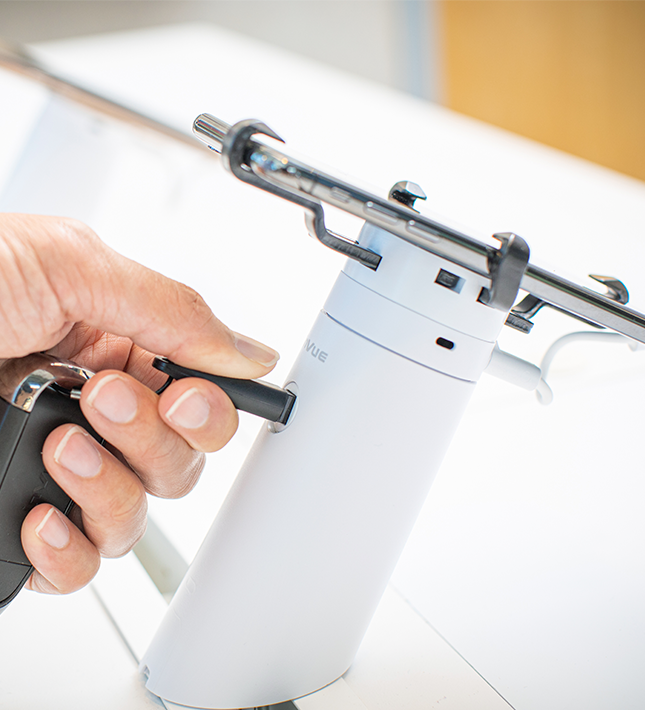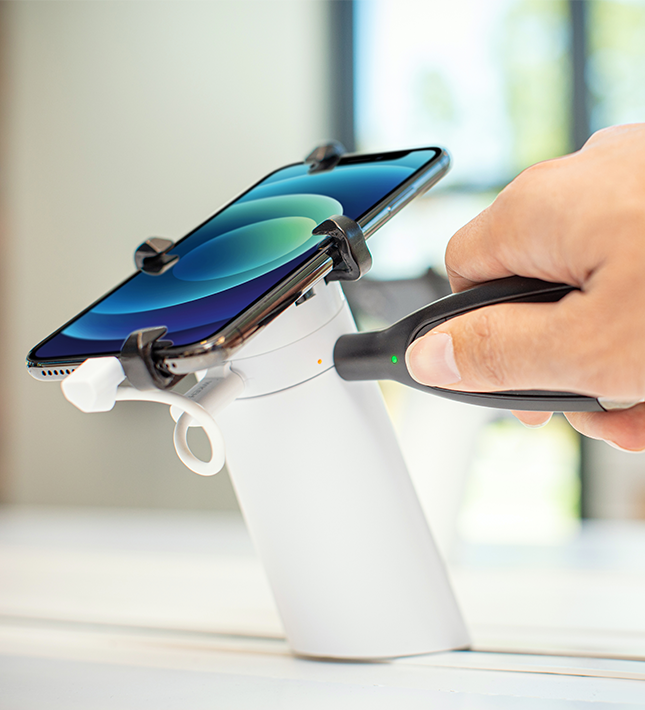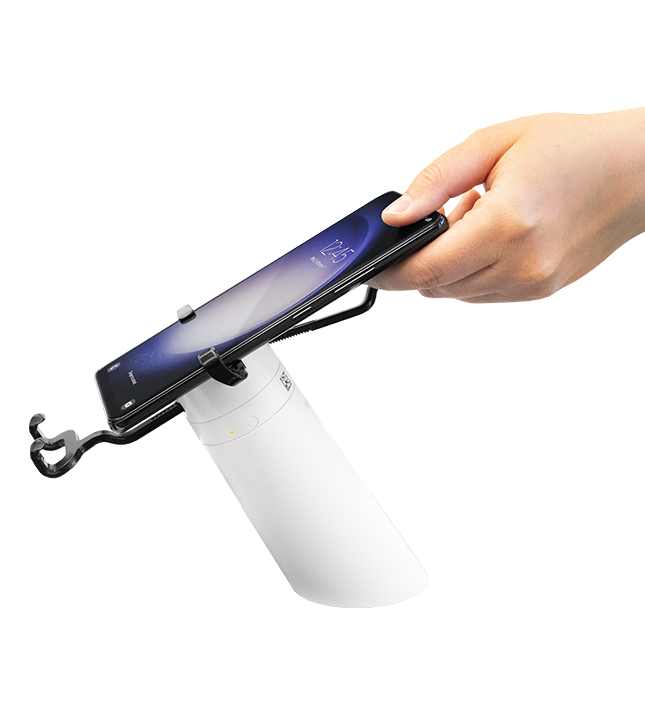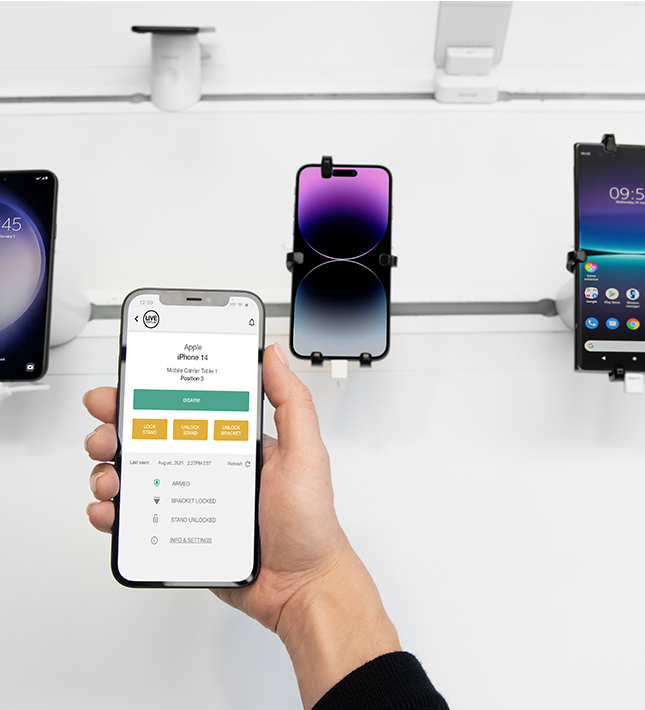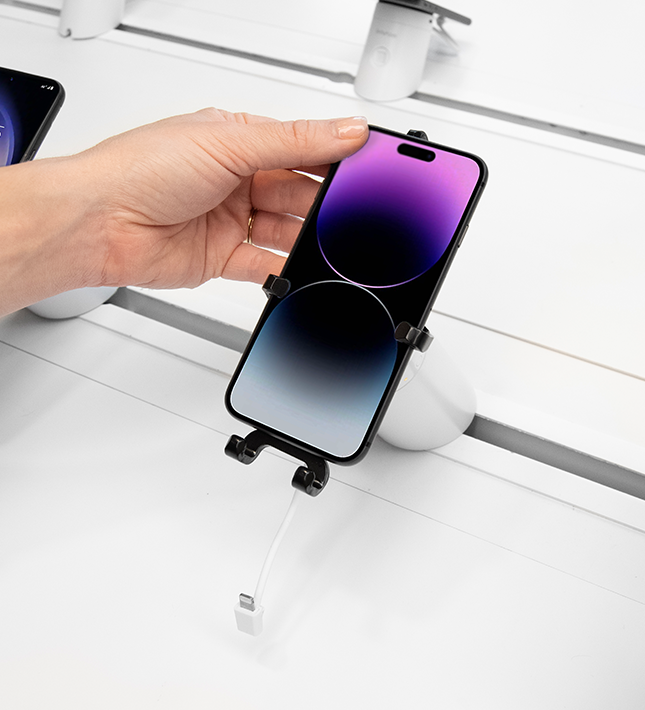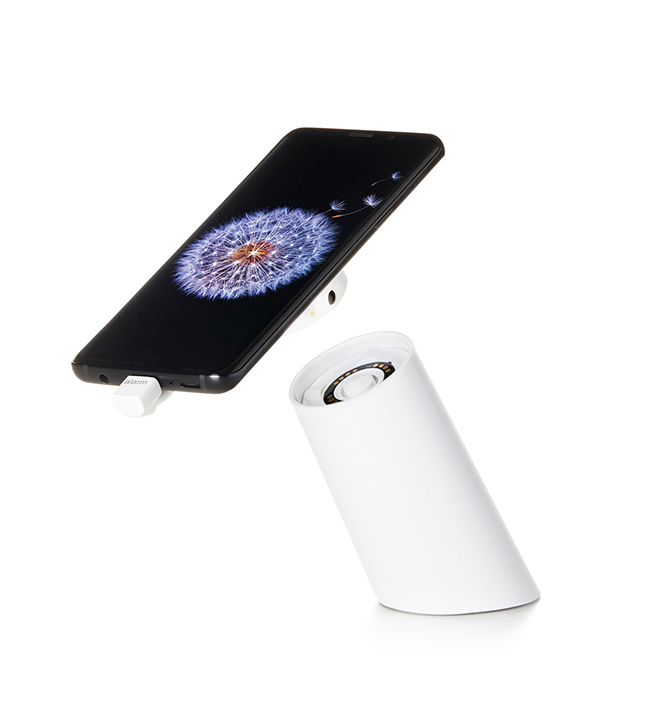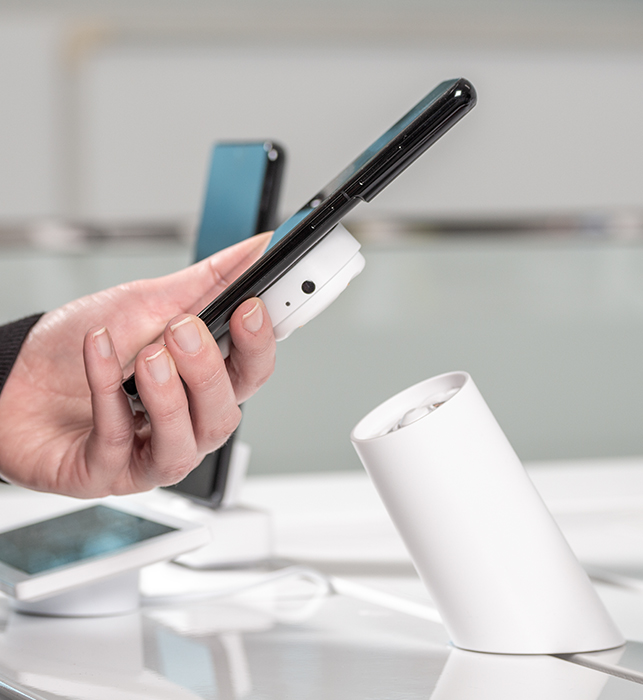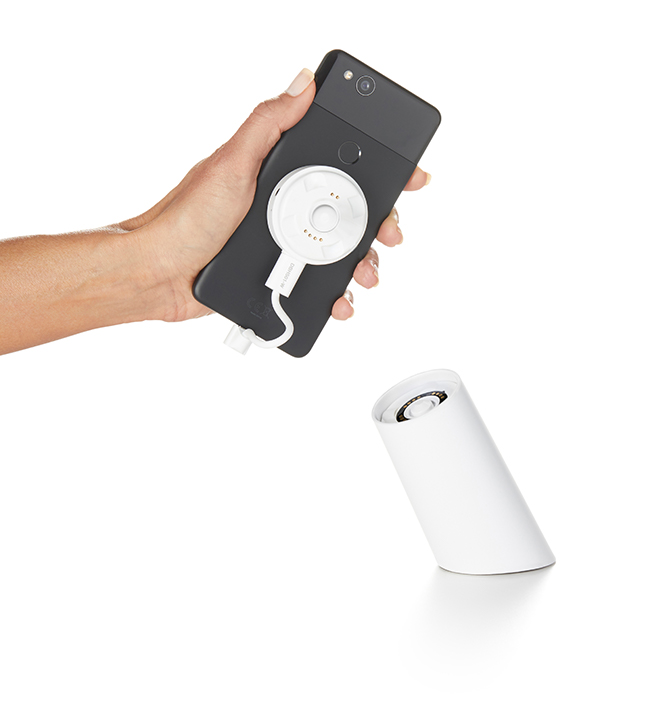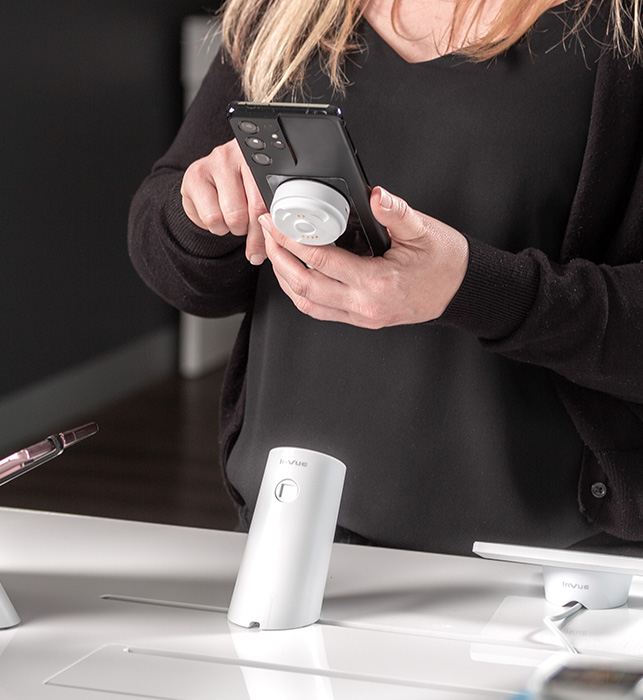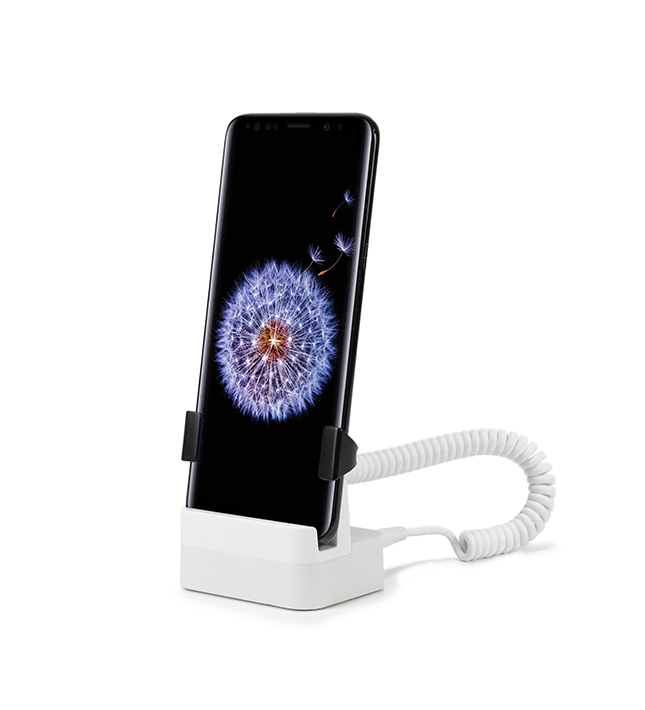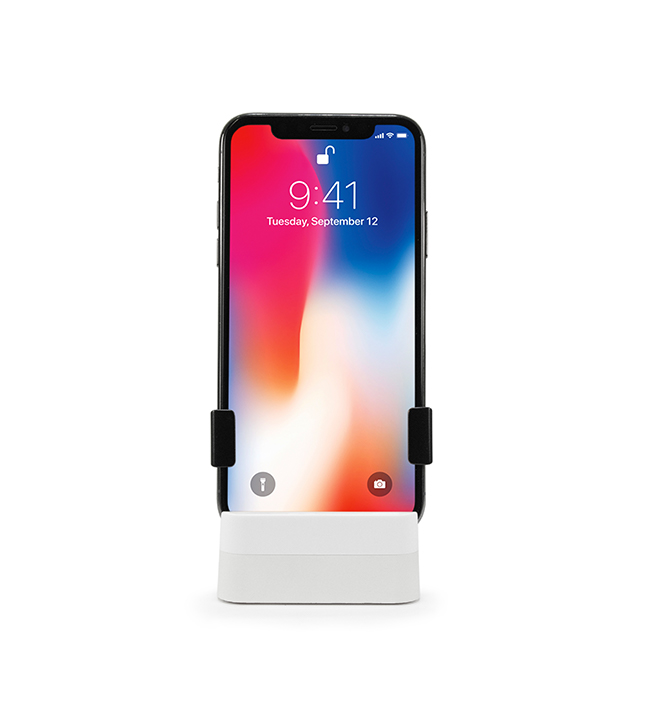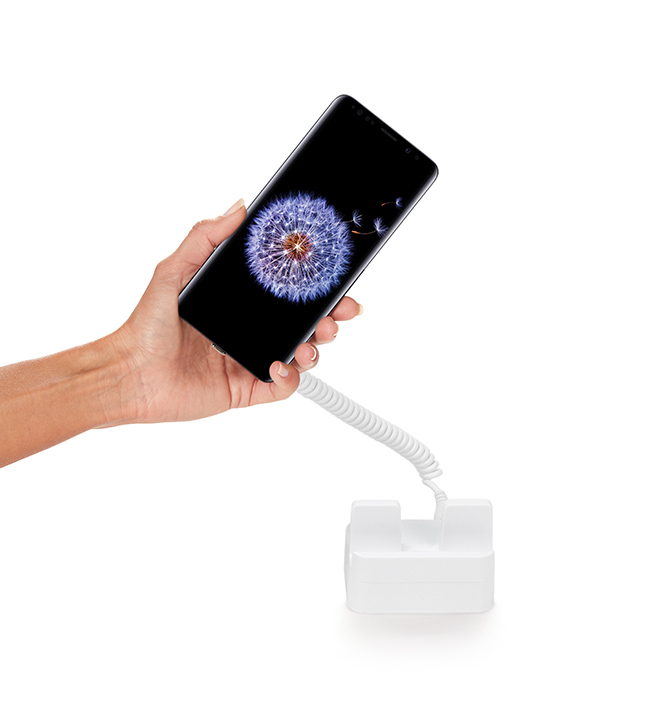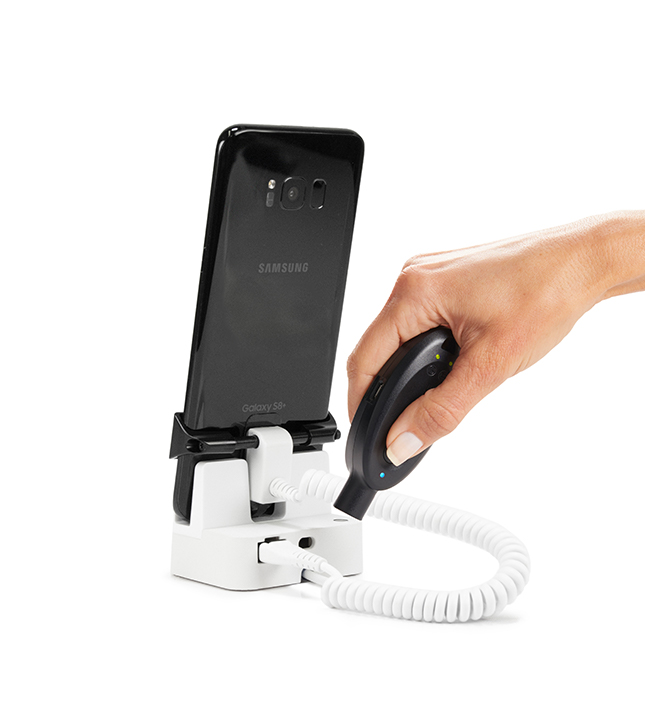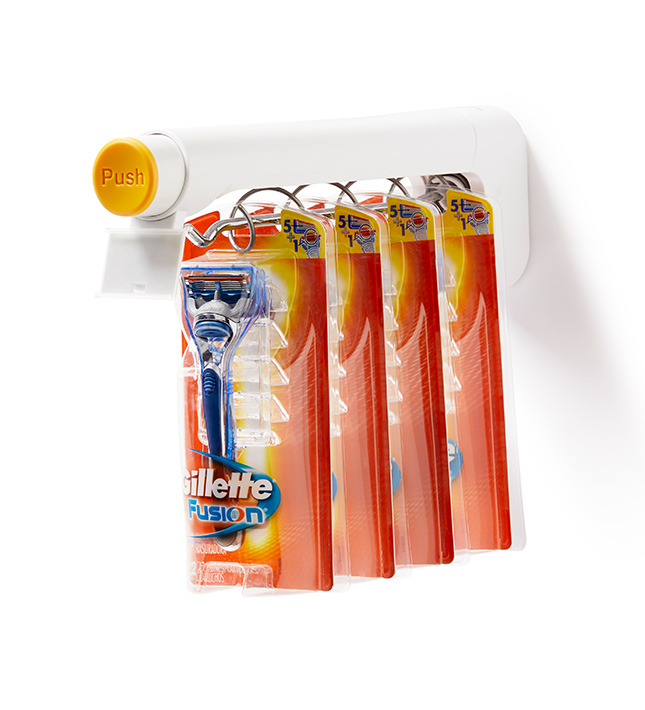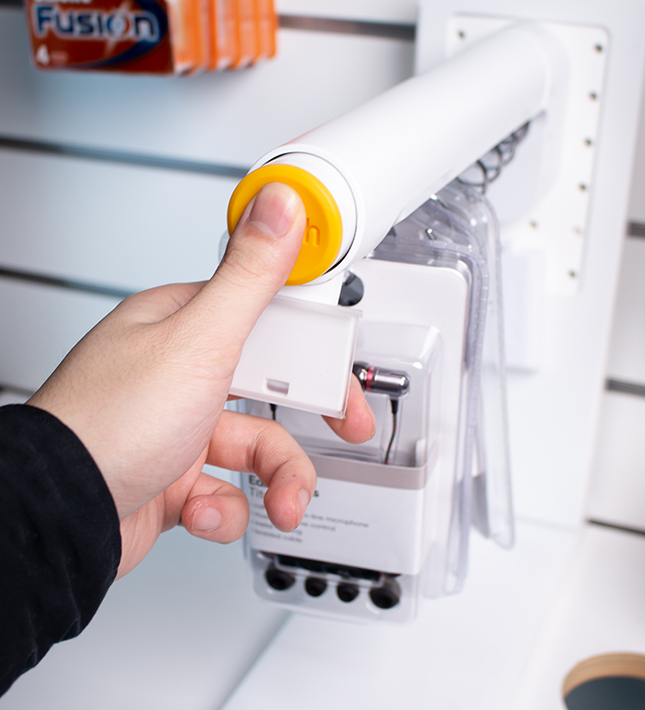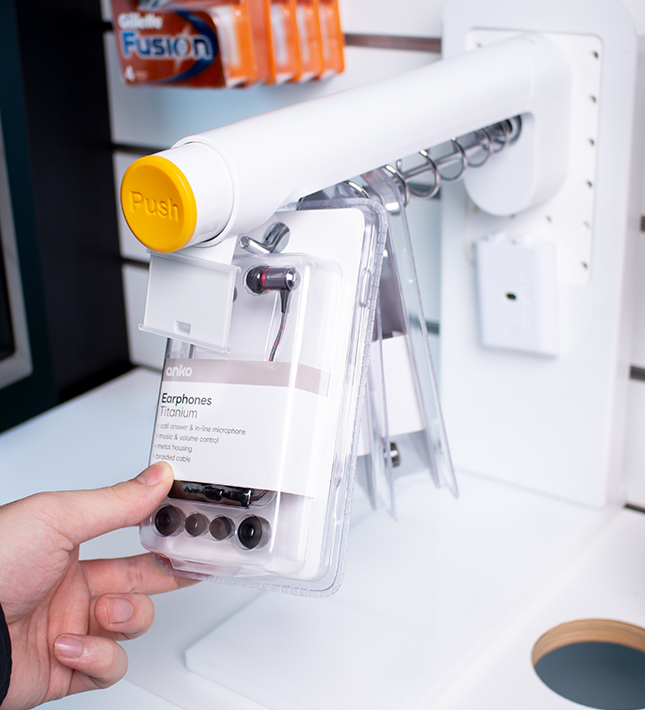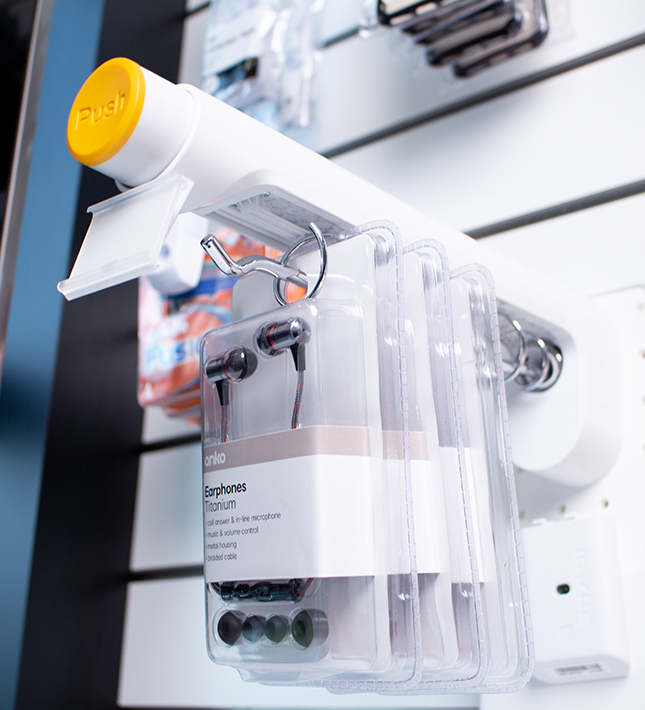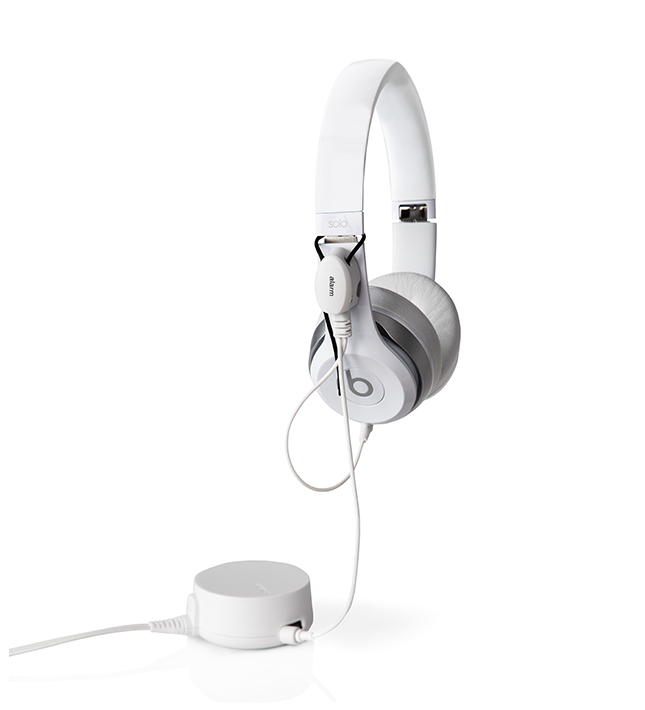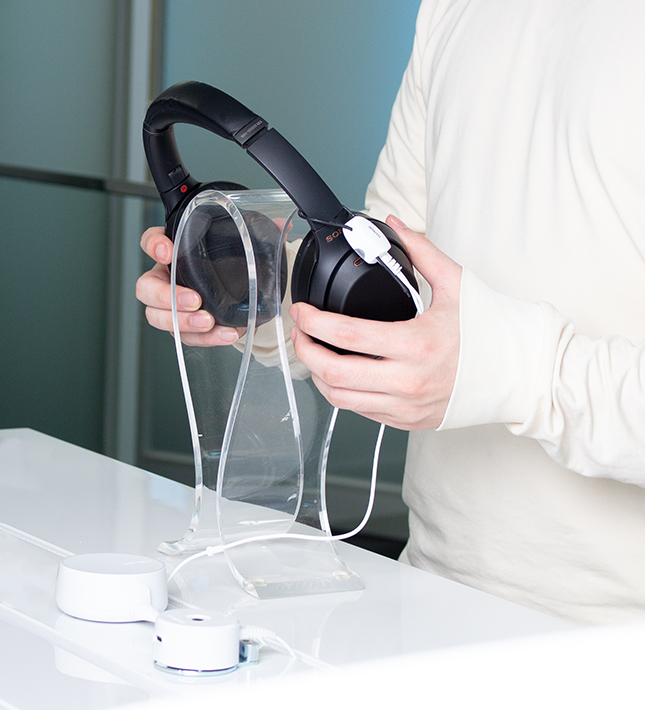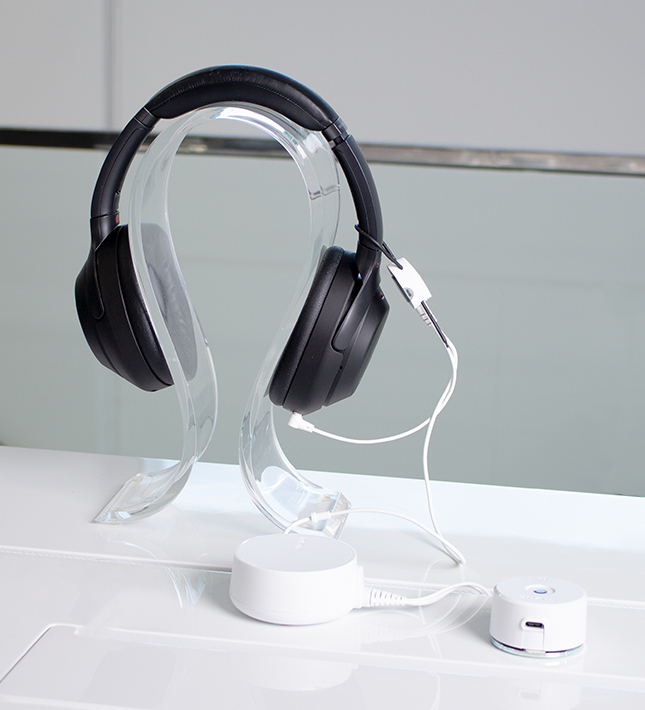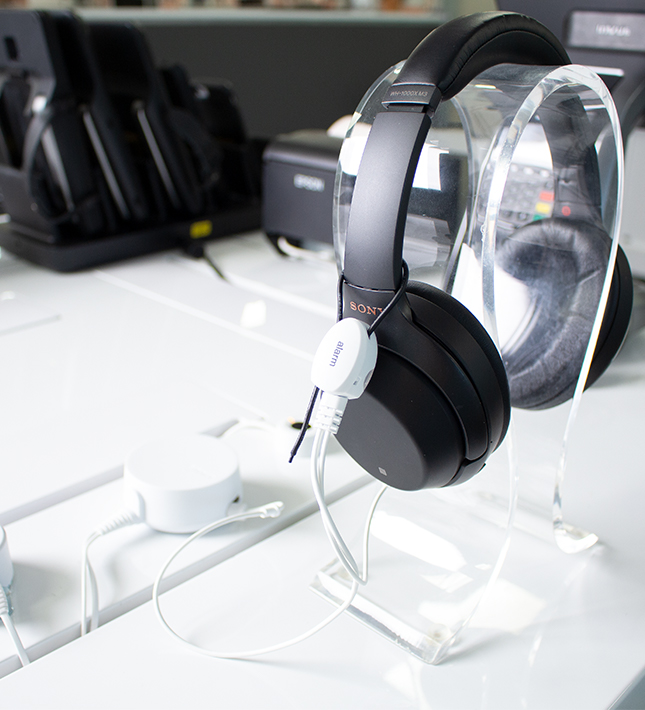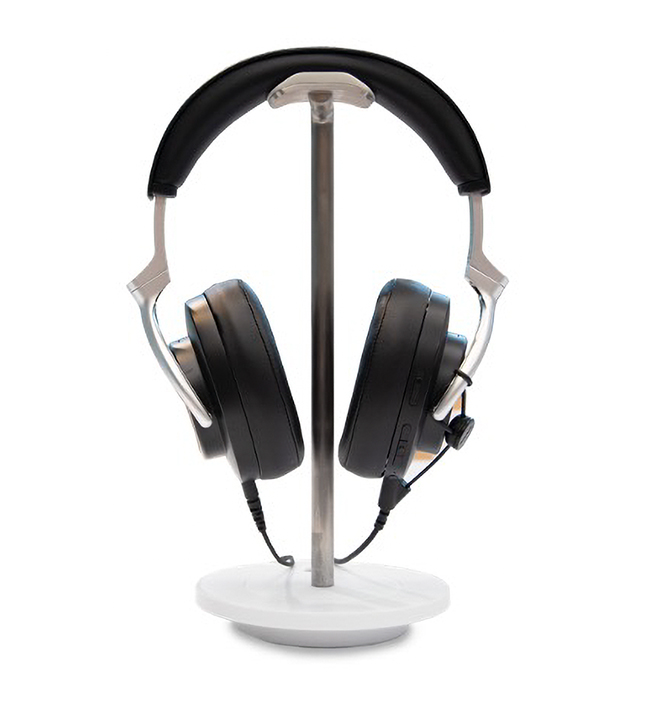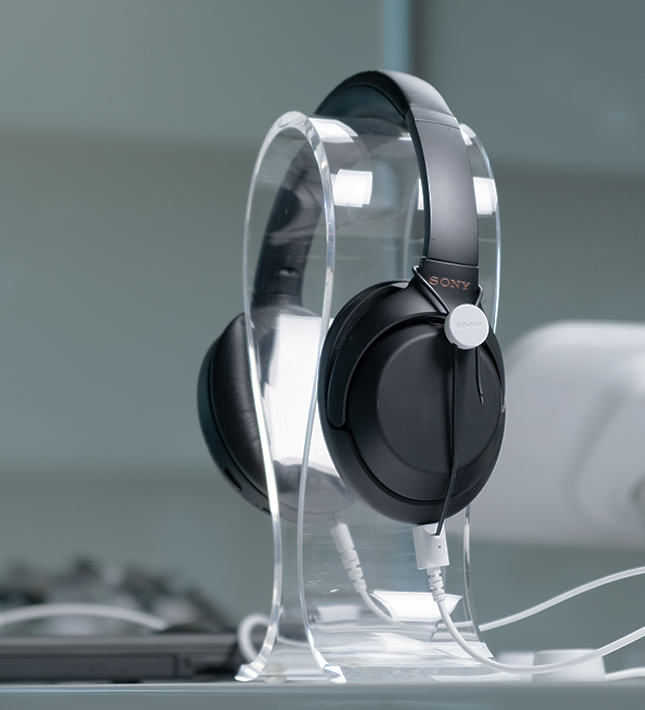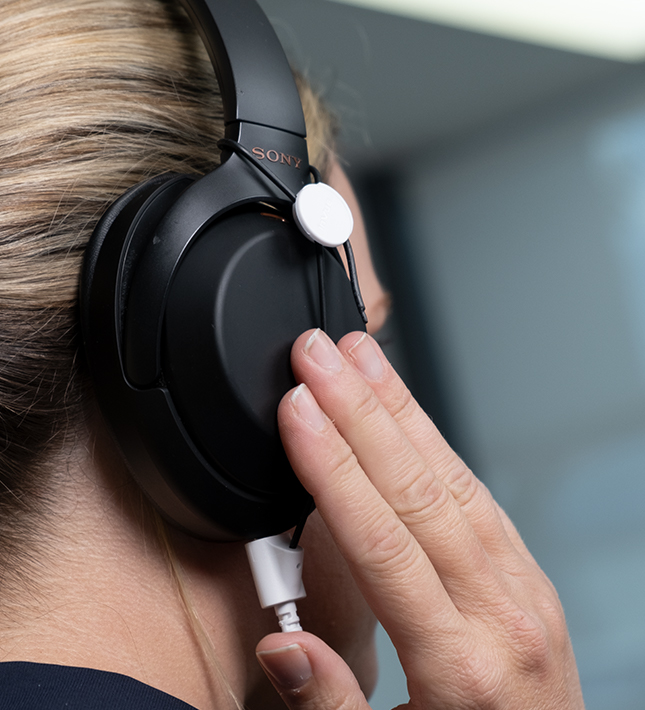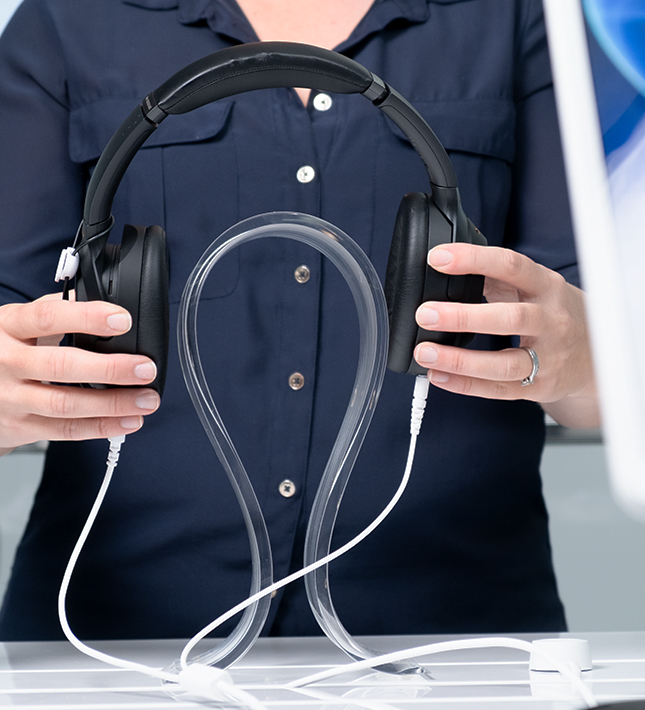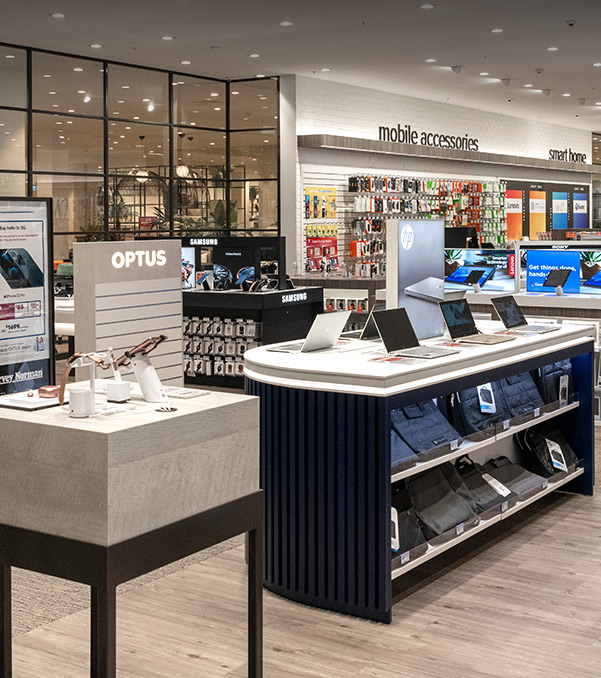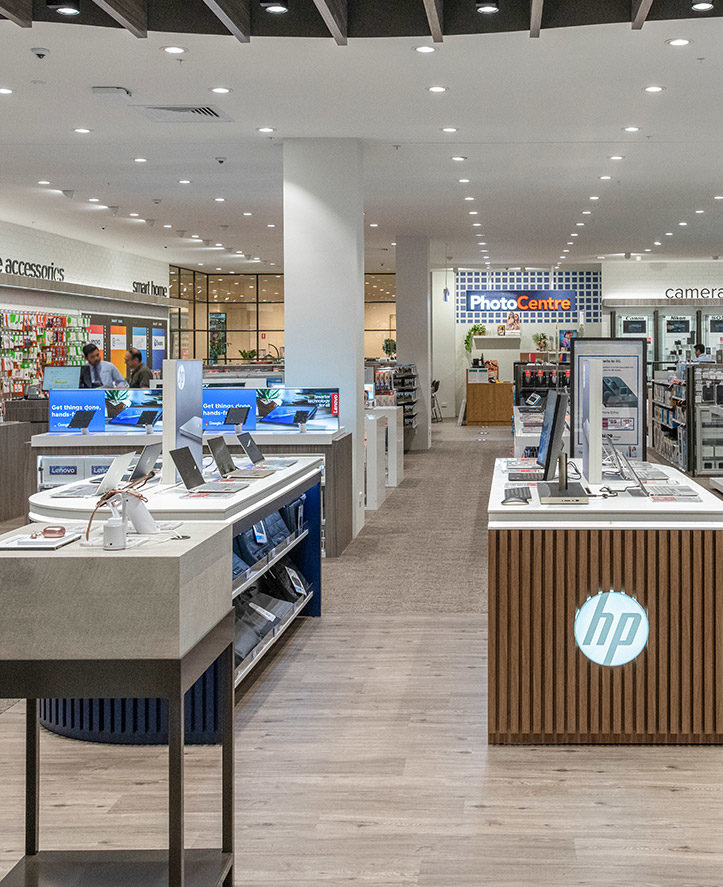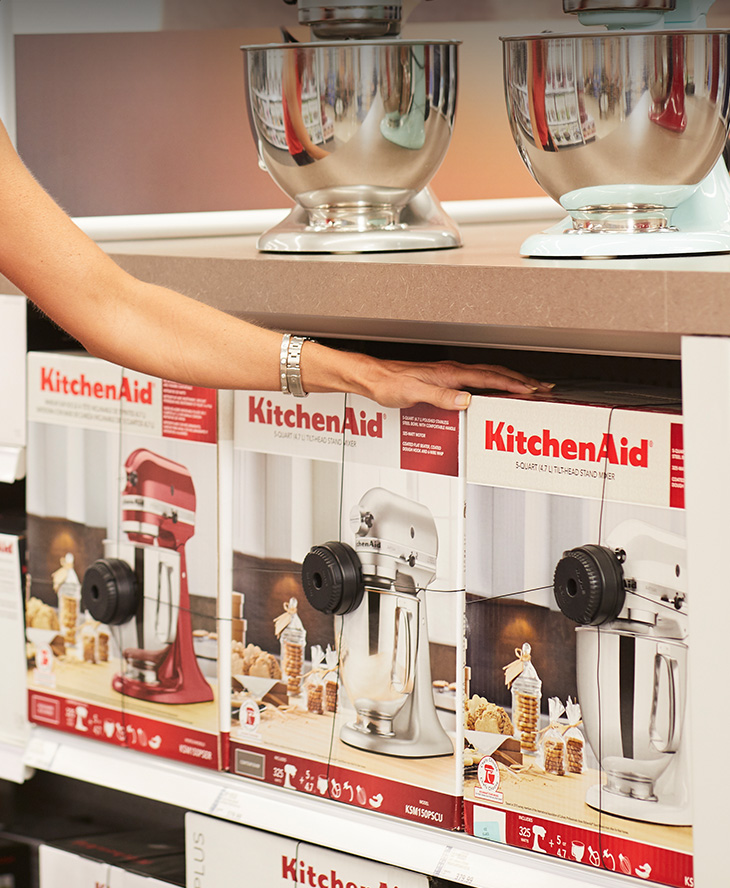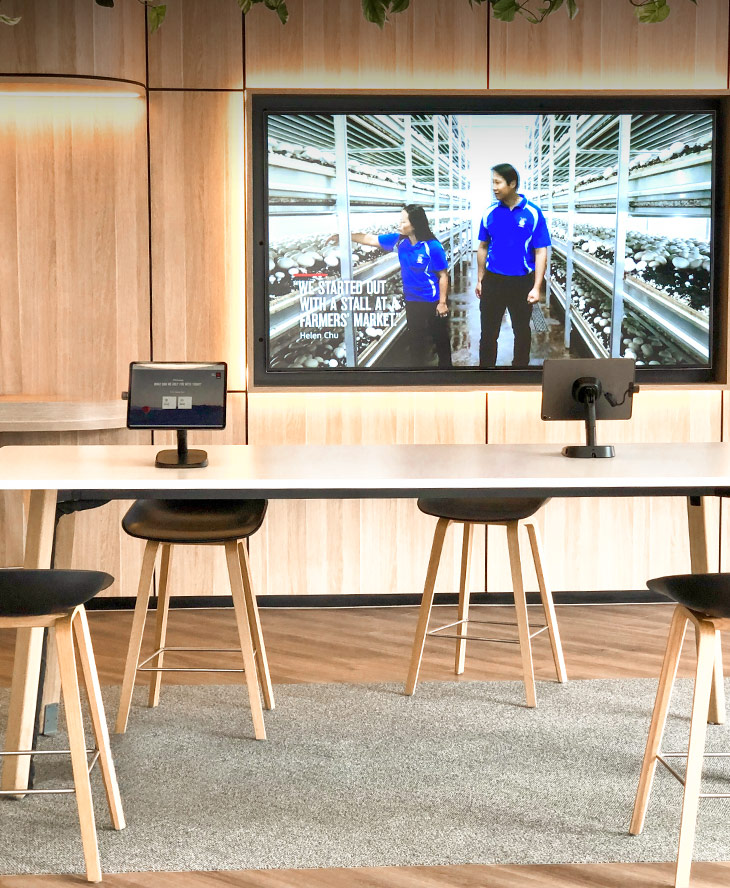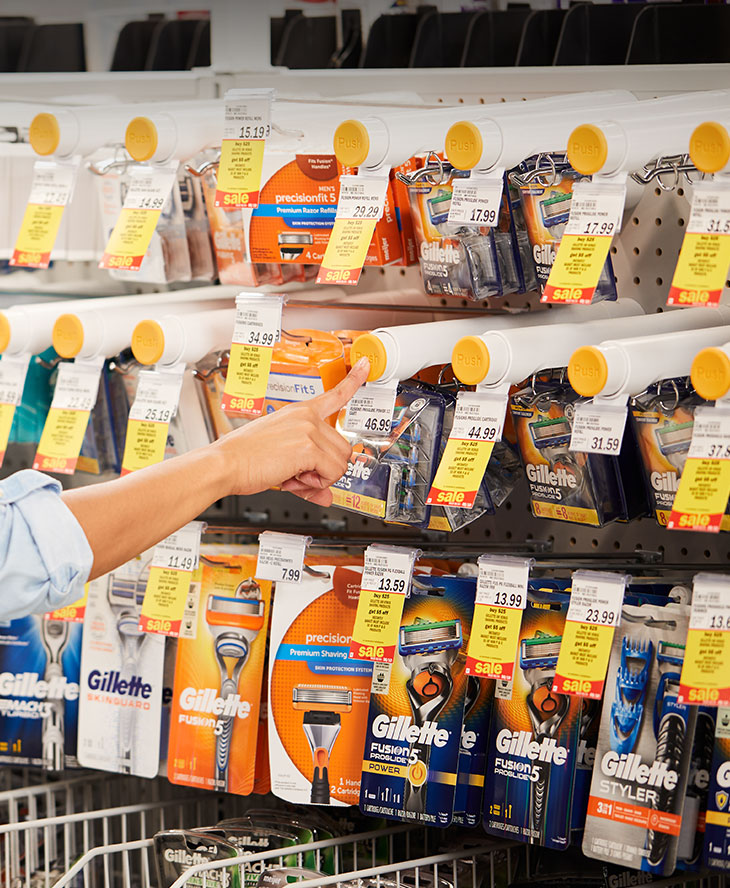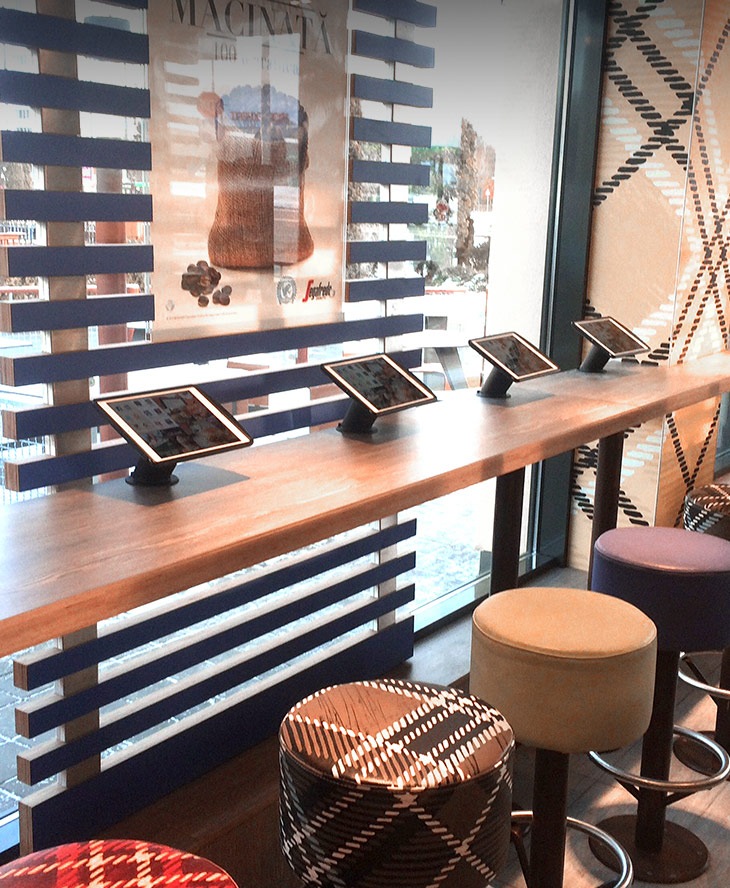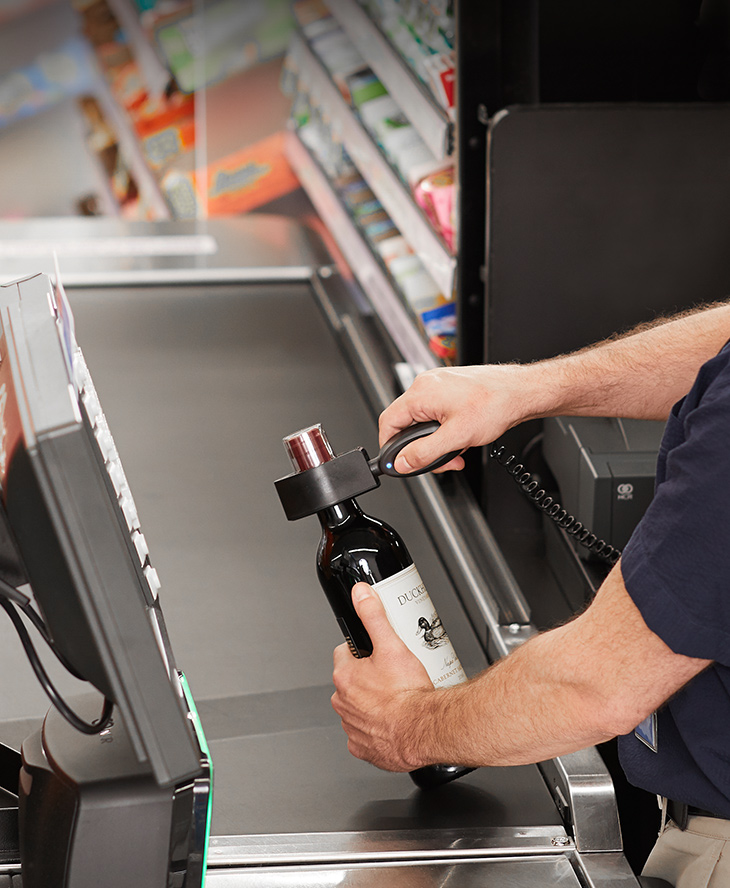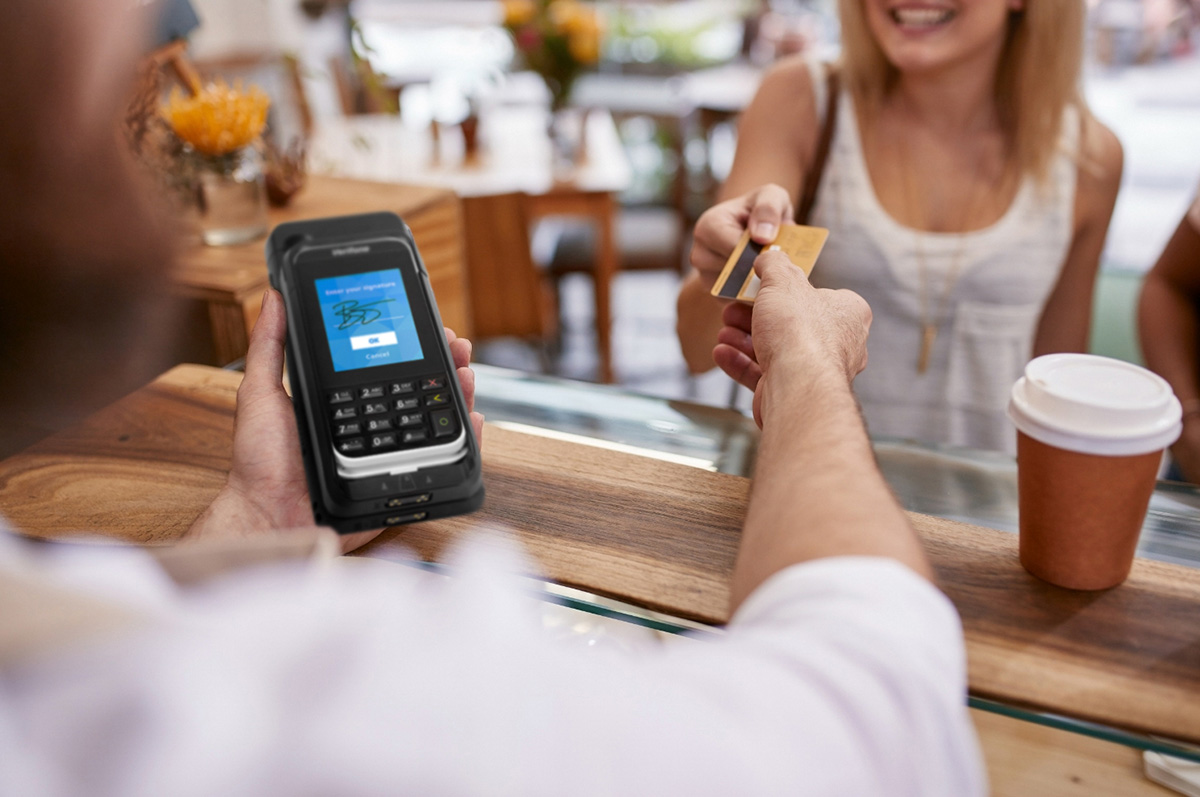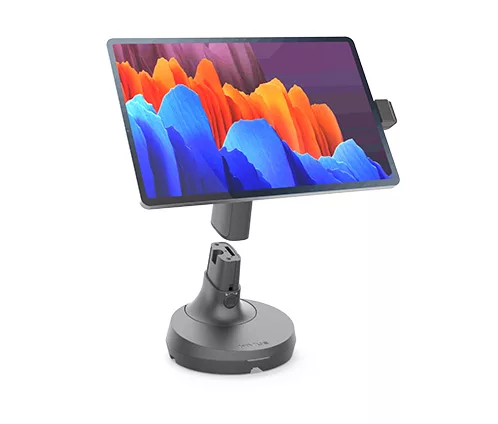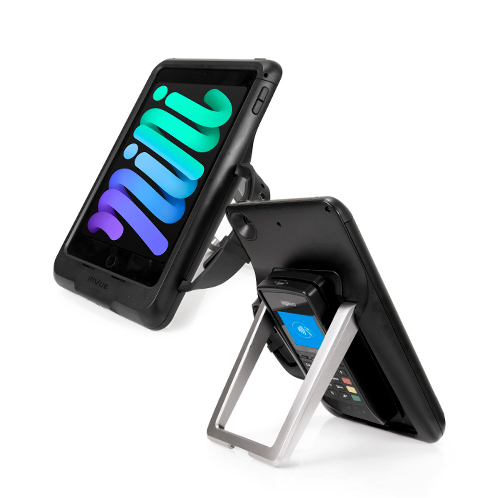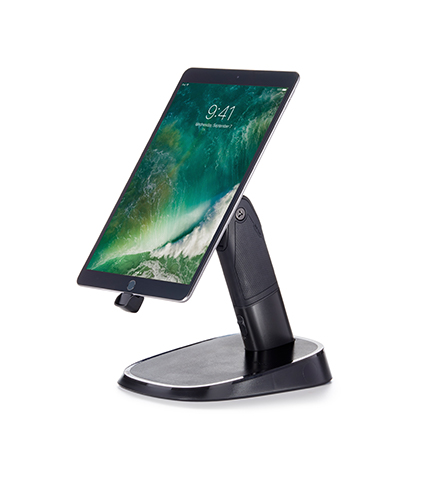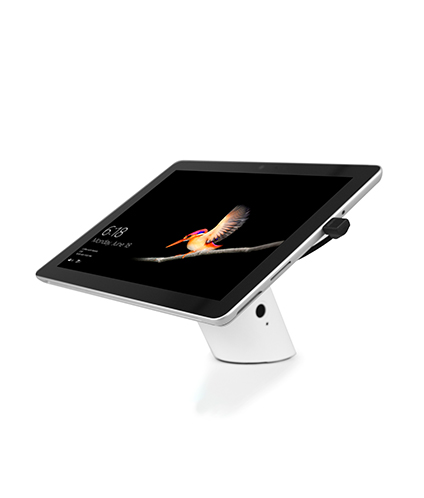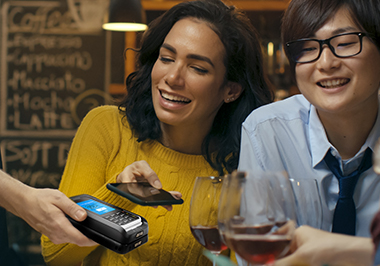A quick mPOS definition
mPOS replaces the traditional point of sale with a mobile option. Rather than a fixed checkout involving a dedicated computer and connected hardware, mPOS involves cloud-based software that can be accessed via an app on a mobile phone, tablet or handheld computer.
When it comes to offering this mobile solution, there are two commonly used options available:
- A mobile checkout that replicates the fixed POS, connecting to cash drawers and receipt printers, but also has the option of being picked up and used elsewhere in-store as a ‘mobile’ Point of Sale.
An example of this mPOS approach is the NE360C Convertible, which you can view here. - A dedicated mobile POS, which a store associate carries with them throughout the day. This option does not need to connect to traditional benchtop receipt printers and cash drawers. Instead, it is set up to connect to a small portable Bluetooth printer that store associates can hang off their belt, or more commonly now email a digital receipt to the customer and process payments using the most common payment option – digital wallets or cards.
Examples of this are the NE360T Tablet mPOS and the NE360H Handheld hardware options.
mPOS benefits Tablet mPOS
mPOS has a series of benefits for both customers and businesses, including:
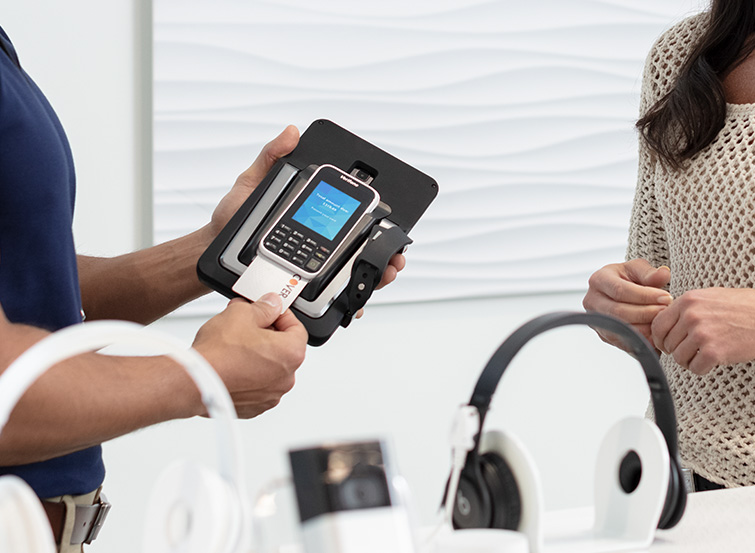
A frictionless checkout – A key attribute of mPOS is its sheer mobility. Rather than a fixed Point of Sale, the retailer or hospitality provider can take the Point of Sale to the consumer, processing transactions on the shop floor.
Cutting the queue – Time spent in the queue is one of the most common complaints of a modern consumer who demands a superior customer experience.
Whether a retailer opts for a convertible mPOS, a dedicated handheld mPOS option for sales associates or a combination of both, mPOS help slash the time customers spend in the queue.
Improved customer service – With mPOS the sales assistant, never needs to leave the customer’s side. They can answer any queries using the information on the tablet or phone, check available stock and process the transaction.
Convenience – Compared to legacy Point of Sale systems, mPOS is far more streamlined and convenient to implement.
Affordability – Tablets, smartphones and handheld computers are often far more affordable than desktop computers or purpose-built POS terminals, while the software apps for mPOS also command lower fees than traditional POS software.
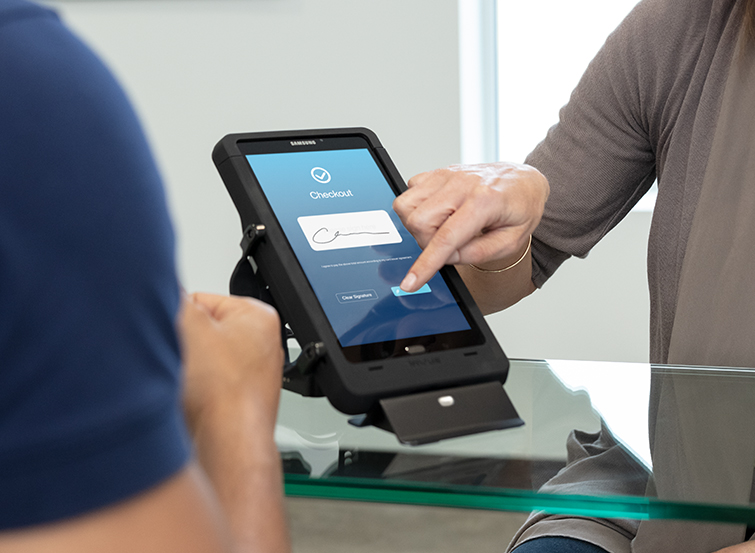
Scalability – mPOS is designed to be scalable, with app subscriptions available to suit sole operators, multi-outlet retailers and big brands alike.
Speed of checkout – The mobility of mPOS and its scalability results in improved speed at the checkout.
Flexibility – The scalability, affordability and speed of checkout that mPOS offers allow for increased retail flexibility.
Space – An often-underestimated benefit of mPOS is the additional space it allows in a retail outlet.
Real-time data – Due to the fact mPOS data is stored in the Cloud, it allows for real-time data and remote access. This improves in-store efficiency, including inventory management, while also allowing for new trends like the endless aisle.
What to look for in an mPOS system
mPOS comprises two major components:
- The software that is accessed on the tablet or mobile device, and
- The hardware that supports it including payment terminals, cash drawers, and tablet stands.
Together these components should support a streamlined checkout experience that is tailored to your business.
Software
There is a range of mPOS software designed for retail, hospitality and service businesses. Together with the POS, there can often be “backend” software applications required for handling payments processing, as well as to integrate the various software and hardware solutions together to work seamlessly.
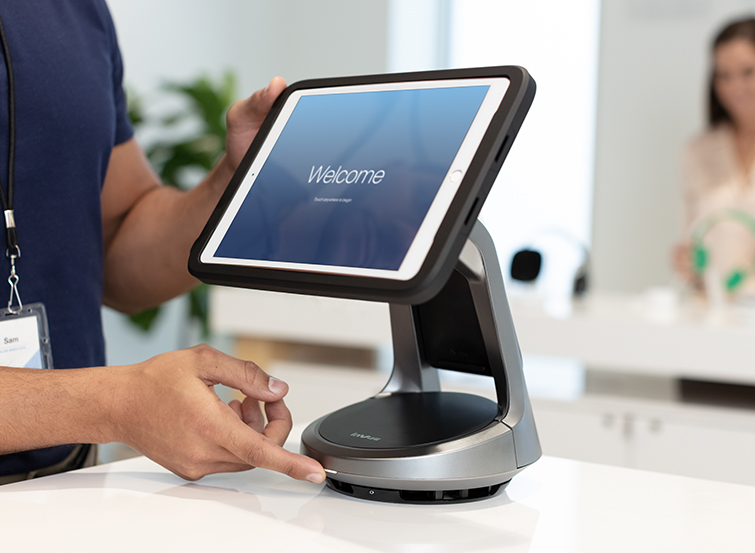
When it comes to selecting the right software, key features to look for will depend on your operation. However, the software should be easy to use, scalable, affordable and secure, and it should include the elements you require to run your business.
Different software providers include different features ranging from simple sales processing and inventory right through to staff rosters, time tracking, detailed inventory management with automatic re-ordering, and accounting integrations.
Before you select the software, make a list of the features your business will require, then conduct the necessary research to find the right mPOS software to support your business.
Also, investigate the fees involved. Some software providers charge a monthly subscription, while others will also charge a fee based on the volume of transactions processed using the software.
Hardware
The hardware that supports mobile Point of Sale is equally as important as the software that drives it.
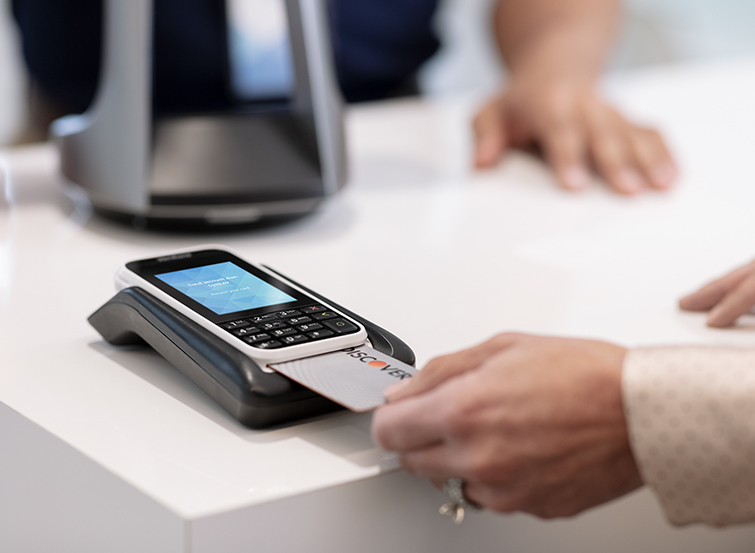
Required hardware includes:
- A tablet, smartphone or handheld computers such as the Zebra TC5x suite of products)
- A payment terminal to facilitate contactless payments, chip card payments, direct debit transactions as well as various digital wallet payments such as Apple Pay
- A tablet or phone stand to protect the device, that allows for both mobility and/or easy use at a sales counter
- A wireless cash drawer which the tablet or stand connects to, if required
- Wireless bar code scanners which the tablet or phone connects to in order to process barcodes if required
- A receipt printer, if required
When assessing which hardware options you select, a major factor to consider is whether it will allow your mPOS to be truly mobile.
The aim of mobile Point of Sale is to take the register to the customer and provide a frictionless customer service experience that ends in a transaction.
Often solutions that purport to be mobile a more akin to a fixed option, so seek out tablet stands and payment processors that easily and seamlessly allow your staff to take the tablet or mobile phone along with a payment capability to the customer.
Meanwhile, some solutions tie an organisation to specific software systems and associated hardware.
The best mPOS solutions will allow for the business to select the device, software and payment processor of their choosing and tailor the mobile checkout to their store operations and customer needs.
Convertible or fully mobile
As mentioned, when it comes to options for mPOS there are a range of solutions available, including convertible mPOS and fully mobile.
Convertible
Convertible mPOS allows the retailer to use the device and payment processor as a traditional-style Point of Sale at the counter, with it wirelessly connecting to cash drawers, barcode scanners and receipt printers.
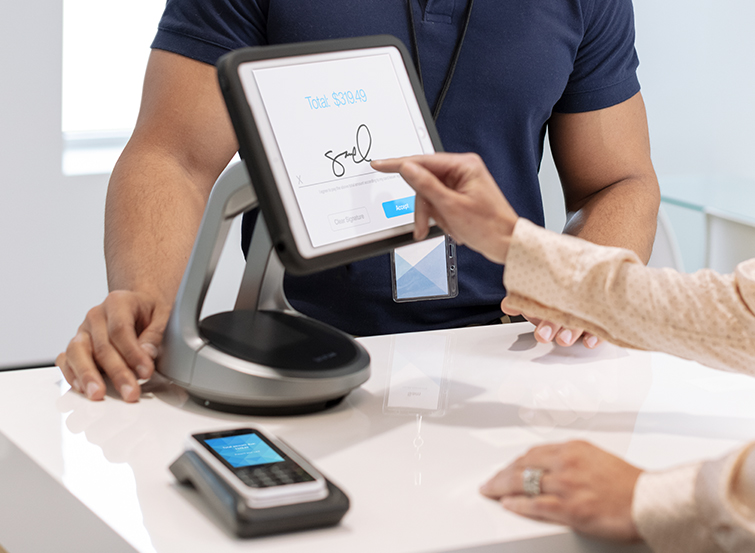
The payment processor and device can then also be picked up and taken to the customer on the shop floor.
Handheld
Handheld mPOS is a truly mobile solution. This set-up sees the mPOS in the hand of the retail associate wherever they are in-store. This is a critical factor because it must be portable enough for the associate to conveniently carry it with them for their whole shift – having to break the sales interaction with a customer to go and retrieve a device leads to a poor customer experience and often to loss of sales.
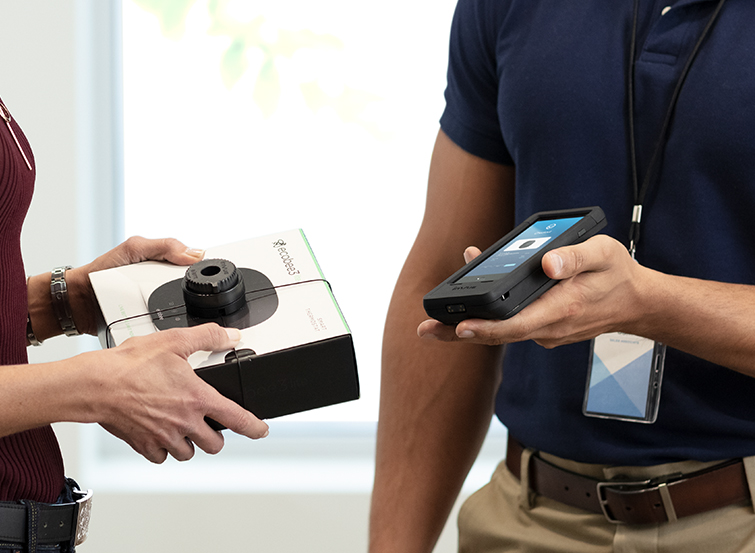
Rather than connecting to cash drawers and receipt printers it processes card and digital wallet transactions and then emails or texts an E-Receipt to the customer. Bluetooth belt printers are another option for some customers.
Handheld options are available for tablets and handheld computers, and also smartphones.
Selecting the right option
Whether you opt for a convertible mPOS or a truly mobile solution will depend on the size of your store, the frequency of sales, and the customer experience you are seeking to provide.
Retailers also have the option of using both convertible and handheld mPOS for truly flexible service and frictionless retail experience.
The InVue NE360 range
With the mantra ‘any device, any payment, anywhere’, InVue’s NE360 mobile Point of Sale range offers hardware solutions that allow retailers, hospitality providers and business to tailor the mobile Point of Sale experience to their liking.
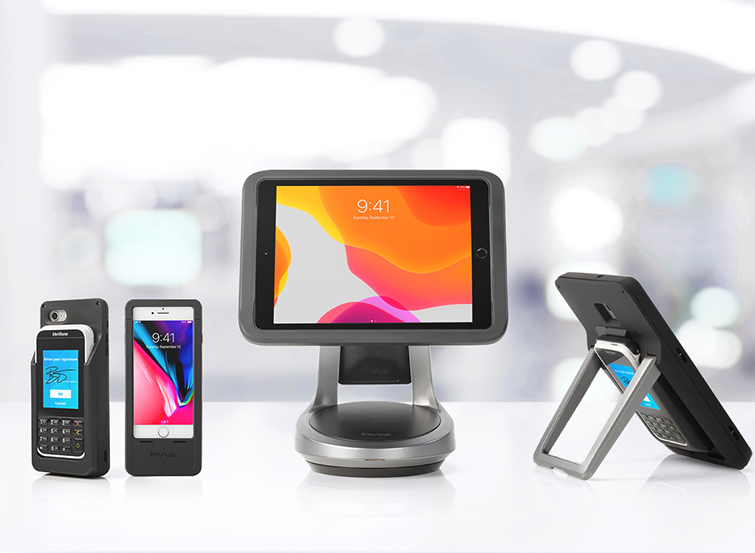
The tablet and phone stands are suited to a range of devices, are fully mobile, and allow for the attachment of the payment processor.
They provide a seamless mobile Point of Sale experience where the tablet or phone can be used at the service desk or taken to the customer to offer a frictionless customer experience, anytime, anywhere.
You can learn more about the NE360 range and the flexibility it provides here.




